Check out photos of the Buccaneers' current roster.
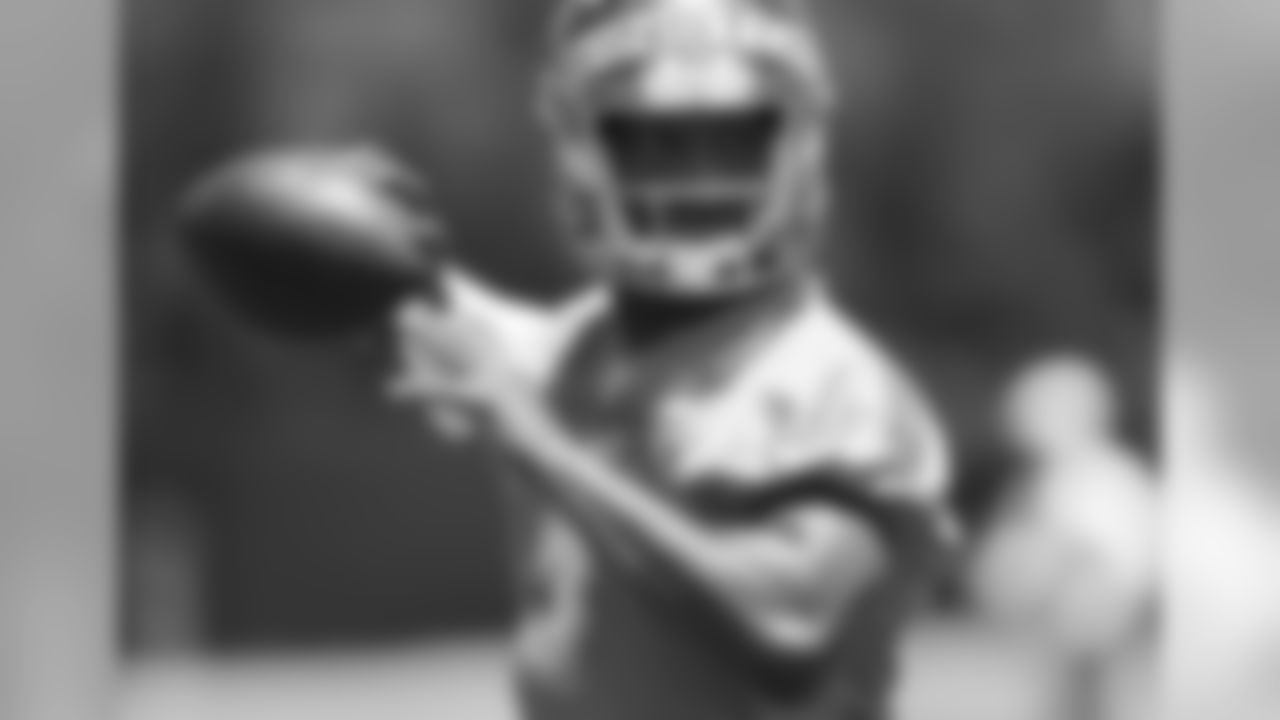


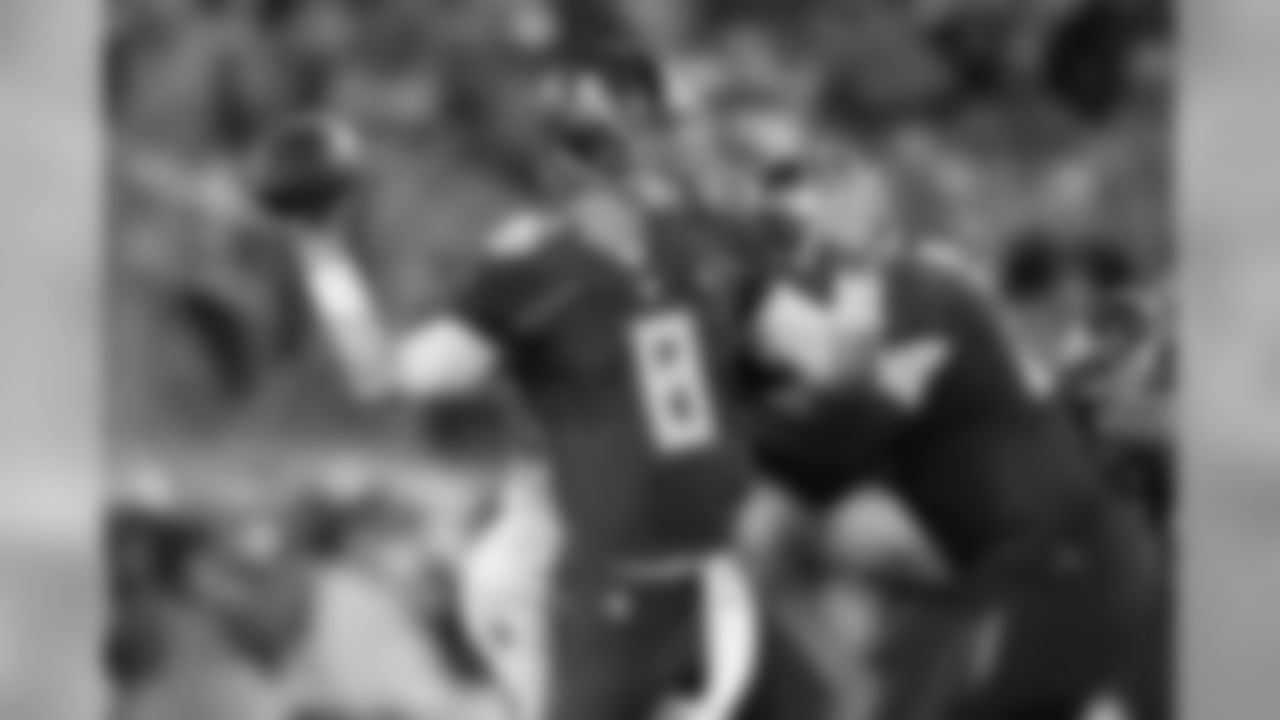

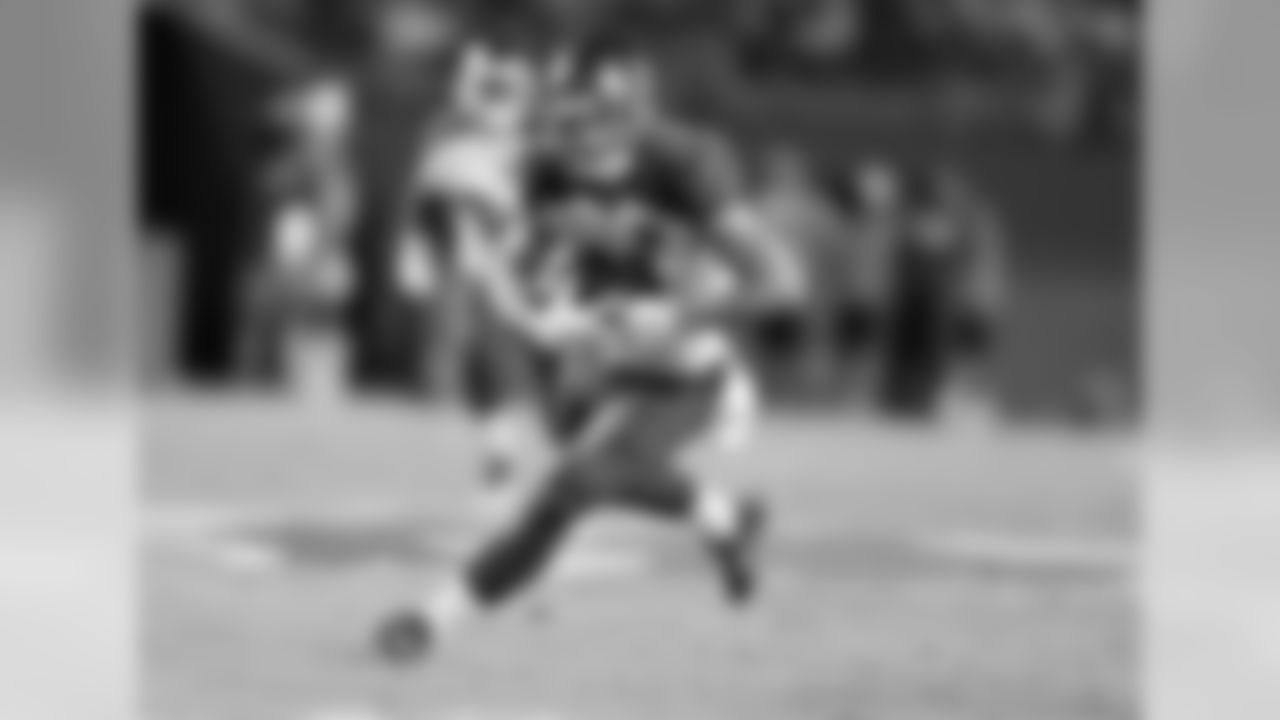
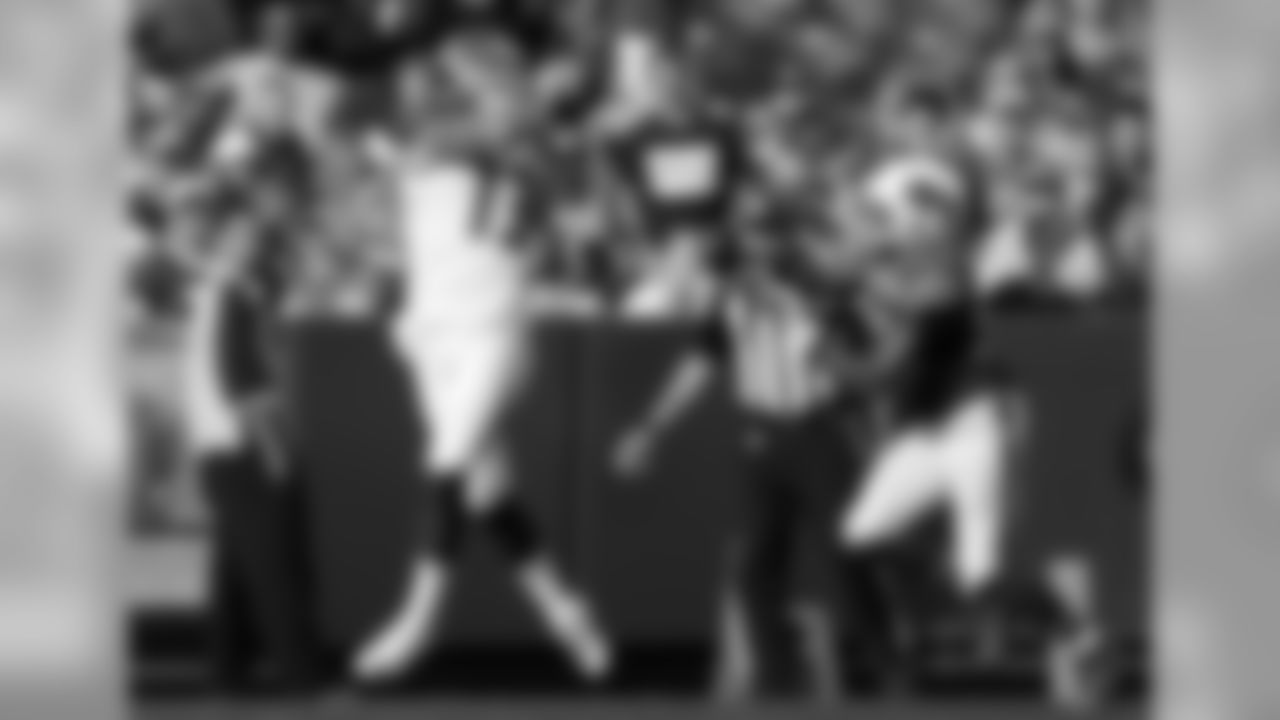
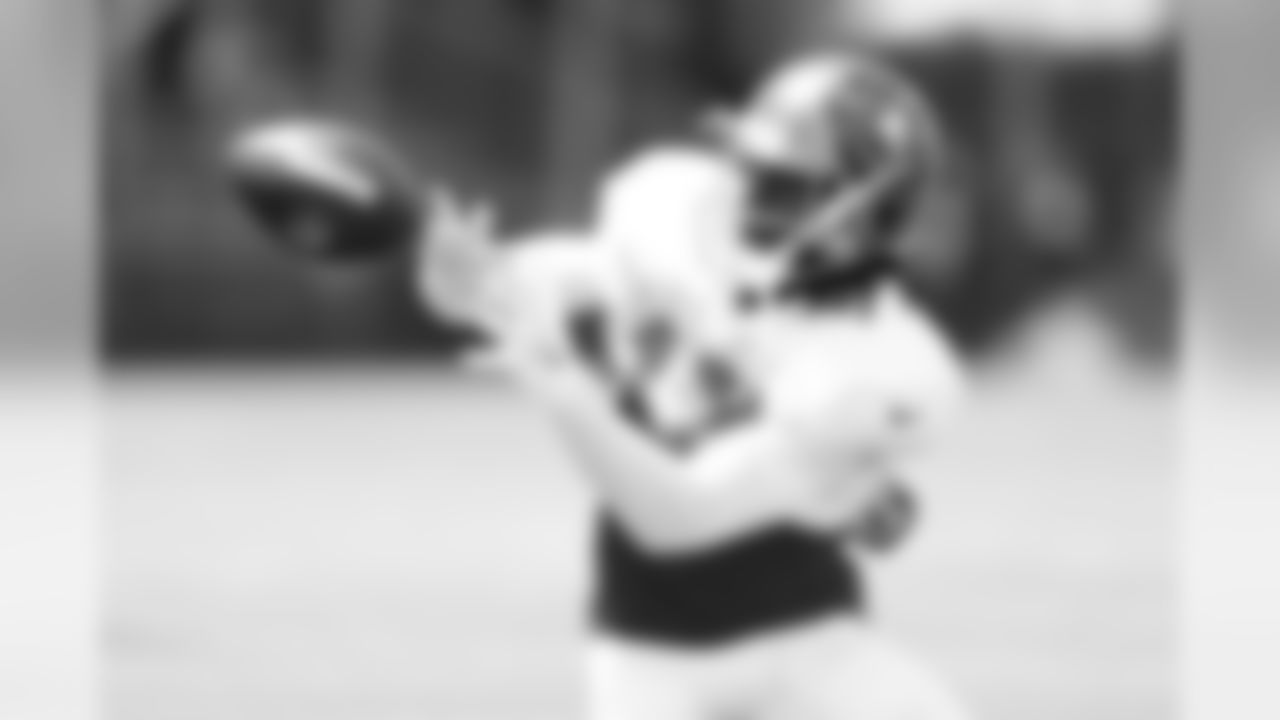

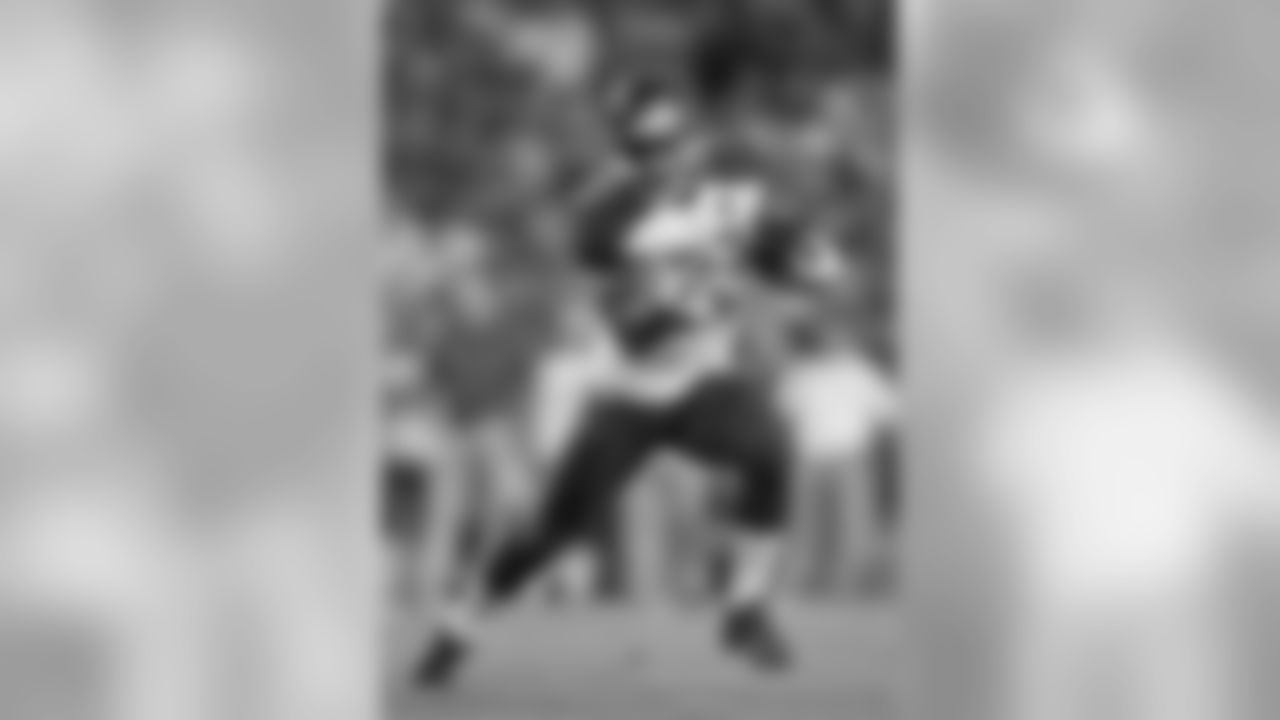
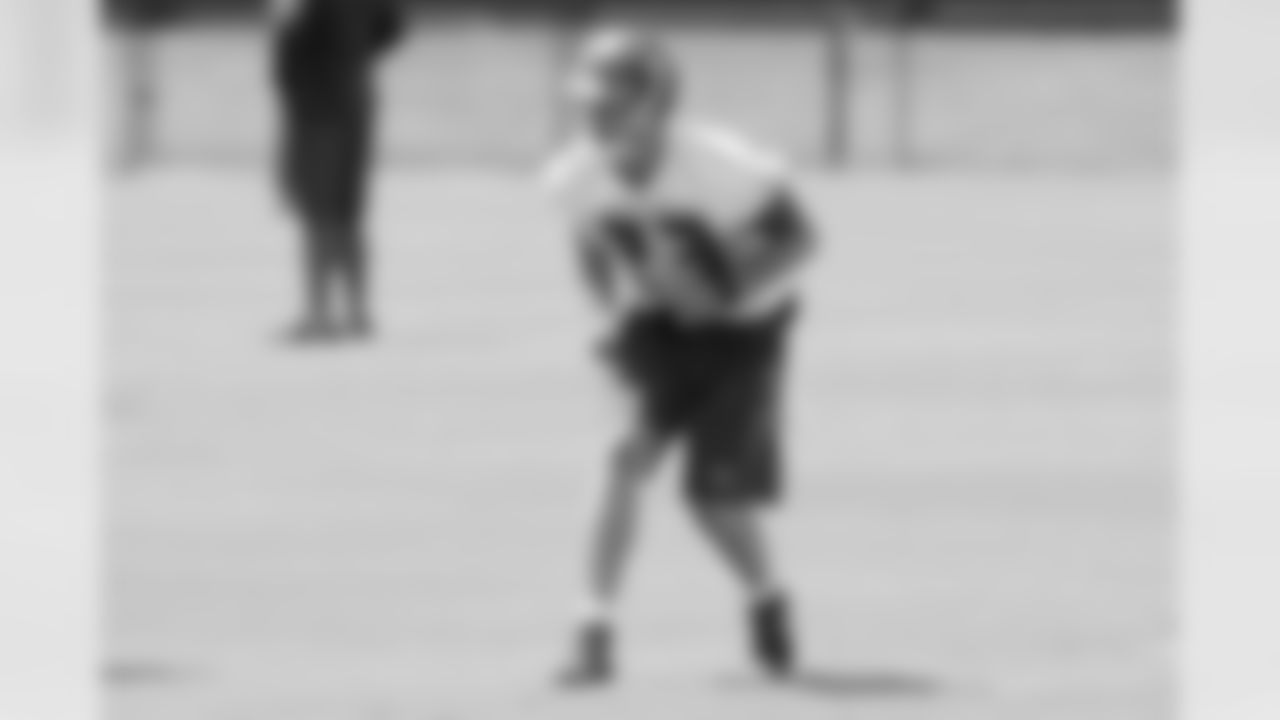
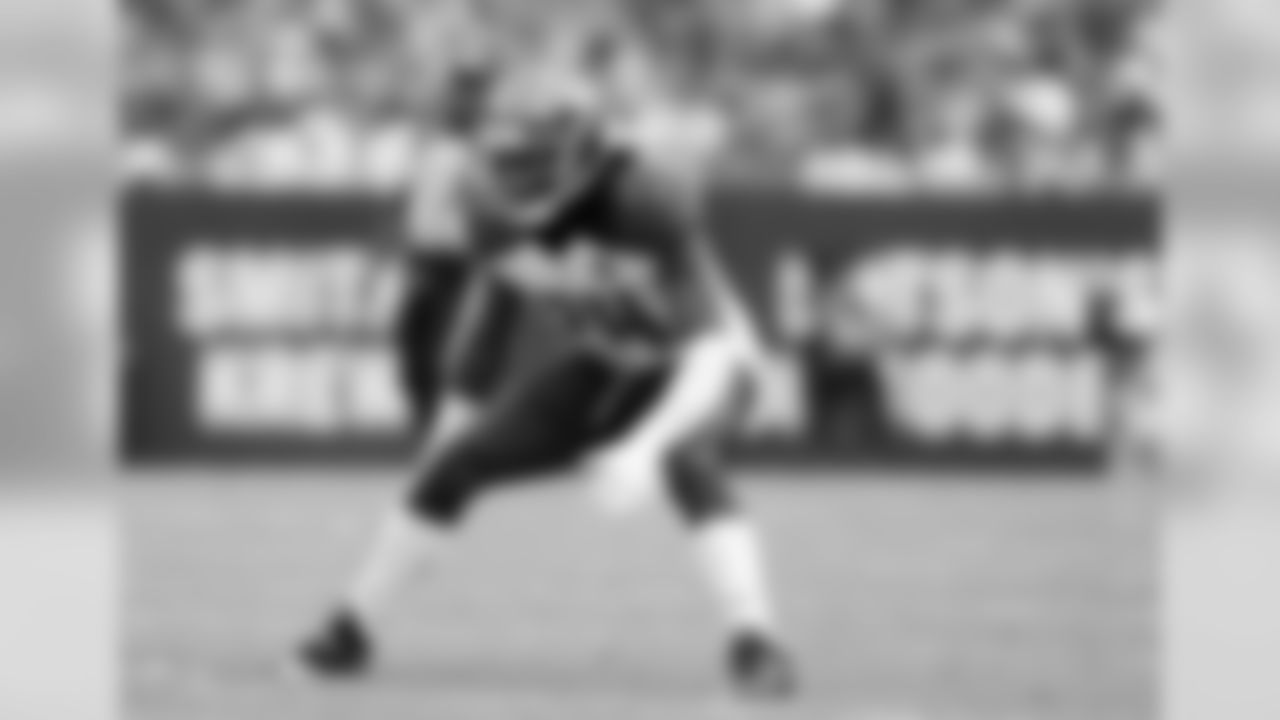
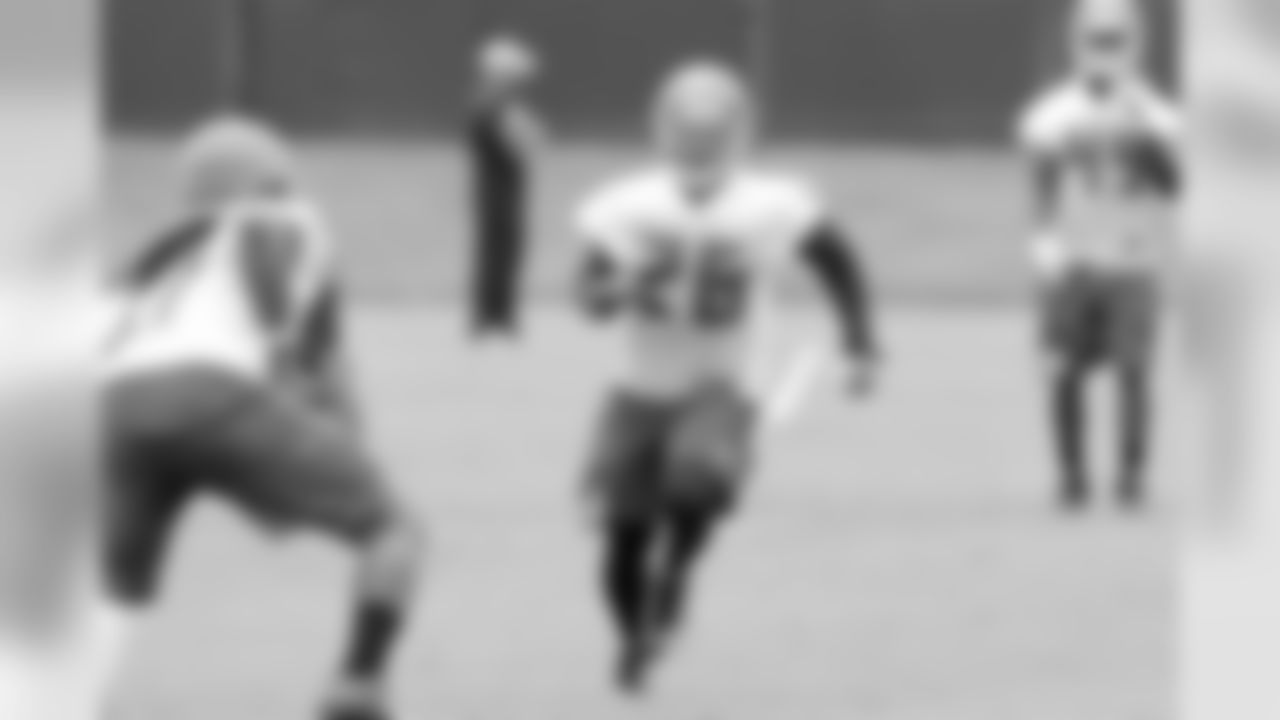

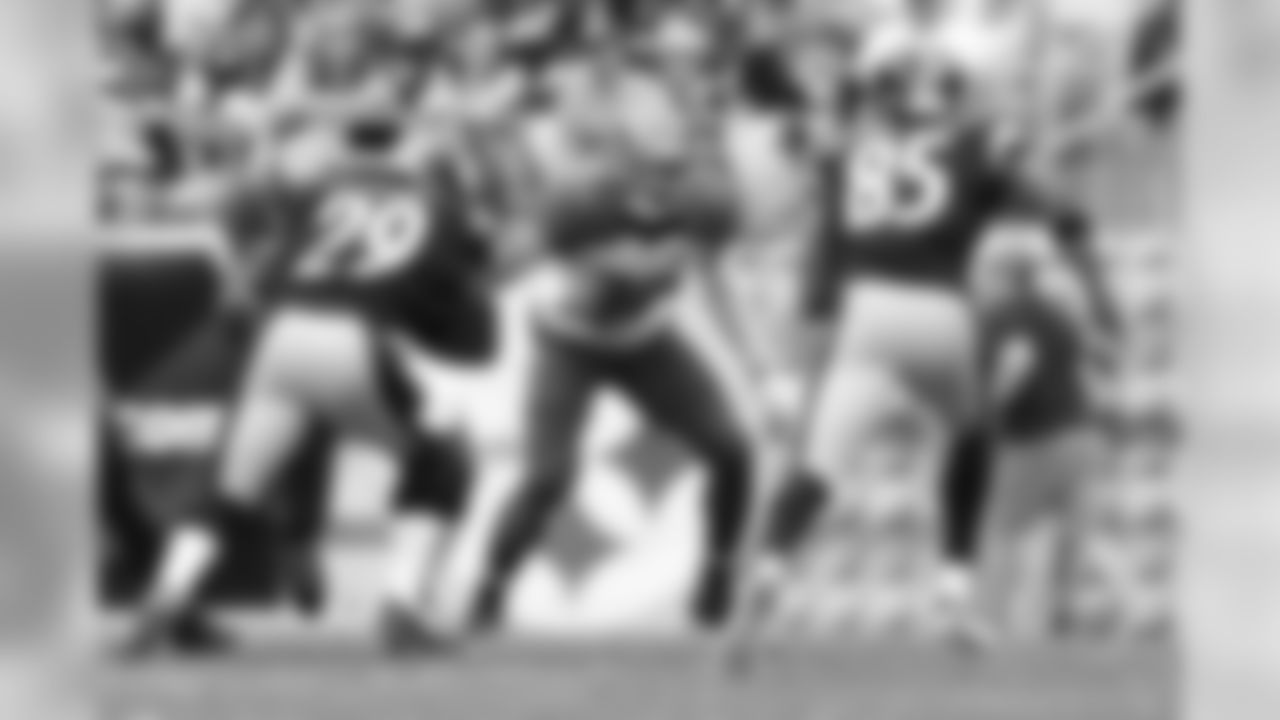

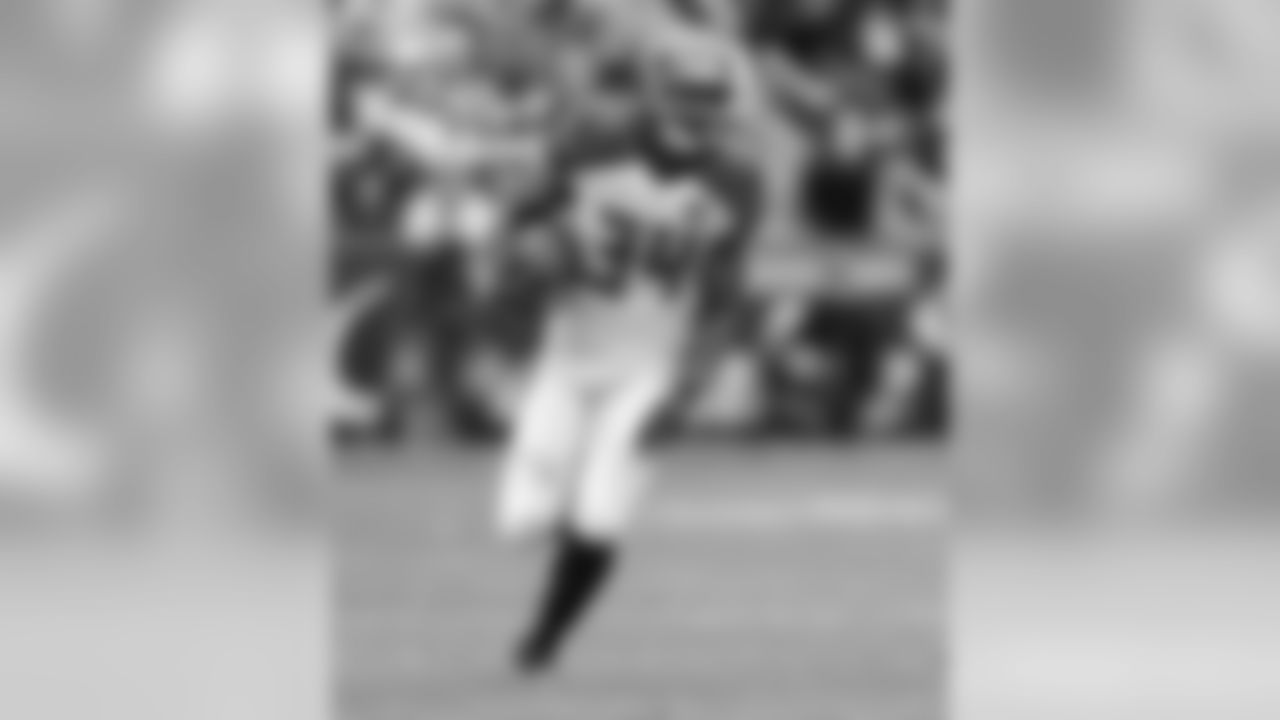
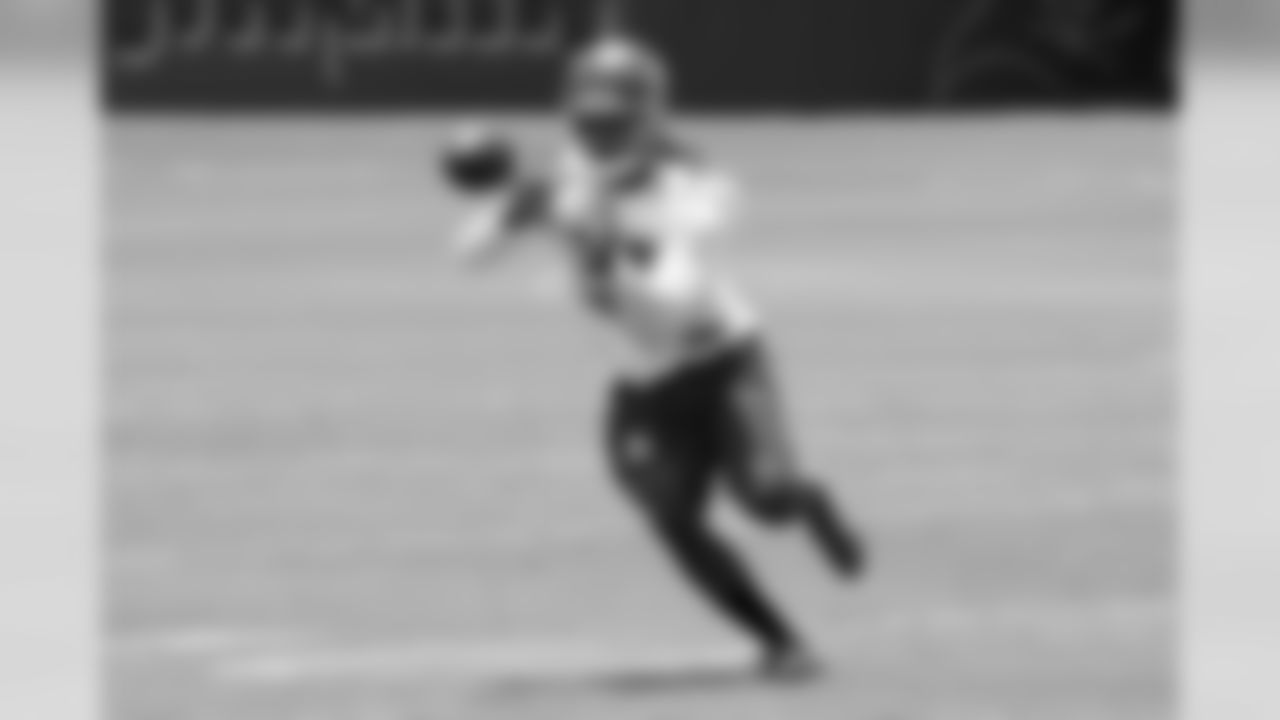
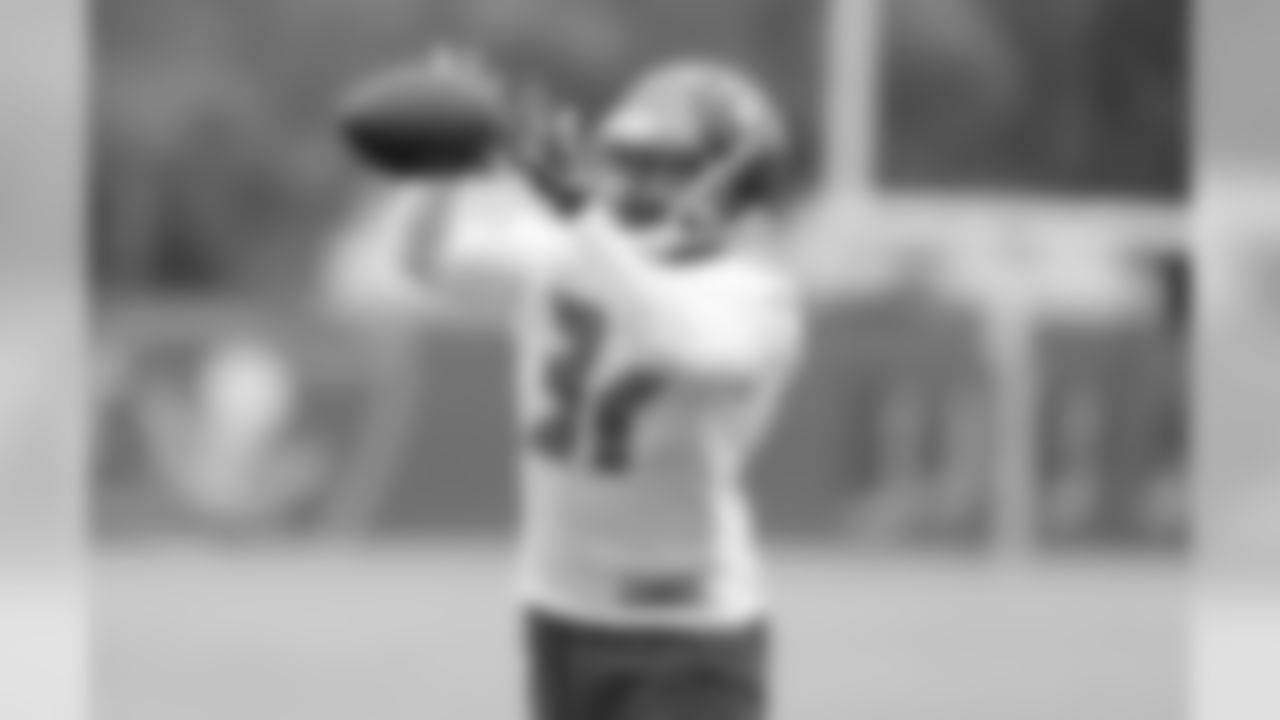
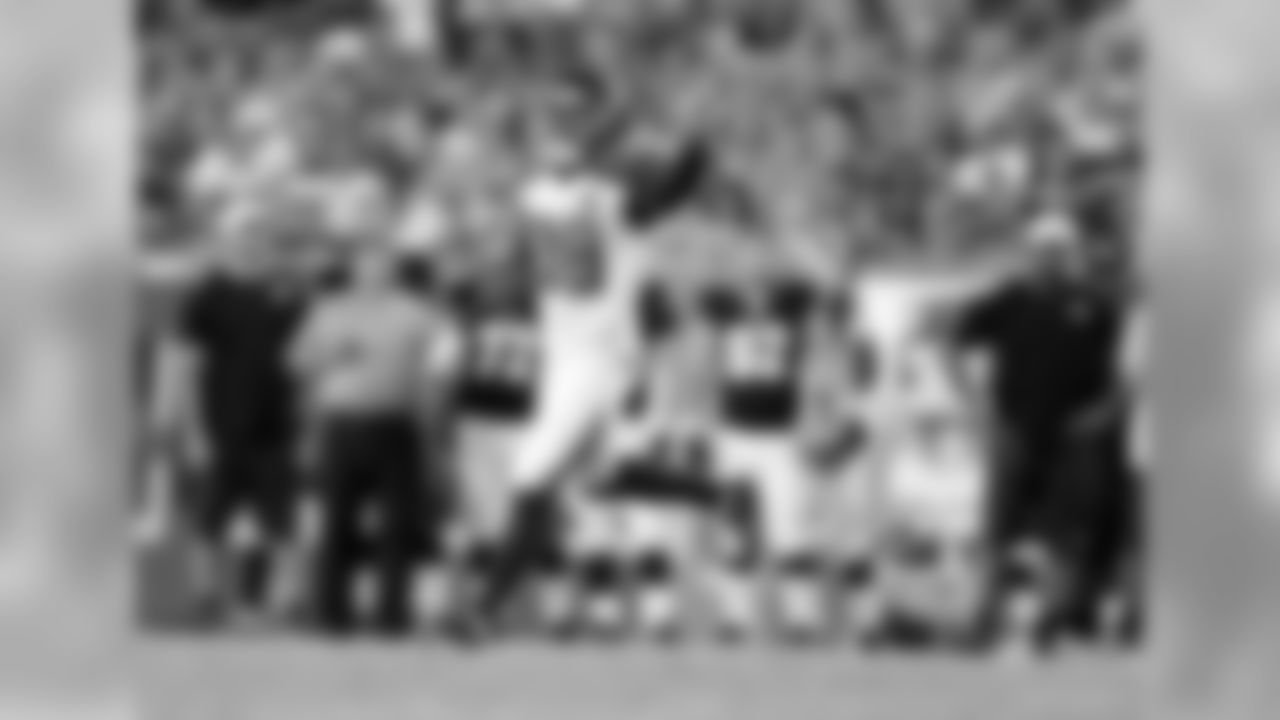

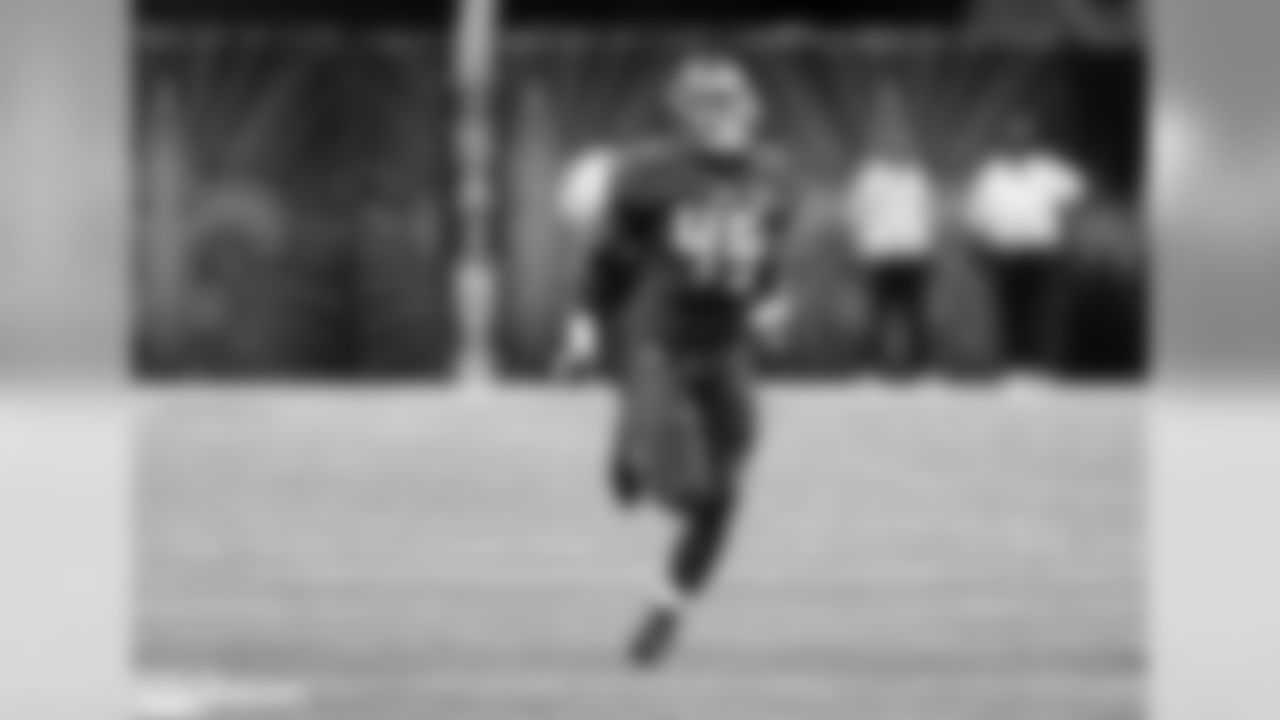
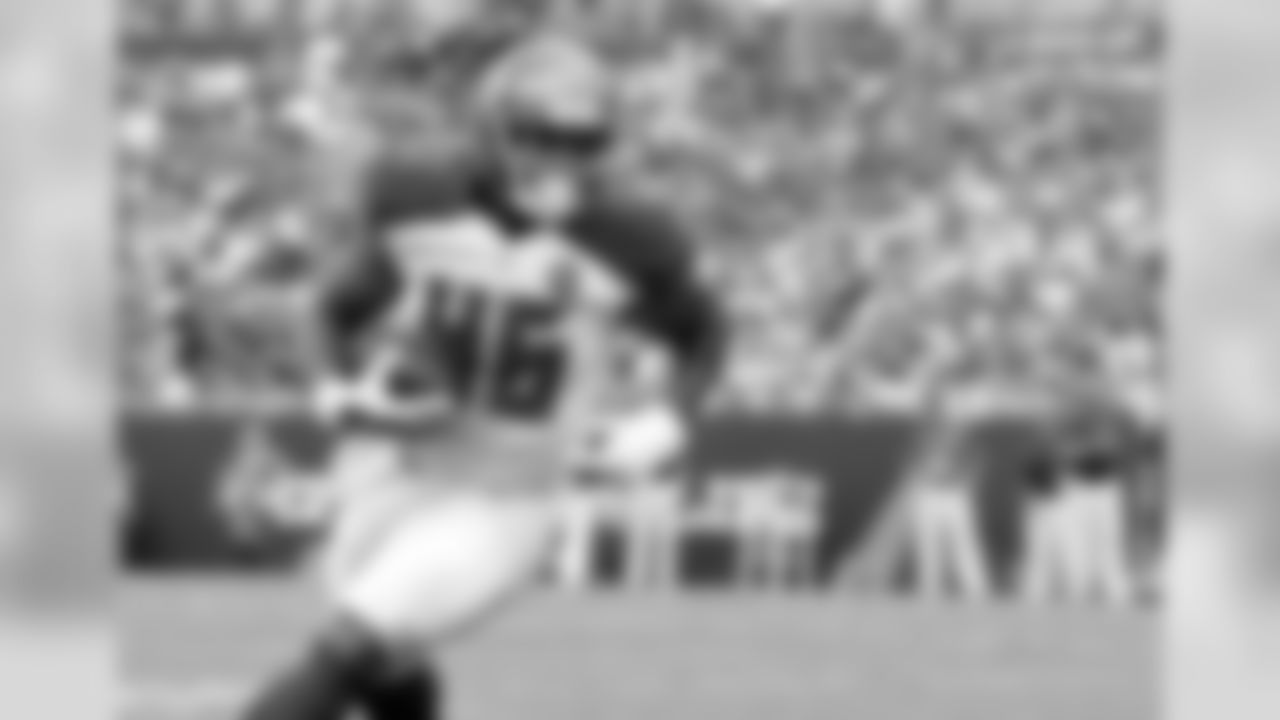
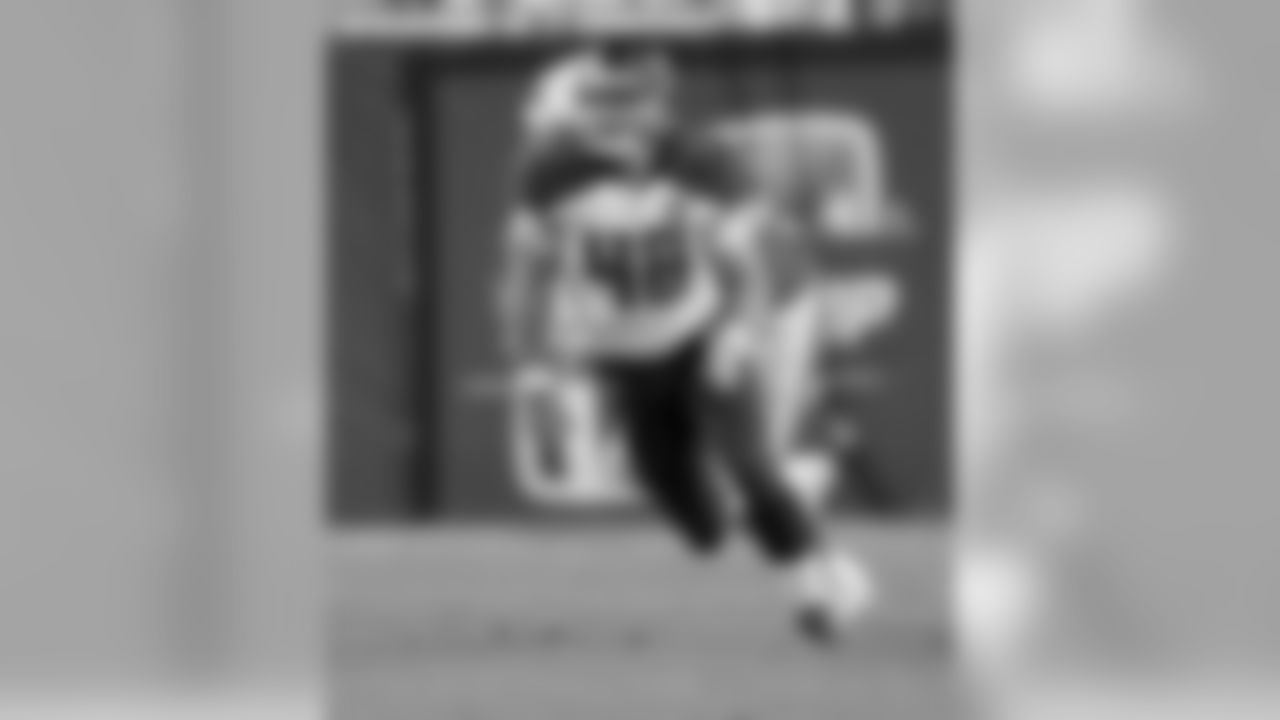
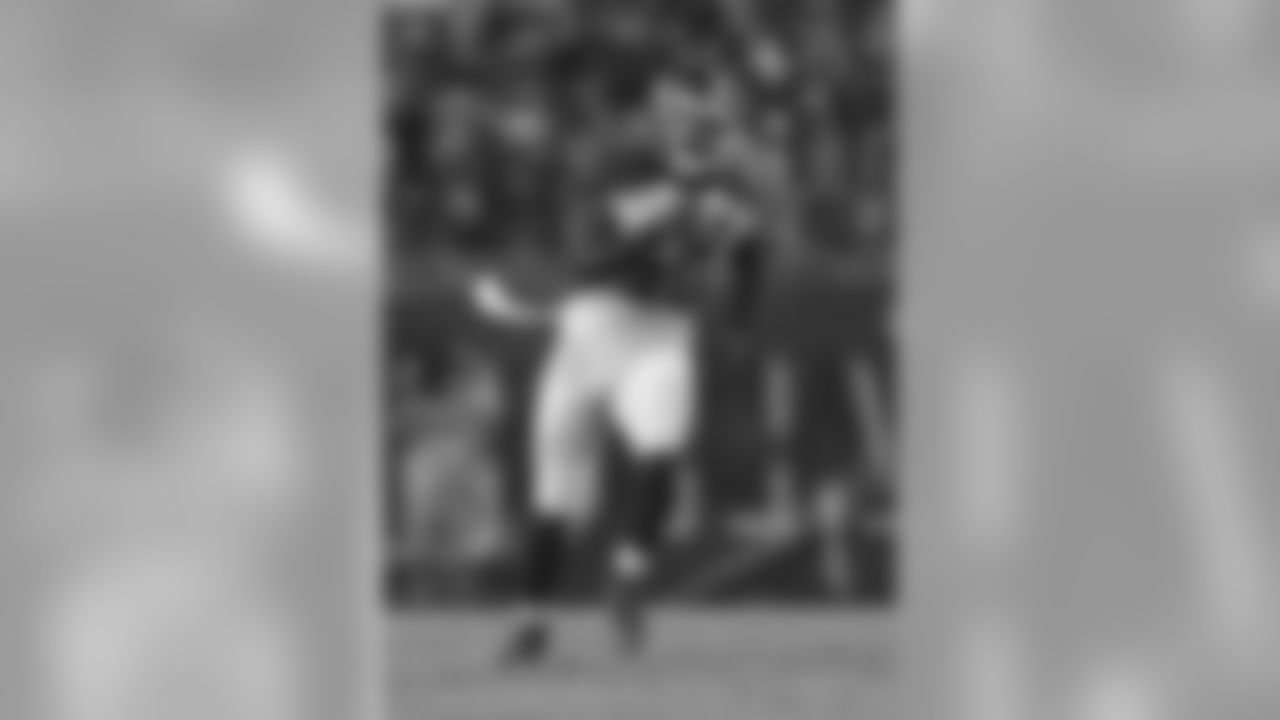

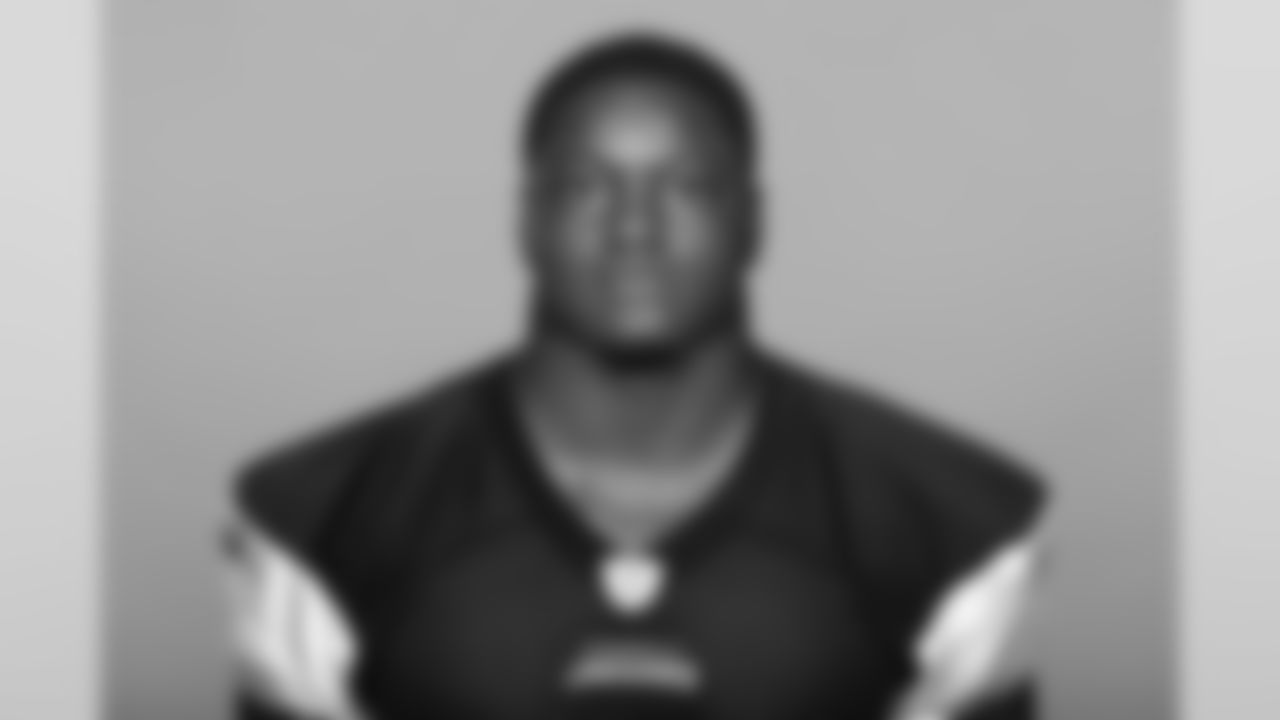
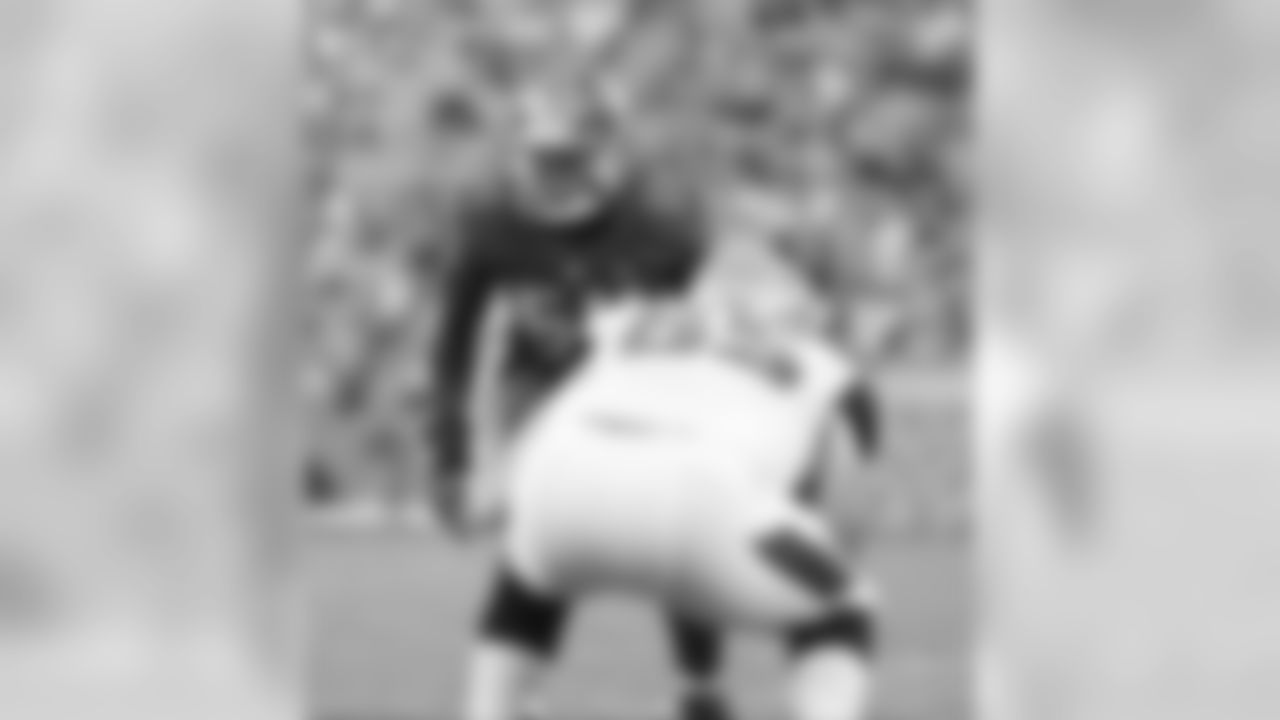
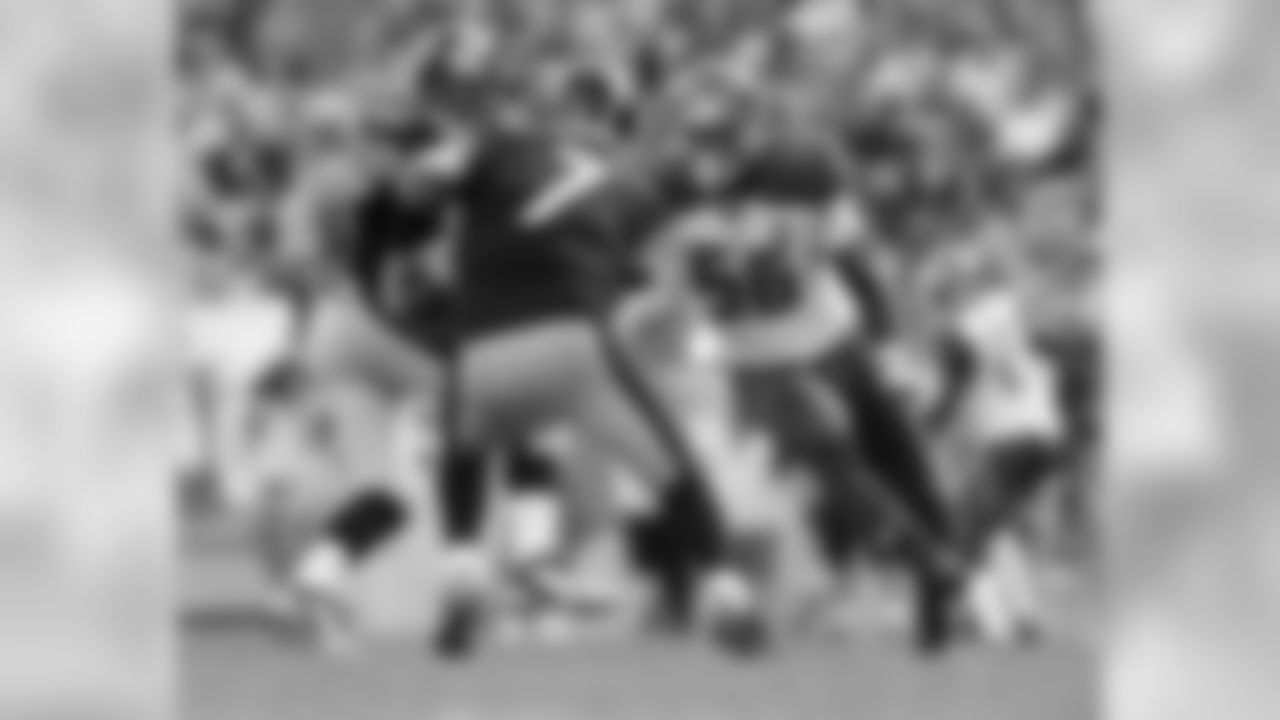
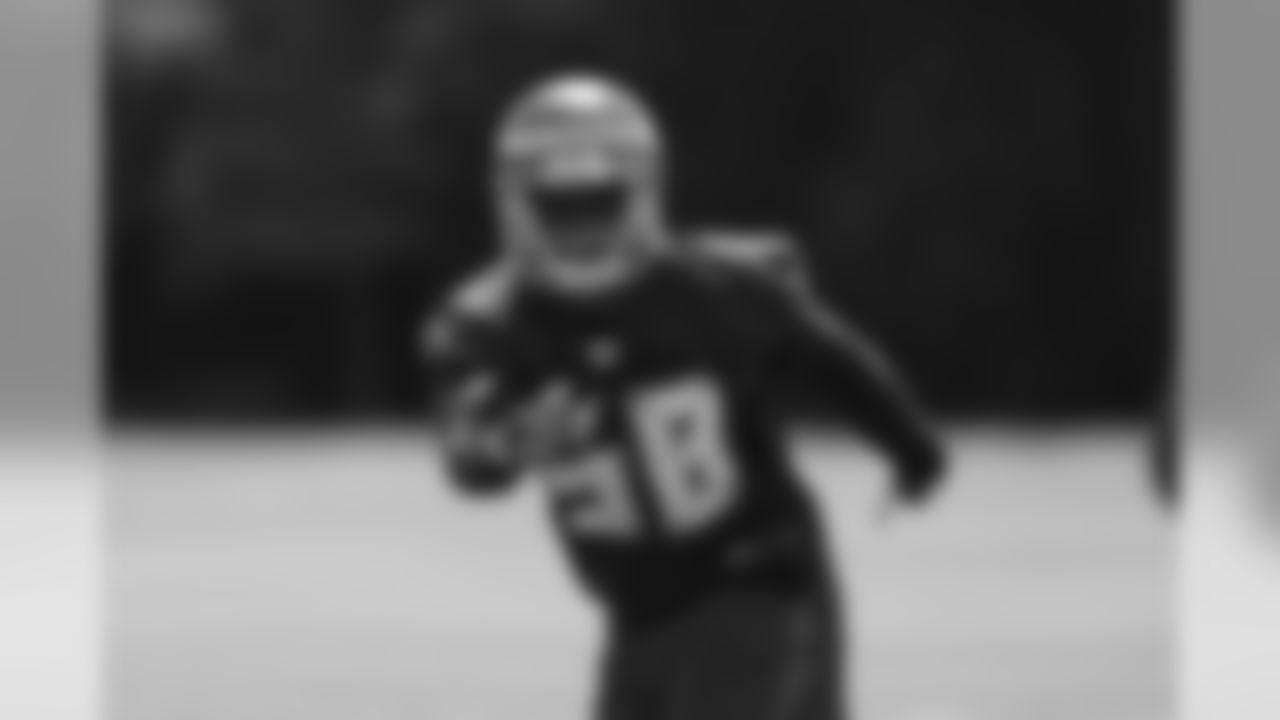
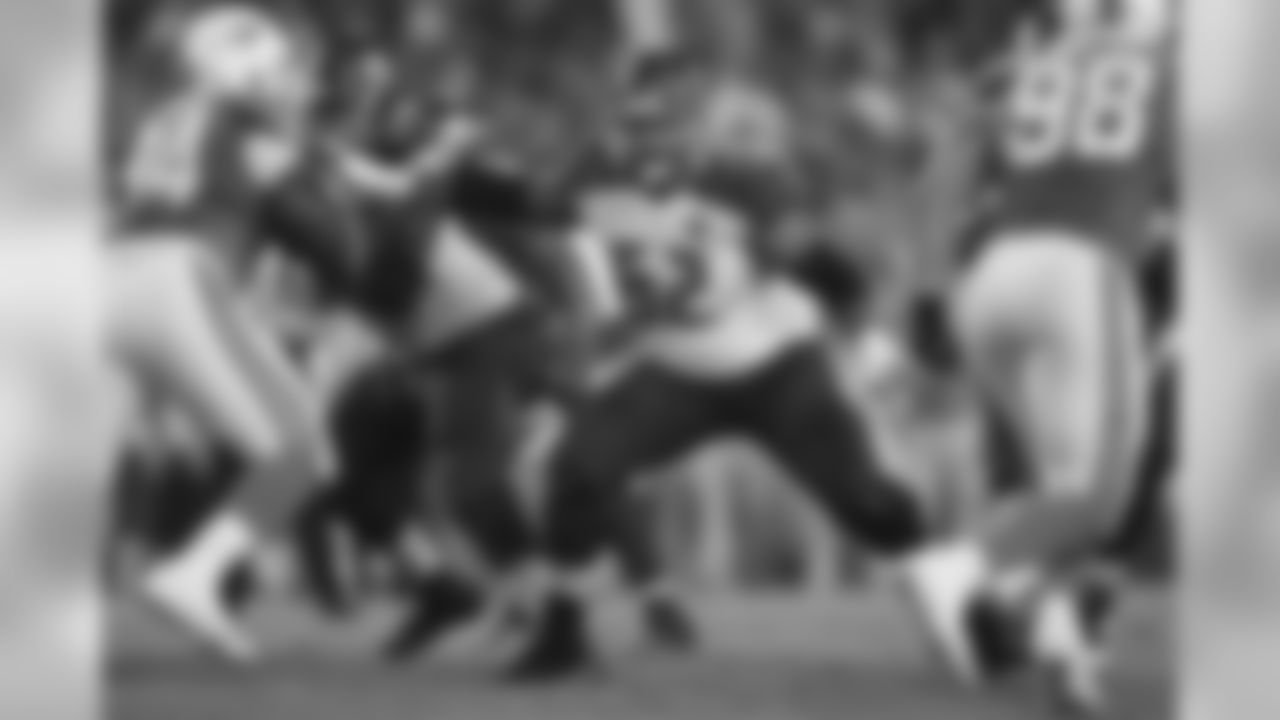
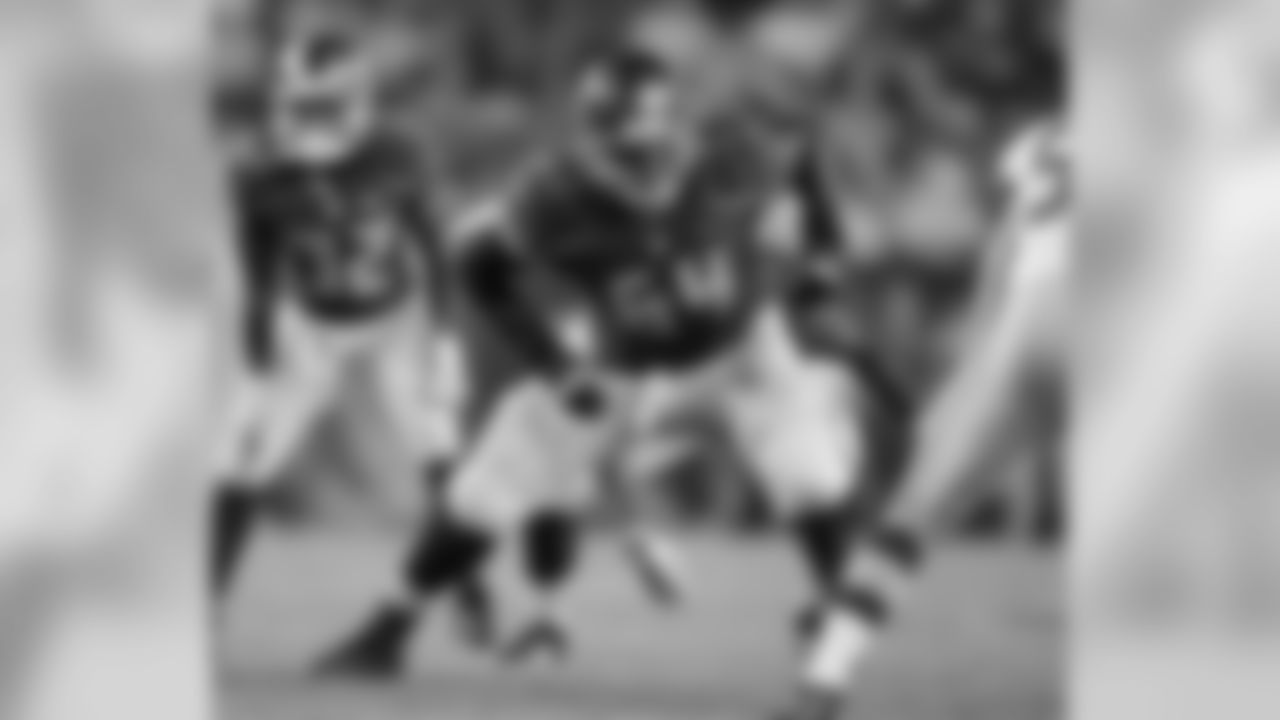
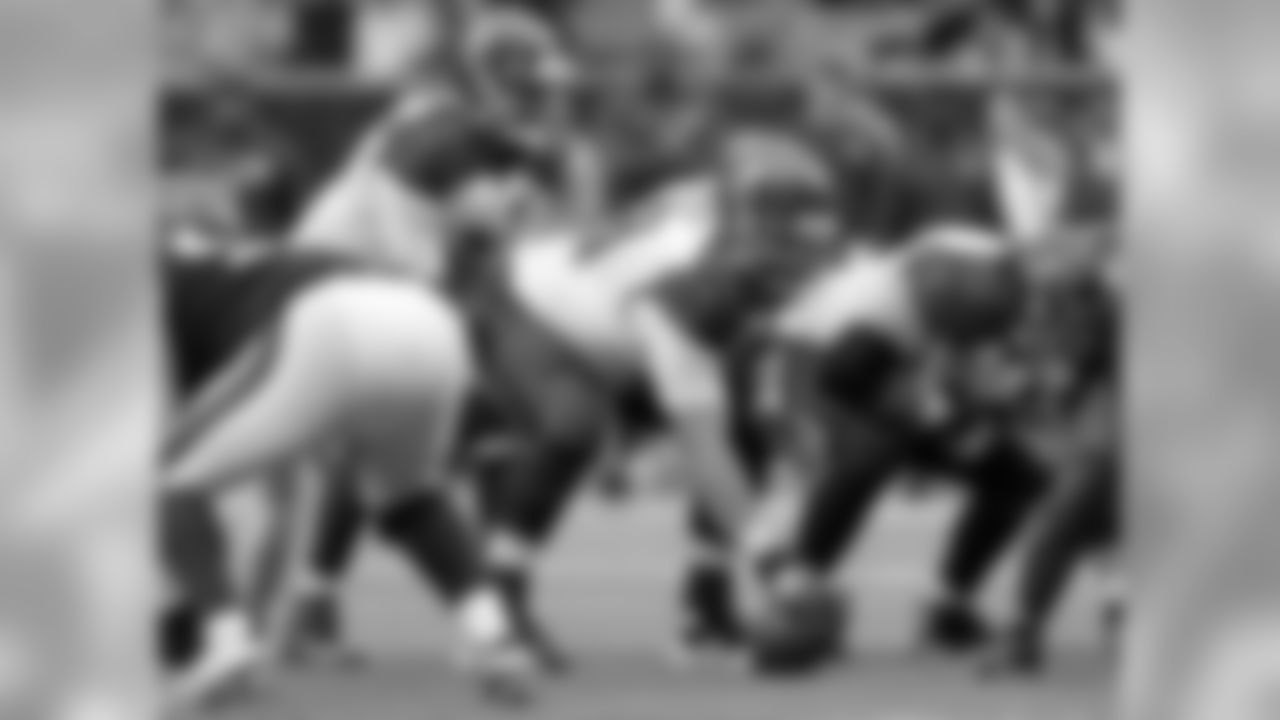
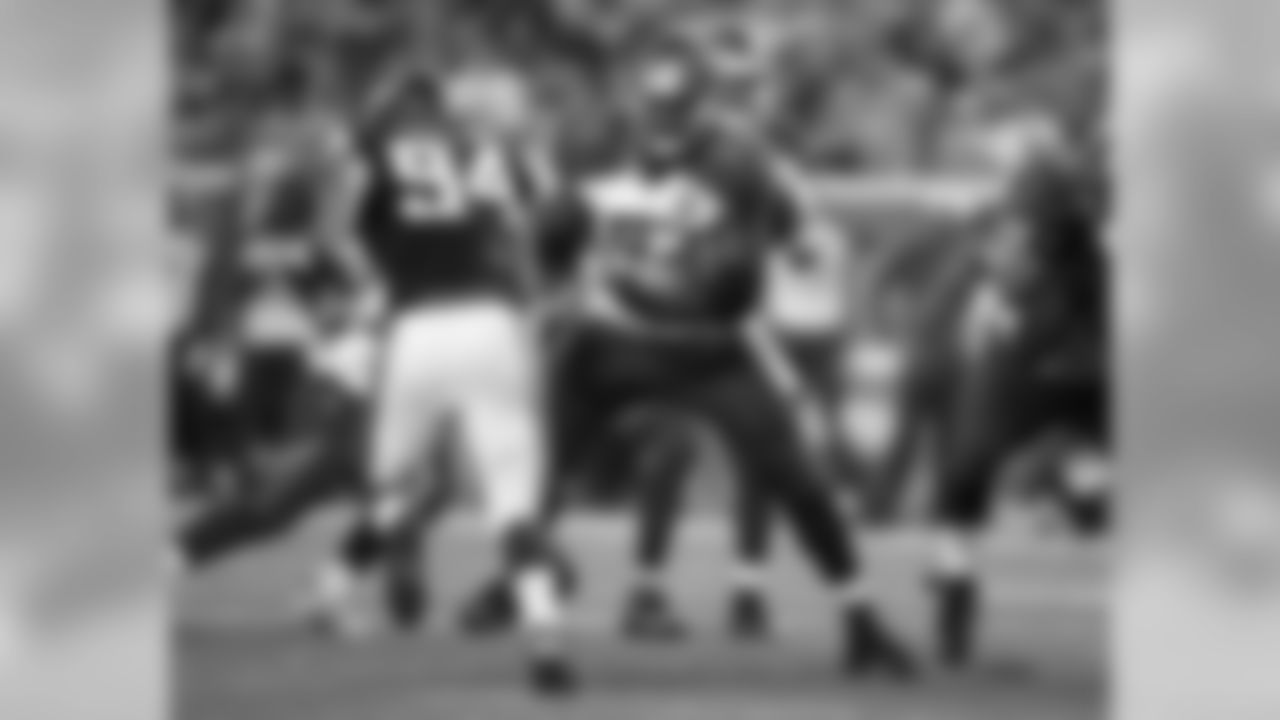
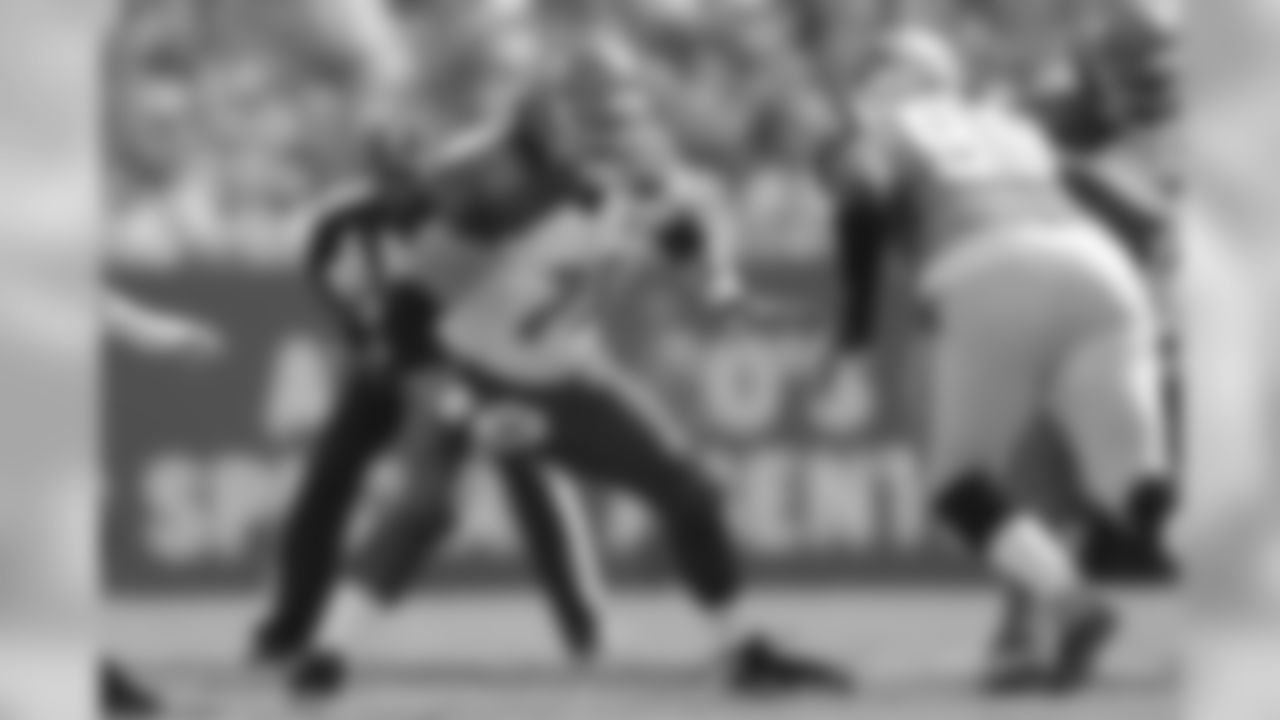
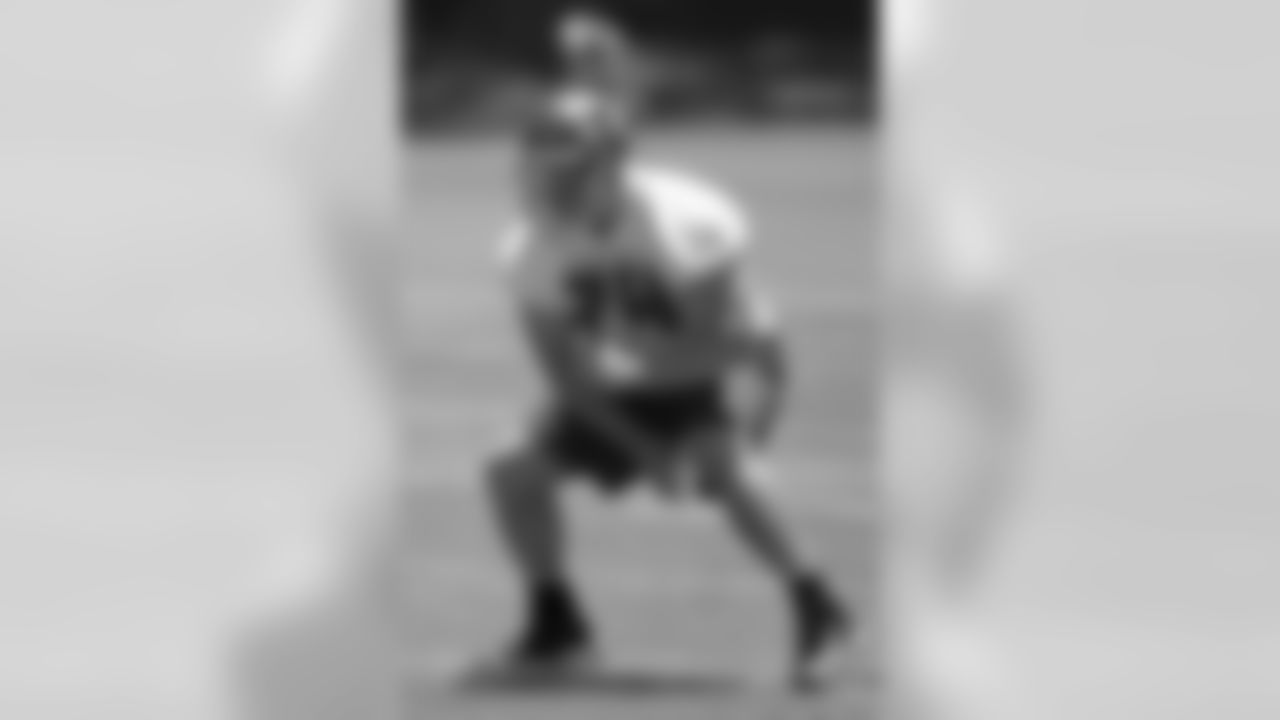

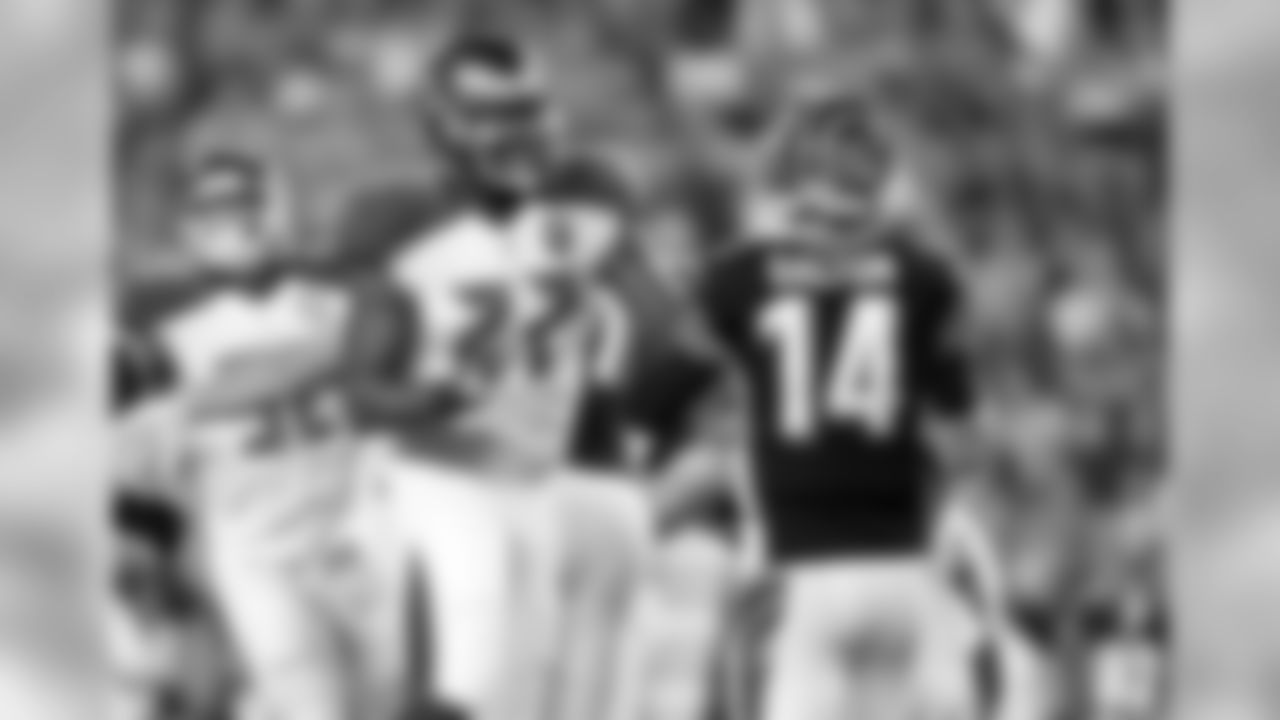
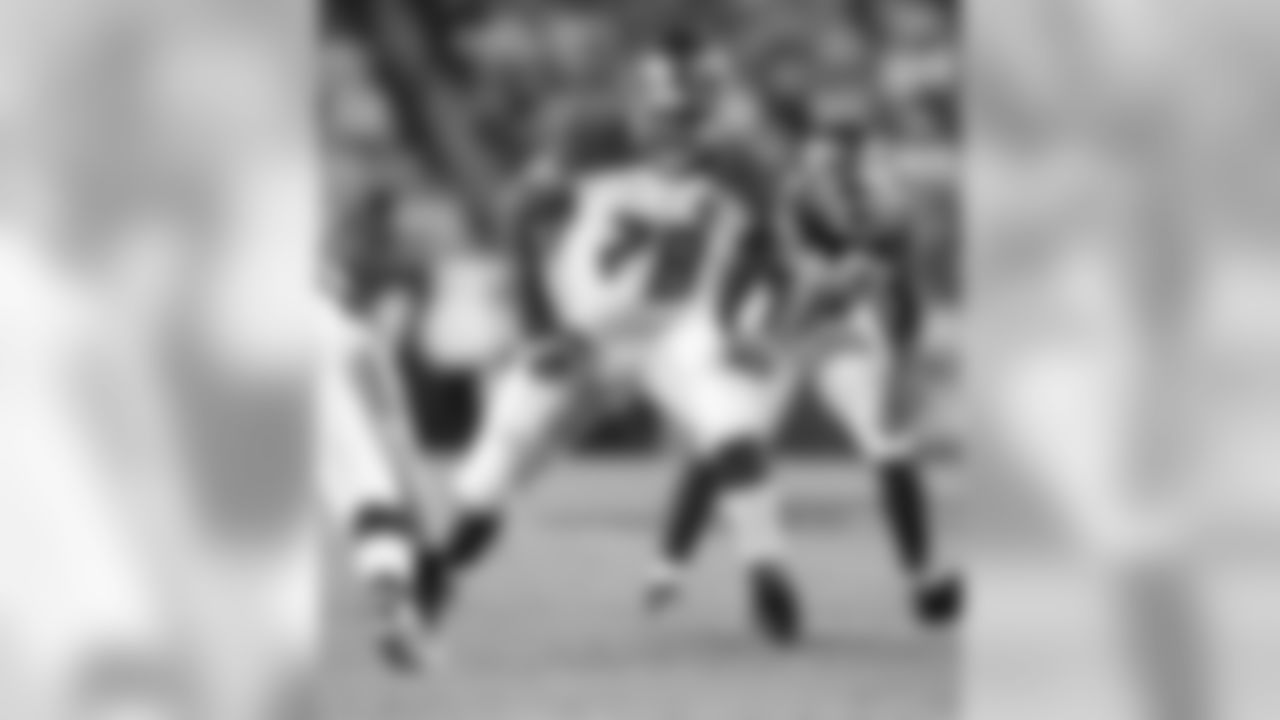
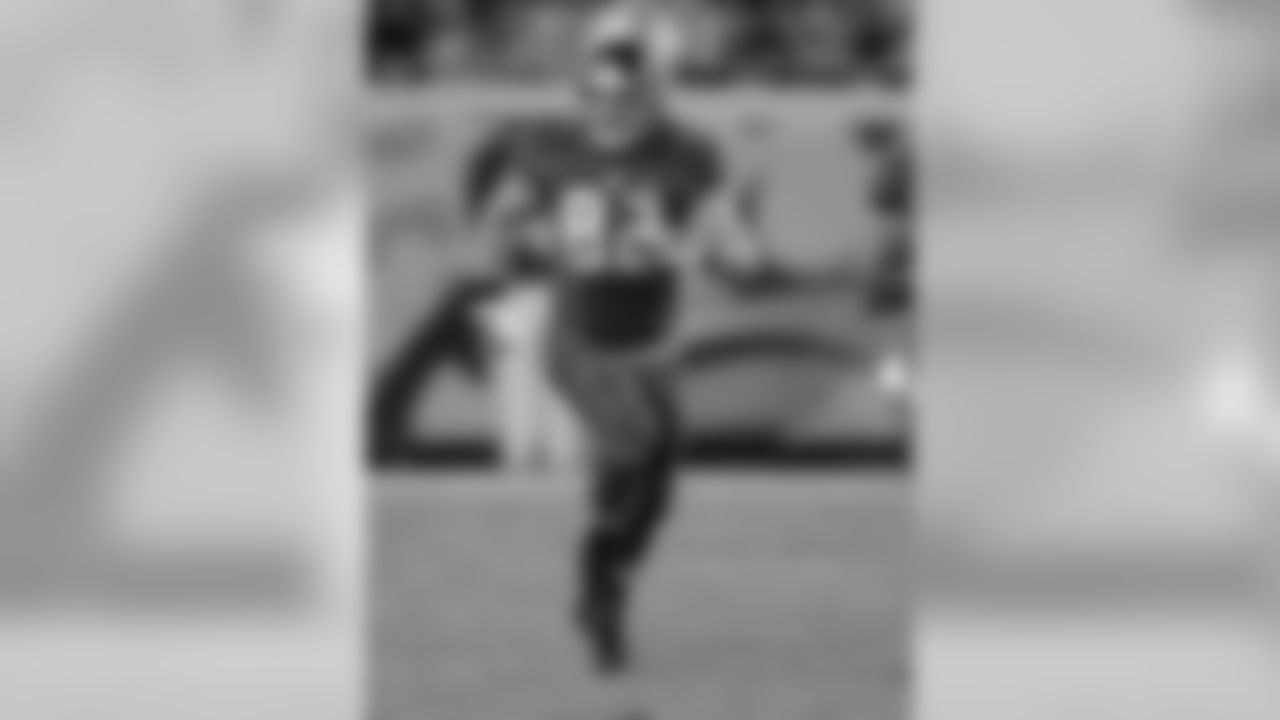
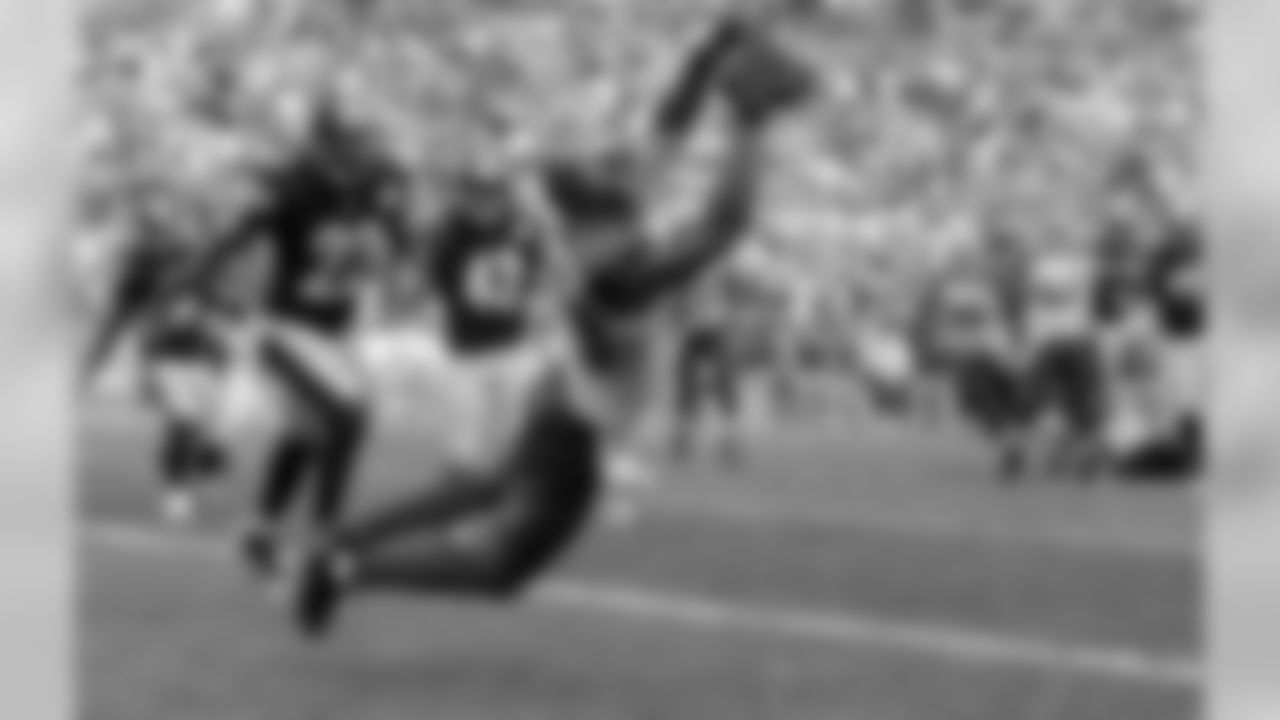
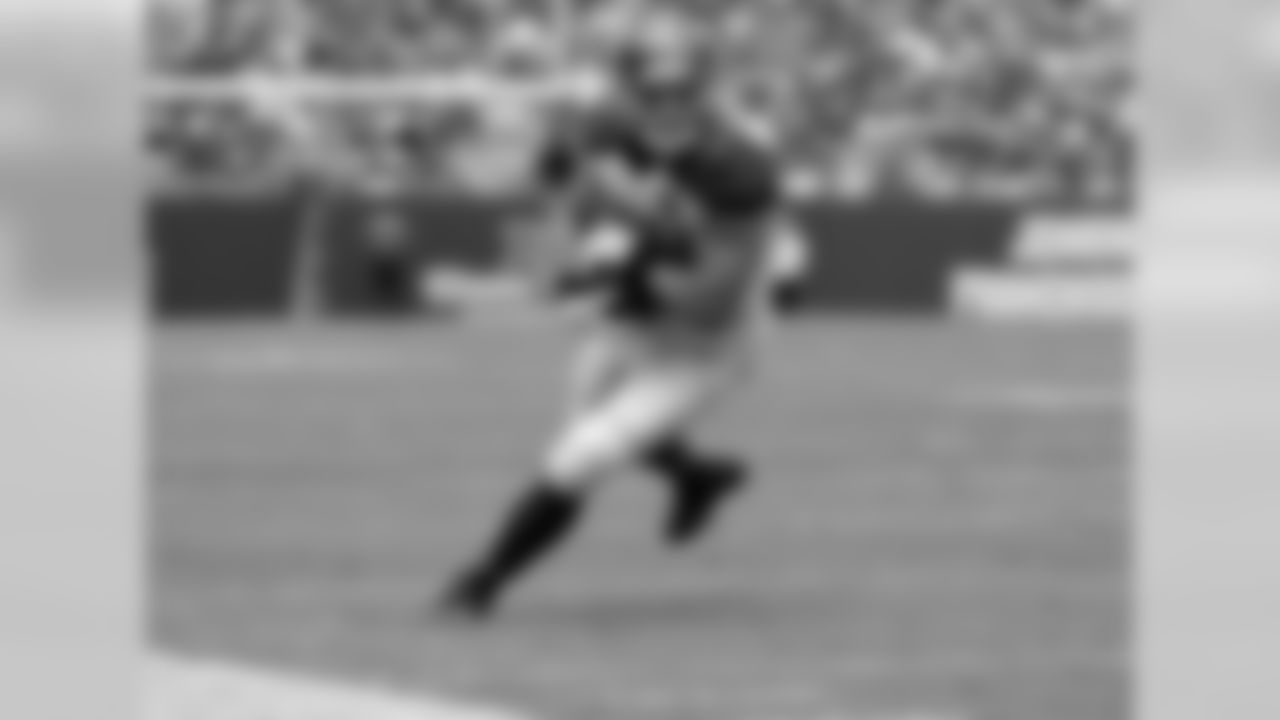
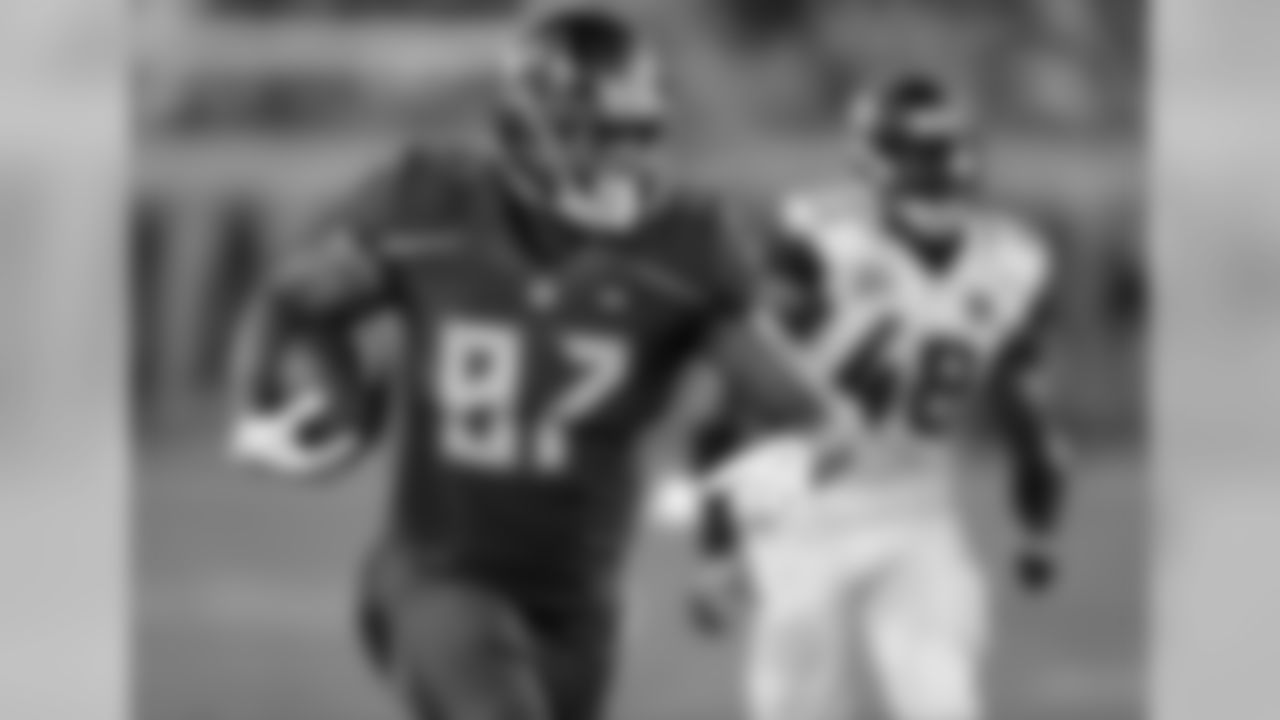
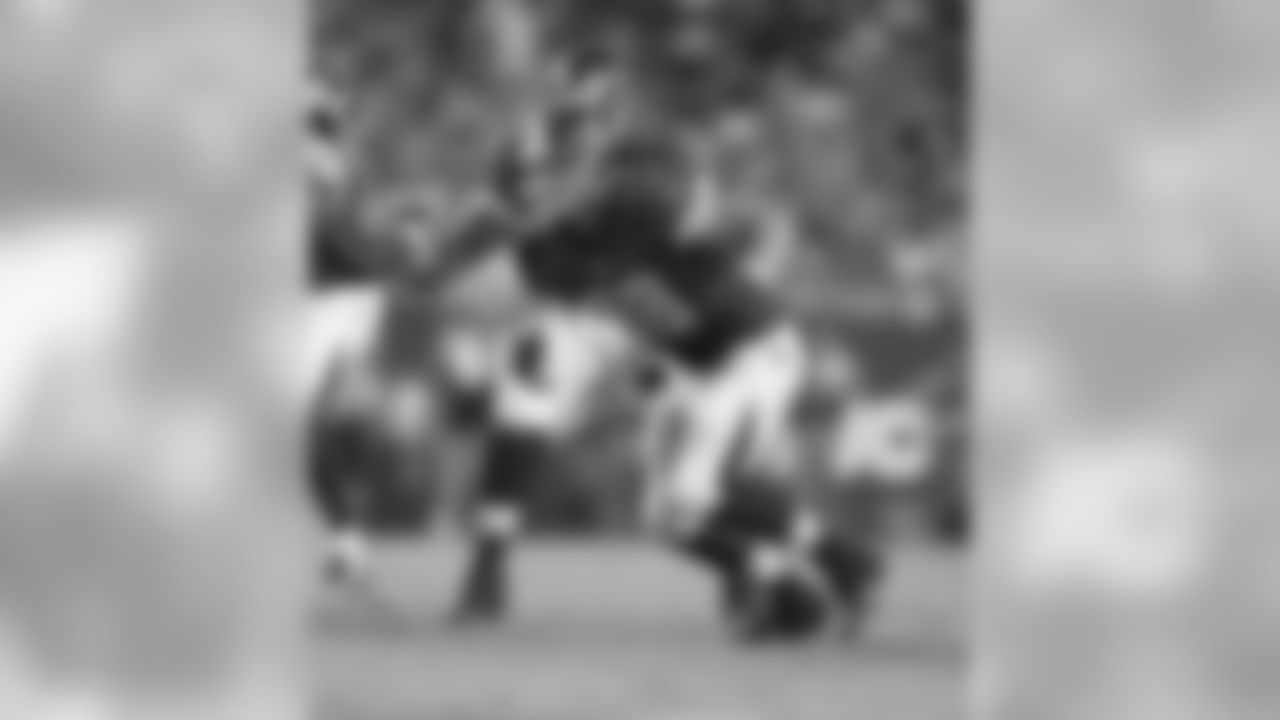
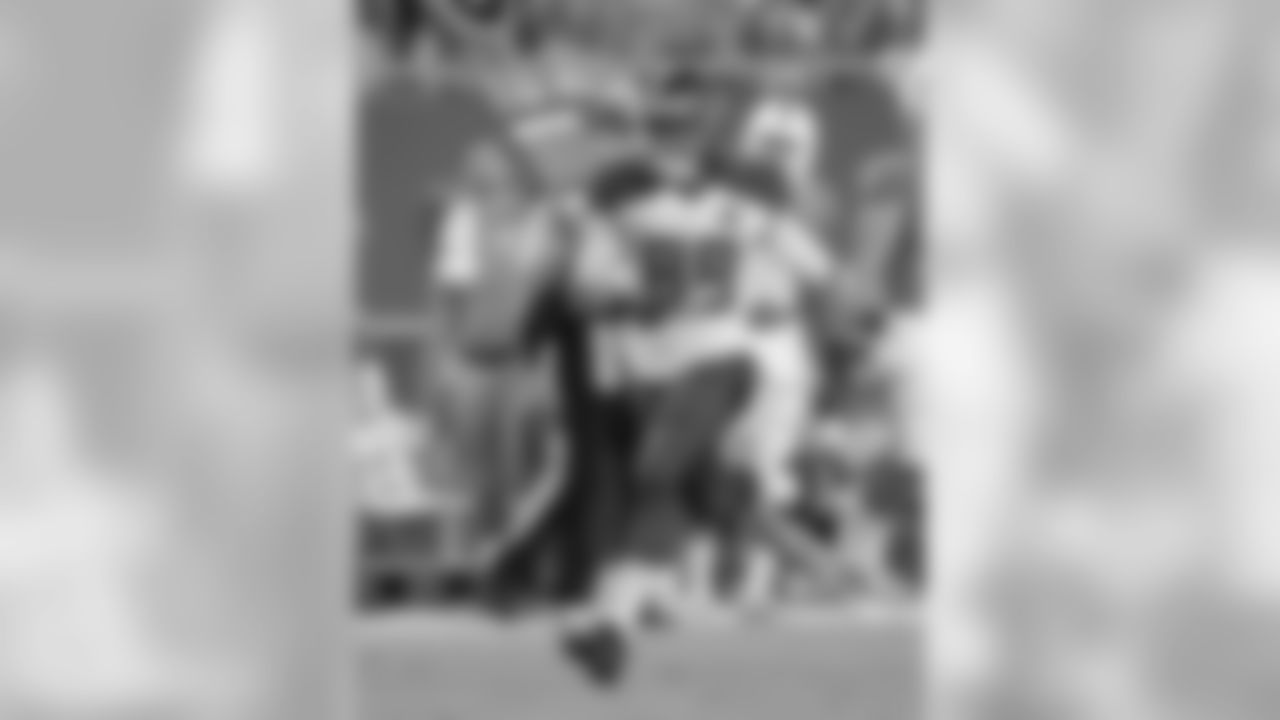
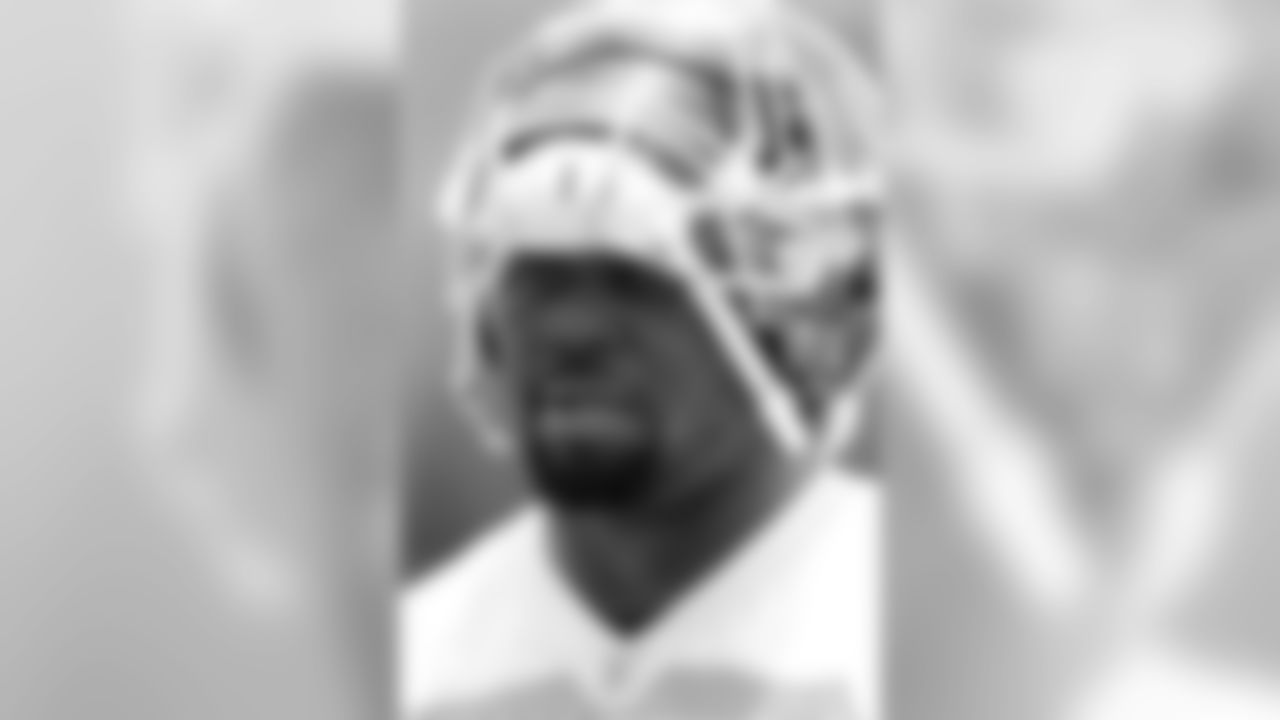

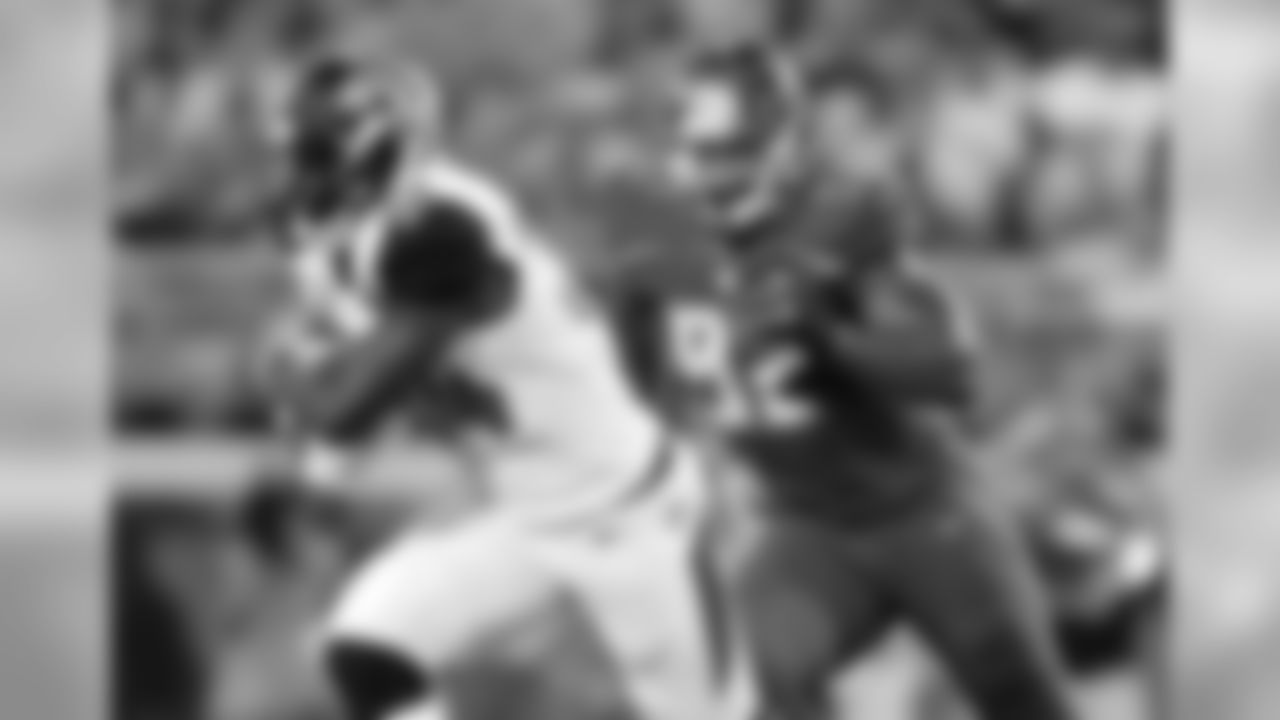
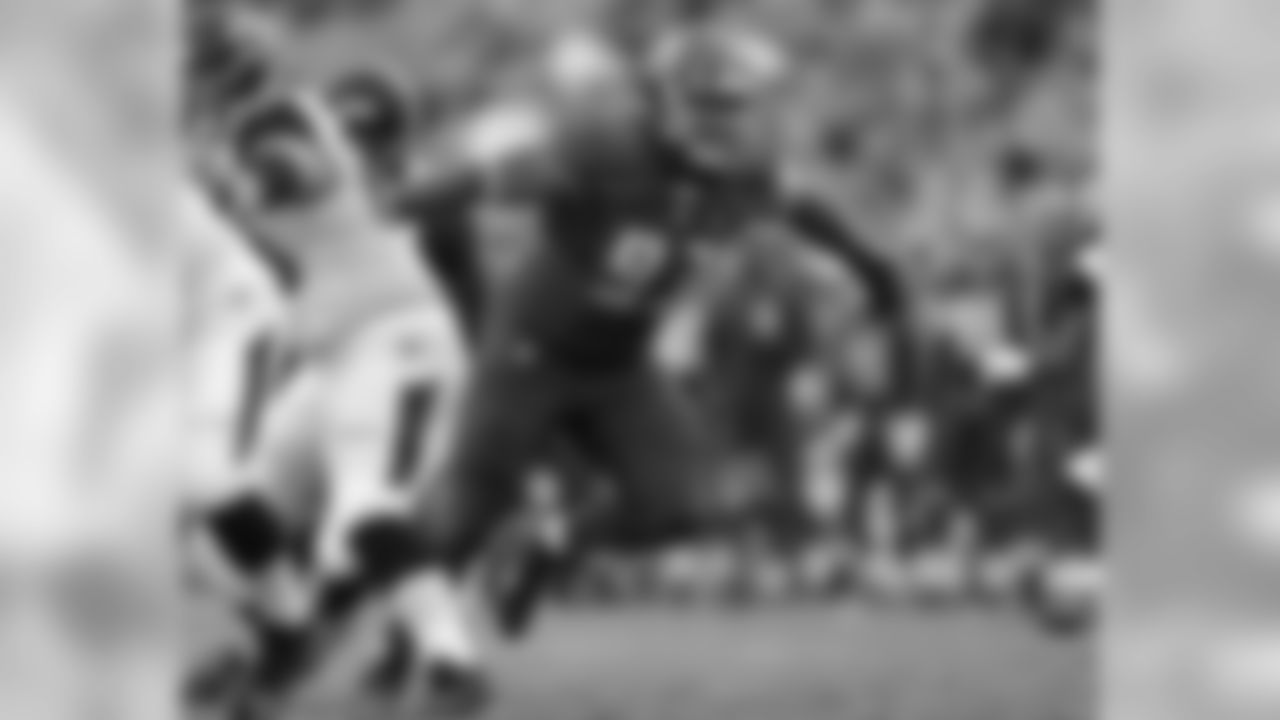
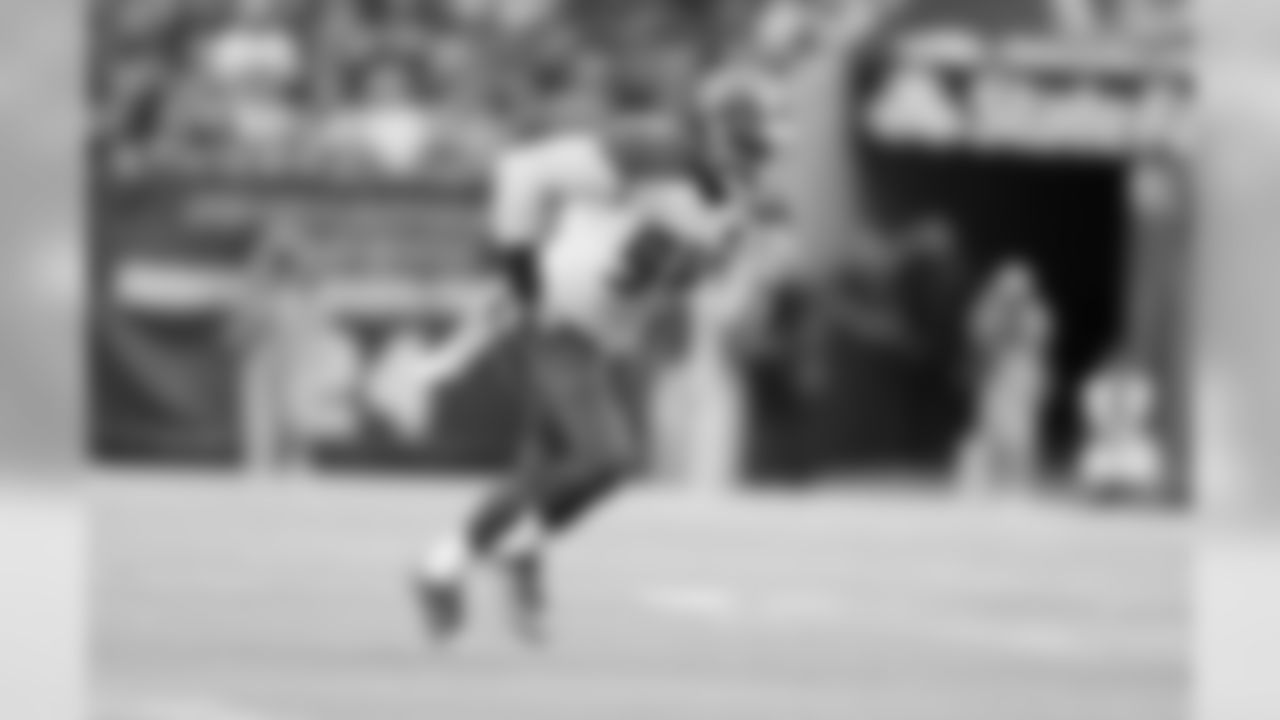

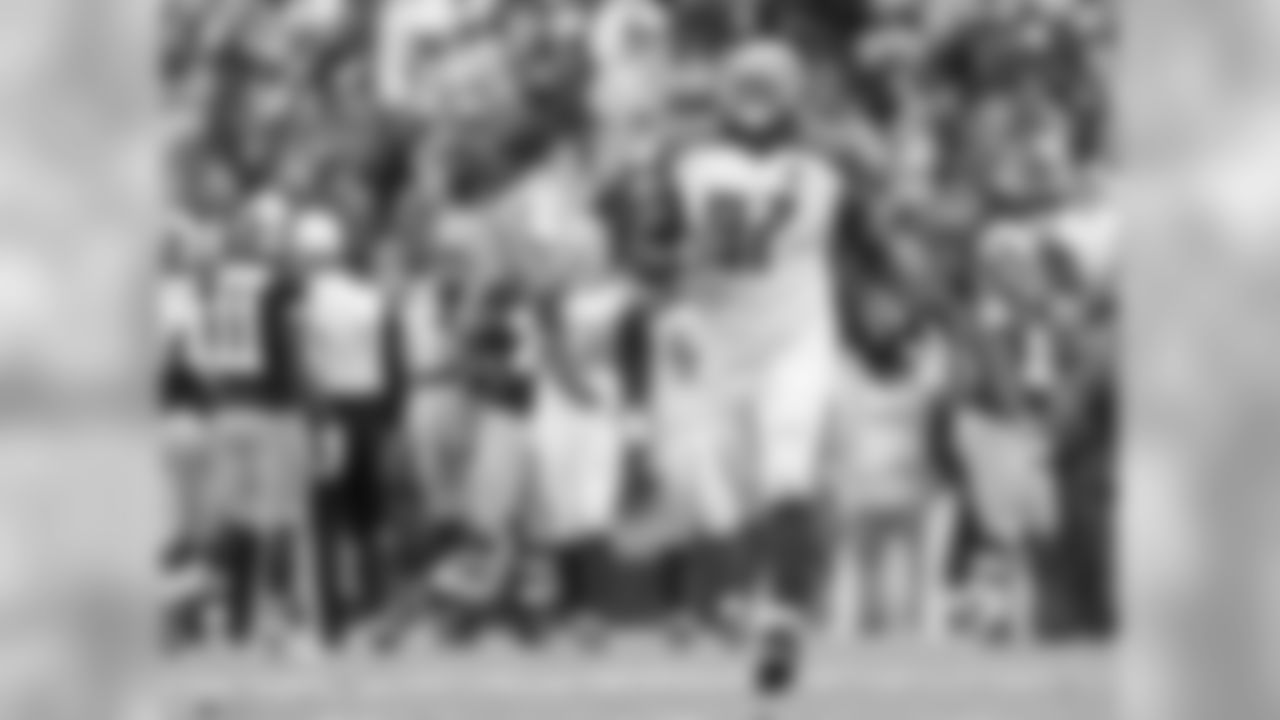

Related Links
Articles
NFLN ranks Mike Evans
Bucs sign George Johnson
5 things to know: Johnson
Mock Draft Roundtable, Pt. 1
Photos
Videos
On Monday, the Tampa Bay Buccaneers will begin their 2015 offseason training program, which means team headquarters will become a much busier place. Portions of the building that have been largely quiet for the last three-and-a-half months will once again be alive with players and coaches getting ready for the upcoming season.
The nine-week offseason program (which skips the final week in April in deference to the NFL Draft) includes three different "phases," 10 organized team activity days (OTAs), one rookie mini-camp and one mandatory full-team mini-camp in June to cap it all off. As the Buccaneers progress through those stages of the program, they'll be looking for answers – or at least the beginning of those answer – to some very important questions. Here are three significant issues to contemplate over the next 10 weeks.
1. Are there the makings of a productive defensive end rotation?
The Buccaneers have three of the first 65 picks in this year's NFL Draft, and they also have some pressing needs on the depth chart. Even if the team uses the first overall selection on a quarterback, as almost everyone now expects, picks #34 and #65 could potentially be used to address deficiencies on the offensive and defensive line.
However, while the class of offensive line prospects appears deep enough to make it a near certainty that the Bucs could find starting-caliber players in the second round and maybe even the third round, it seems less certain that a coveted pass-rusher will be available. As much as it would help to add to a young and somewhat untested group of defensive ends, it's possible the team will exit draft weekend without finding much help at that position.
All of which means that the Buccaneers need to ascertain just what they have in that existing group of ends. The good news is that the cupboard may not be as bare as some believe…and that's especially true after last week's acquisition of former Detroit Lions defensive end George Johnson.
Last year, the Buccaneers' defensive linemen combined to produce 33 sacks. That pales in comparison to the 53 sacks recorded by the league's top group of down linemen in Buffalo, but it was actually good enough to tie for fourth among all teams. Below are the 10 teams whose defensive lines produced the most sacks in 2014:
|
Rk. |
Team |
D-Line Sacks |
Total Sacks |
D-Line % |
|
1 |
Buffalo Bills |
53 |
54 |
98.1% |
|
2 |
New York Giants |
38 |
47 |
80.9% |
|
3 |
Detroit Lions |
37 |
42 |
88.1% |
|
4t |
Carolina Panthers |
33 |
40 |
82.5% |
|
4t |
Chicago Bears |
33 |
39 |
84.6% |
|
4t |
Tampa Bay Buccaneers |
33 |
36 |
91.7% |
|
7 |
Minnesota Vikings |
32 |
41 |
78.0% |
|
8 |
St. Louis Rams |
32 |
40 |
80.0% |
|
9 |
Jacksonville Jaguars |
30 |
45 |
66.7% |
|
10 |
Miami Dolphins |
29 |
39 |
74.4% |
The Buccaneers did not get much sack production from blitzes, obviously, and they were not satisfied with their overall total of 36 sacks. Counting sacks, QB hits and hurries, Tampa Bay's defense got pressure on the opposing quarterback on 30.1% of passing plays, which was in the bottom 10 in the league. Obviously, that number wasn't good enough.
But the makings of a strong pass rush may actually be in place. While our concern here is with the end position, it really starts in the middle. In 2014, Tampa Bay got more sacks from their defensive tackles – 18 in all – than any other team in the league. That group lost Da'Quan Bowers, who had 1.5 sacks while playing from the defensive tackle position, but added Henry Melton in free agency. Even while gradually recovering strength as he came back from a serious knee injury in 2013, Melton helped the Dallas Cowboys with 5.0 sacks as part of their front-line rotation last year. Melton is a strong interior pass-rusher and he had 13 sacks while playing in 29 games in Chicago from 2011-12.
A rotation of Gerald McCoy (8.5 sacks in 2014), Clinton McDonald (5.0), Akeem Spence (3.0) and Melton should allow the Bucs to have fresh legs in the middle throughout the game and hopefully produce steady pressure on the quarterback from straight up the gut. If that talented group of tackles can spill opposing quarterbacks out of the pocket more often in 2015, the Buccaneers' ends will reap the benefits.
Having played last year with the Lions' interior-line trio of Ndamukong Suh, Nick Fairley and C.J. Mosley, Johnson certainly knows how that works. The other Buccaneer ends who stand to benefit are Jacquies Smith, Larry English, T.J. Fatinikun, Lawrence Sidbury, William Gholston and George Uko. Smith was one of the best stories for the Buccaneers in 2014, going from a September waiver claim to the starter at left end and a 6.0-sack producer. Johnson had the same total last year in Detroit and has the versatility to potentially start on either side. The Buccaneers will let the competition play out in terms of who gets the starting spots, but may believe they can get edge pressure with a rotation of Johnson, Smith, English and Fatinikun. Gholston, a fourth-round pick in 2013, is now one of the most tenured members of that group but has the ability to play inside and may end up as more of a swing player.
The next few months could only serve to build on that confidence inside One Buccaneer Place. It's true that the minimal-contact rules of the offseason make it difficult to truly judge the play of a pass-rusher until the pads go on in training camp, but it's still possible for players to separate themselves with displays of speed and quickness in bag drills and the like.
It is still possible that group will get a boost during the draft, especially if the popular opinion is wrong about the Bucs going after a quarterback at #1. And while it's difficult to find pass-rush help on the third day of the draft, teams occasionally uncover hidden gems in the fourth and fifth rounds. Johnson, Smith and company may eventually have even more competition, but for now they can use the offseason program to make a case that the Bucs' pass-rushing group has plenty of potential as is.
2. If the Bucs are going to have a committee in the offseason backfield, who's the chairman?
In their first year at the helm of the draft, the duo of Head Coach Lovie Smith and General Manager Jason Licht surprised many Buccaneer fans in 2014 by taking West Virginia running back Charles Sims in the third round. The issue wasn't with Sims talents – he can run between the tackles and provide big production in the passing game – it was with the Bucs' depth chart. Running back appeared to be one position at which the team was loaded headed into 2014, with Doug Martin, Bobby Rainey and Mike James all posting at least 100-yard rushing game the previous season.
It quickly became clear that the Smith's team planned to use a committee in the backfield, and they wanted Smith's specific skill set to be a significant part of that approach. How the carries and targets would be distributed among those four backs was an issue to be determined over the course of the season.
Well, a year later that issue has still not been resolved. The Bucs still have all four of those tailbacks on the roster, but a handful of injuries and poor play from the offensive line kept the team from really establishing a pecking order in the backfield. Martin, who had an incredible rookie campaign in 2014 as a workhorse back, missed significant time due to injury for the second year in a row but was at his best in the final month. Sims sat out the first half of his rookie campaign due to a practice-field injury in August. Rainey and James saw their roles shrink from the year before, though Rainey did take on the kick return job down the stretch.
By both comments and actions, Smith continues to make it clear that he believes in using multiple backs in today's NFL, so we probably should not expect any of those backs to get 319 carries like Martin did in 2012. Still, one of them has to start, and Smith recently made some encouraging comments about the team not yet seeing the best of its fourth-year back. That's certainly true of Sims, too, as it wasn't until Week 17 last year that he posted his season highs in carries (18) and rushing yards (69) and scored his first NFL touchdown.
Who are the best running backs in this year's draft class?
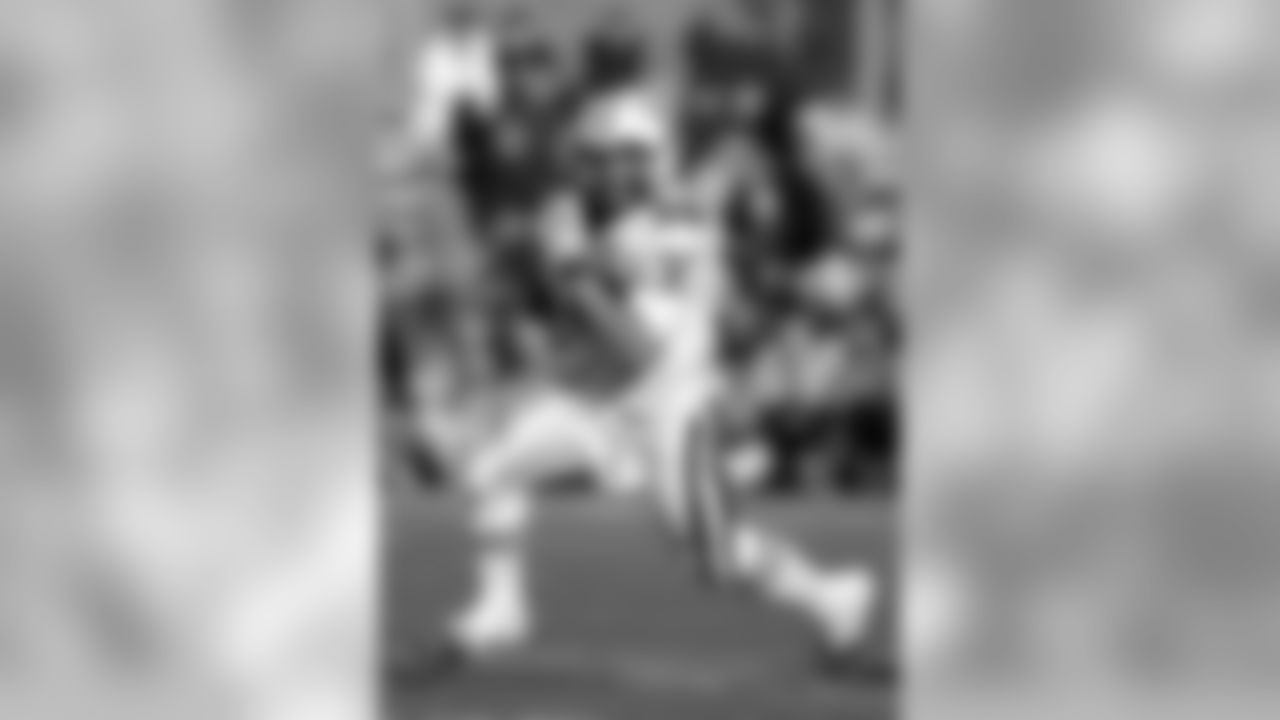
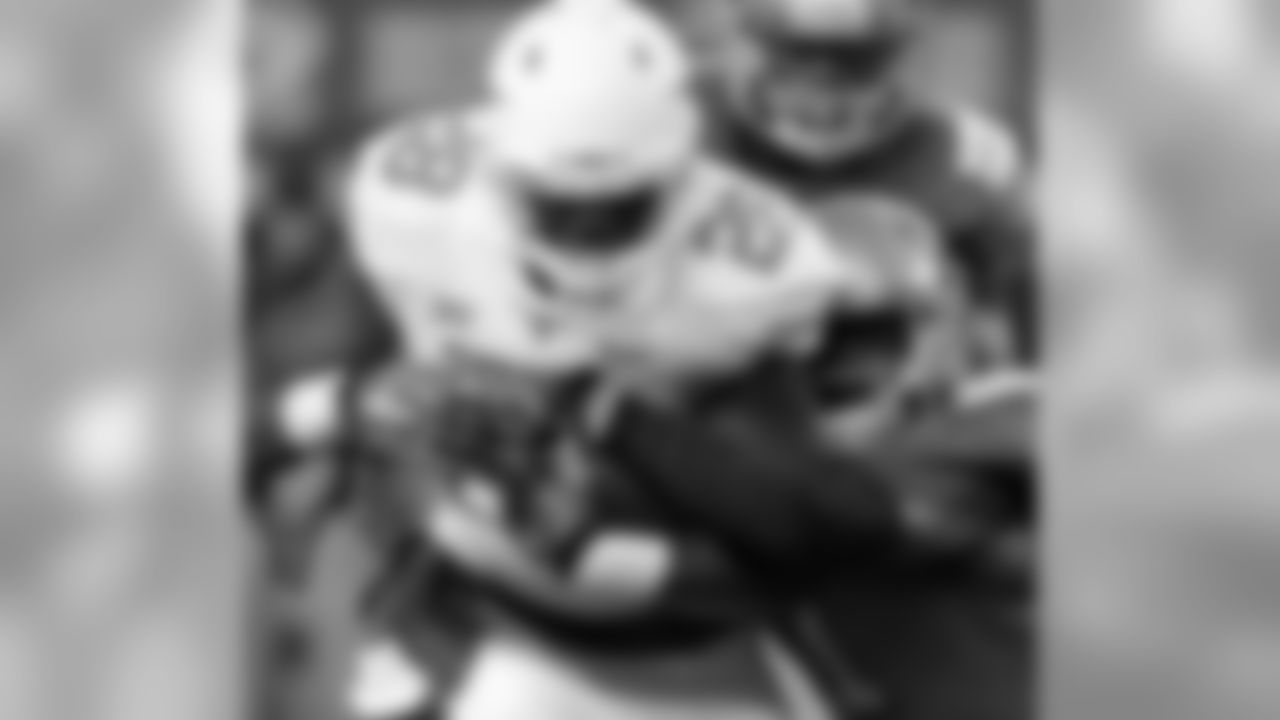
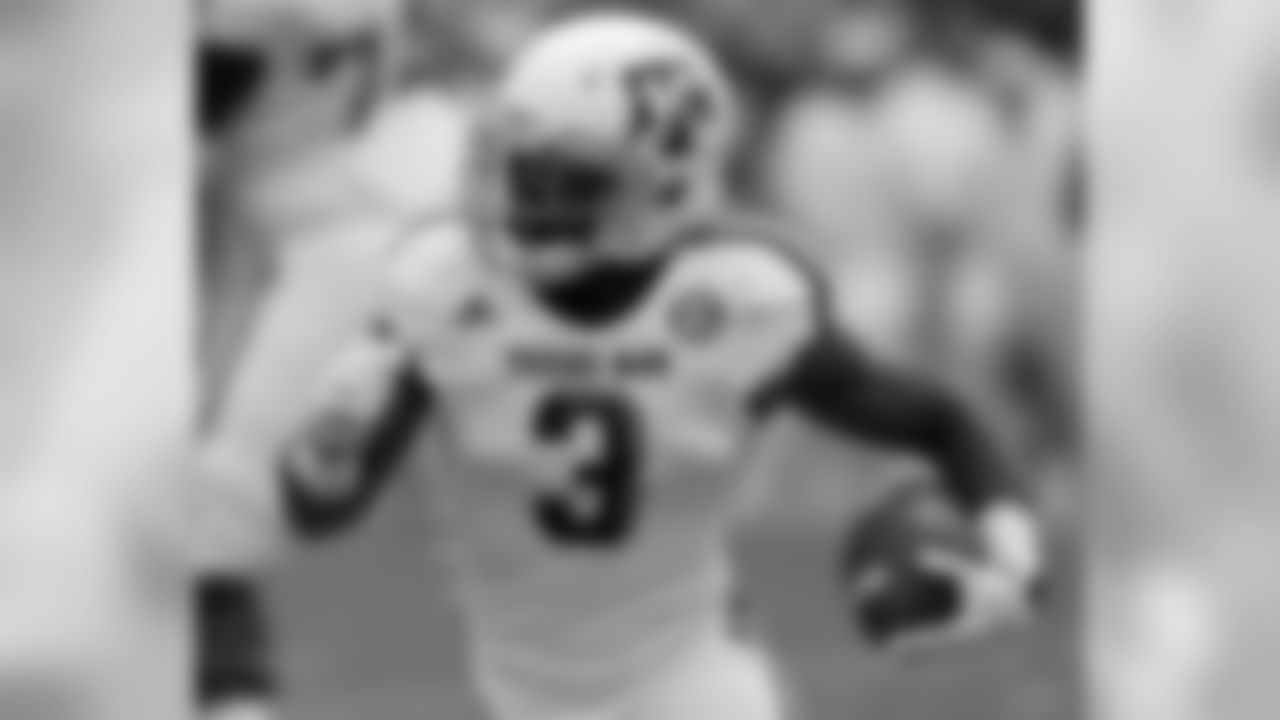
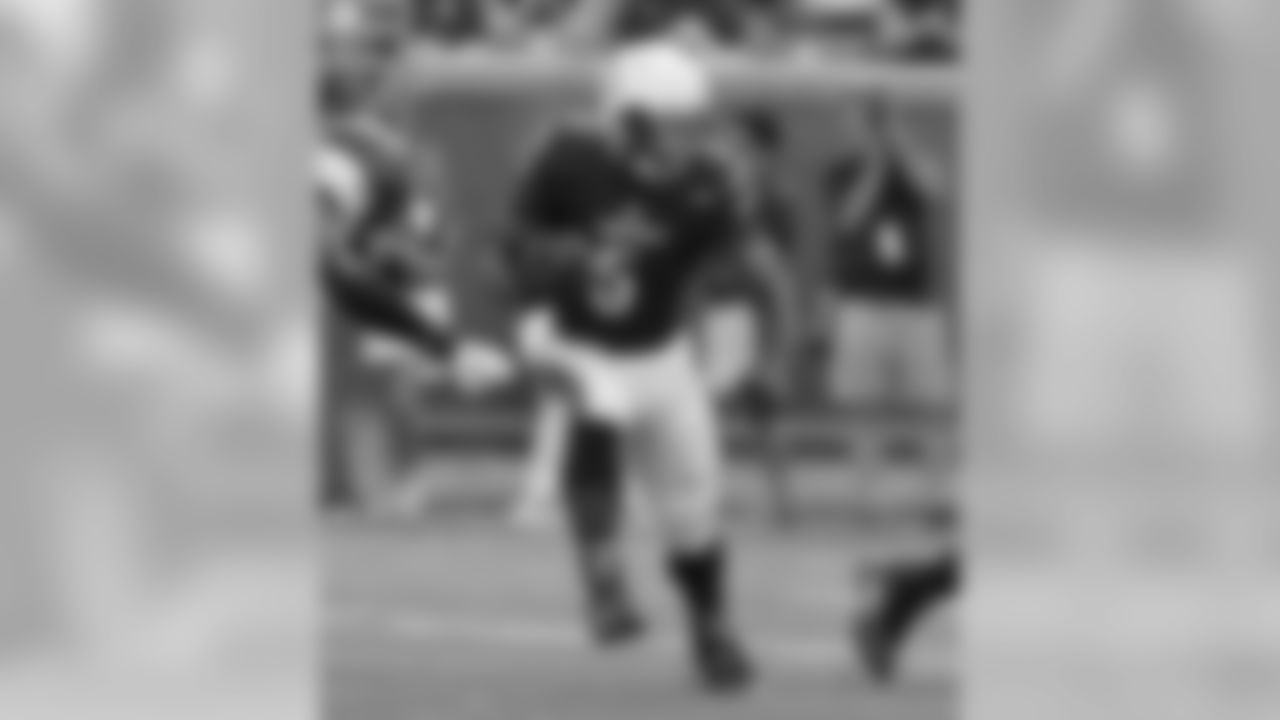
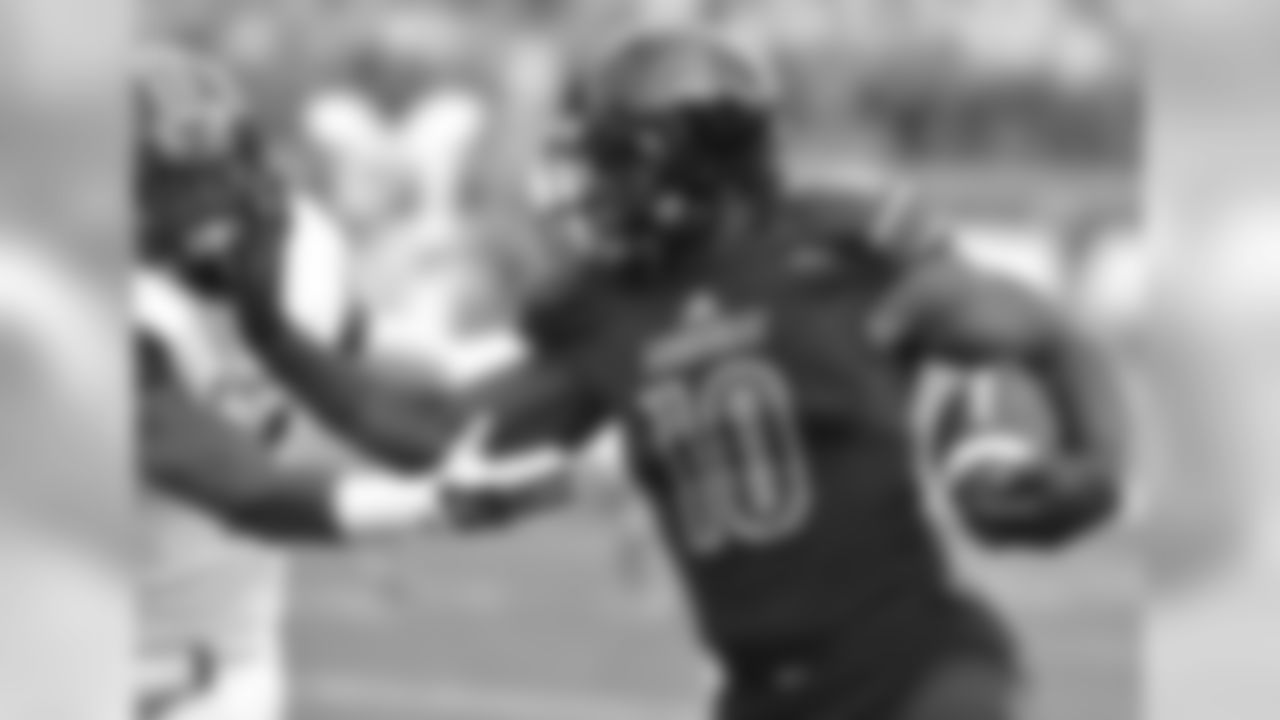
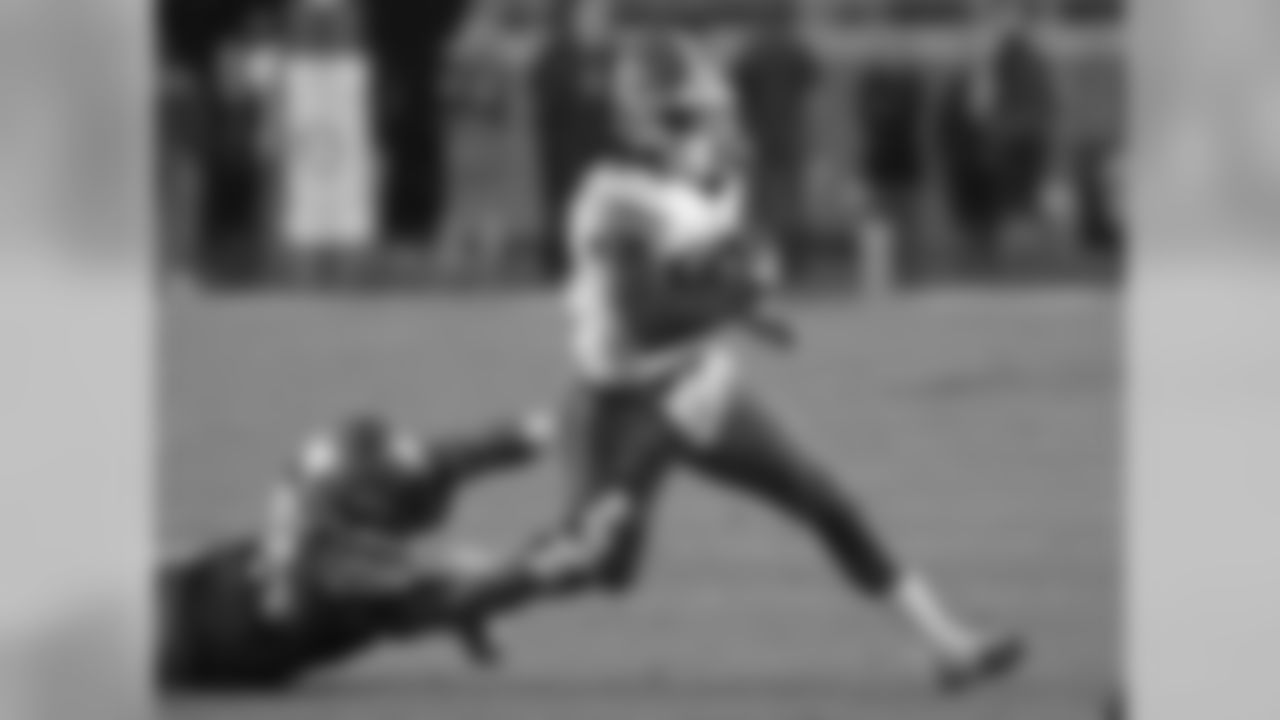

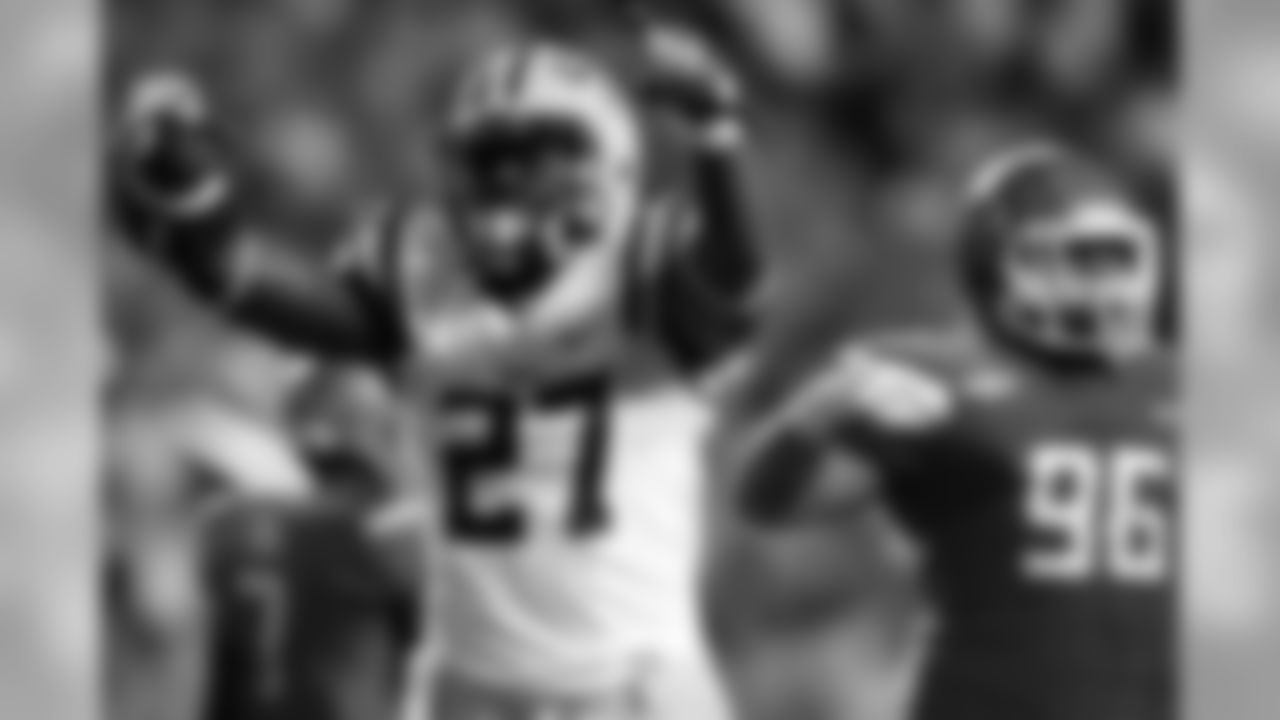
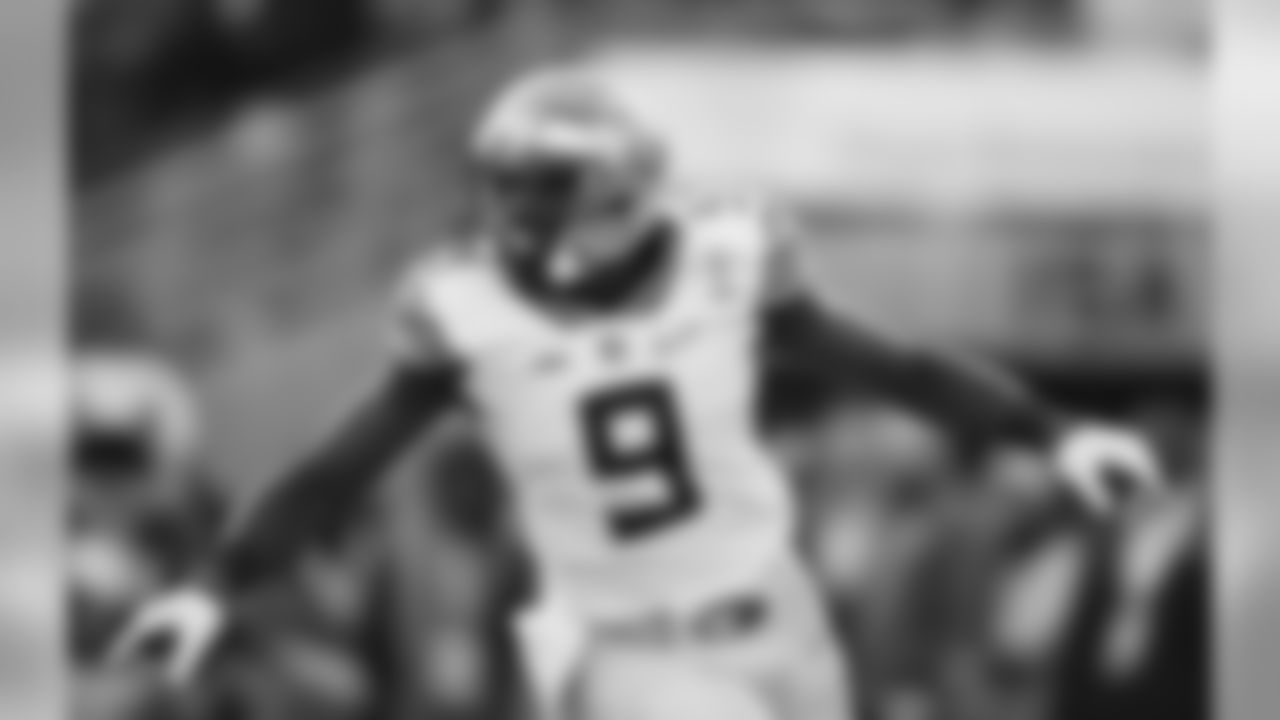
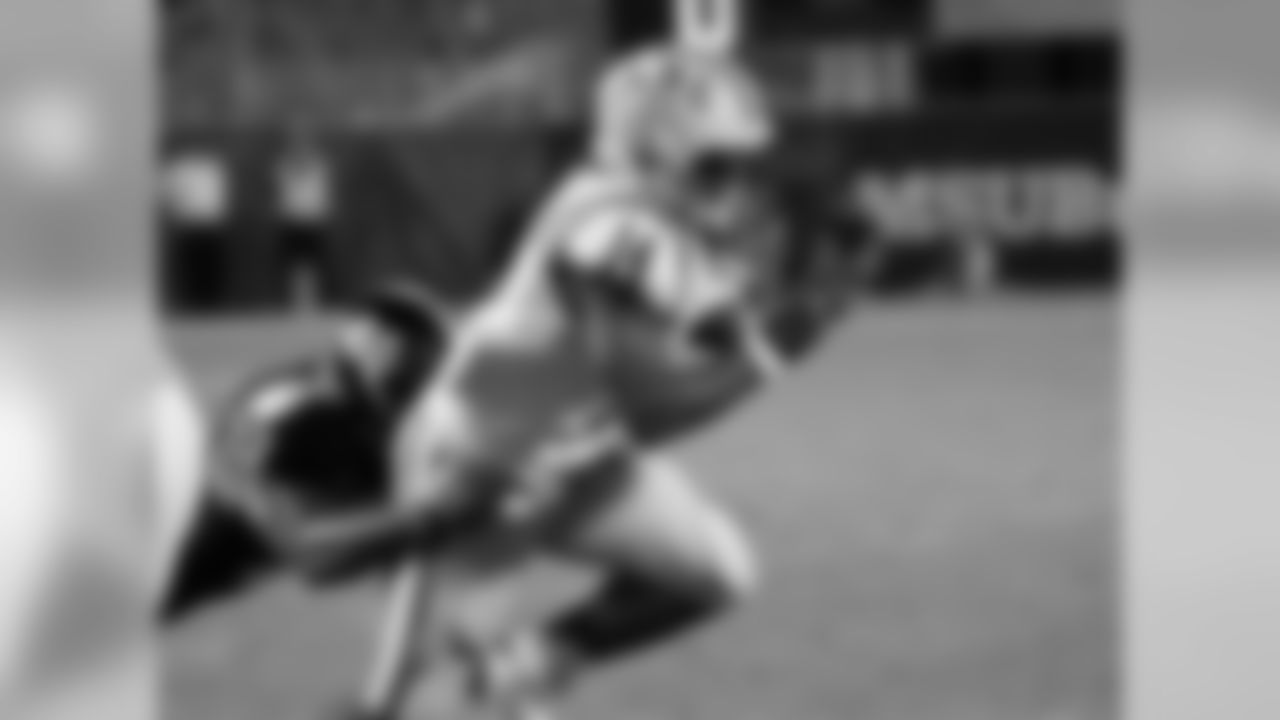
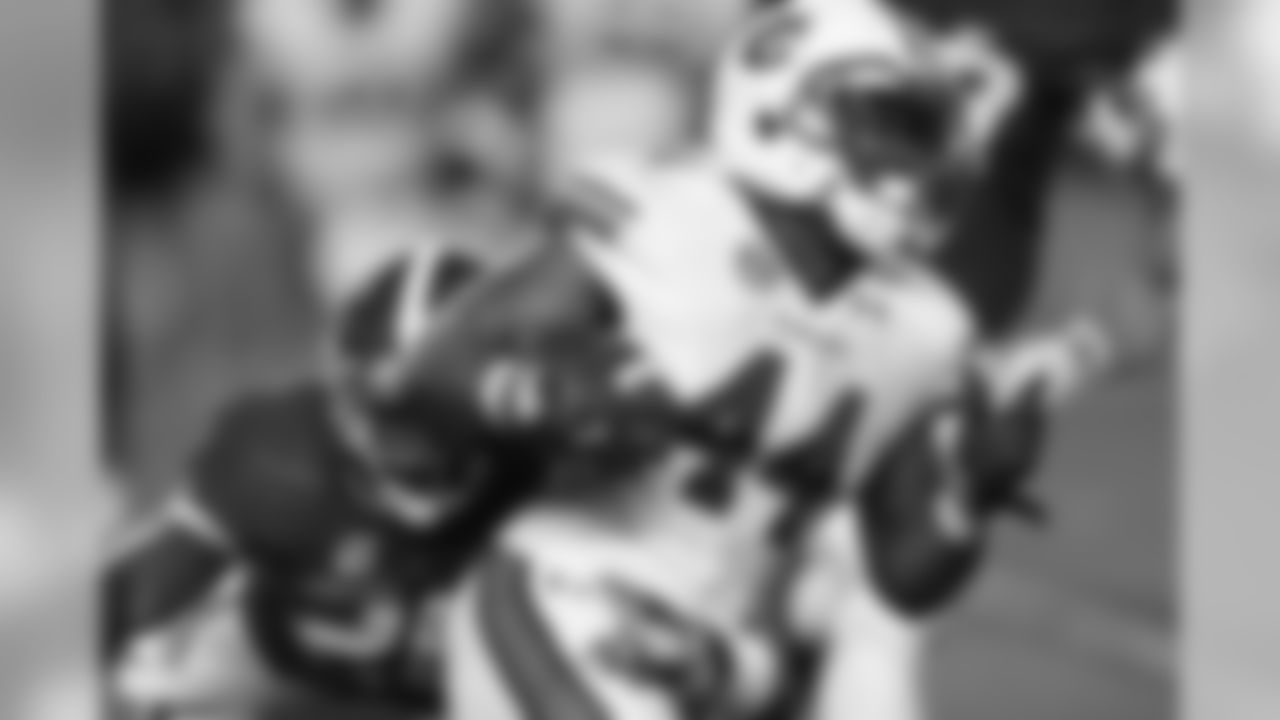
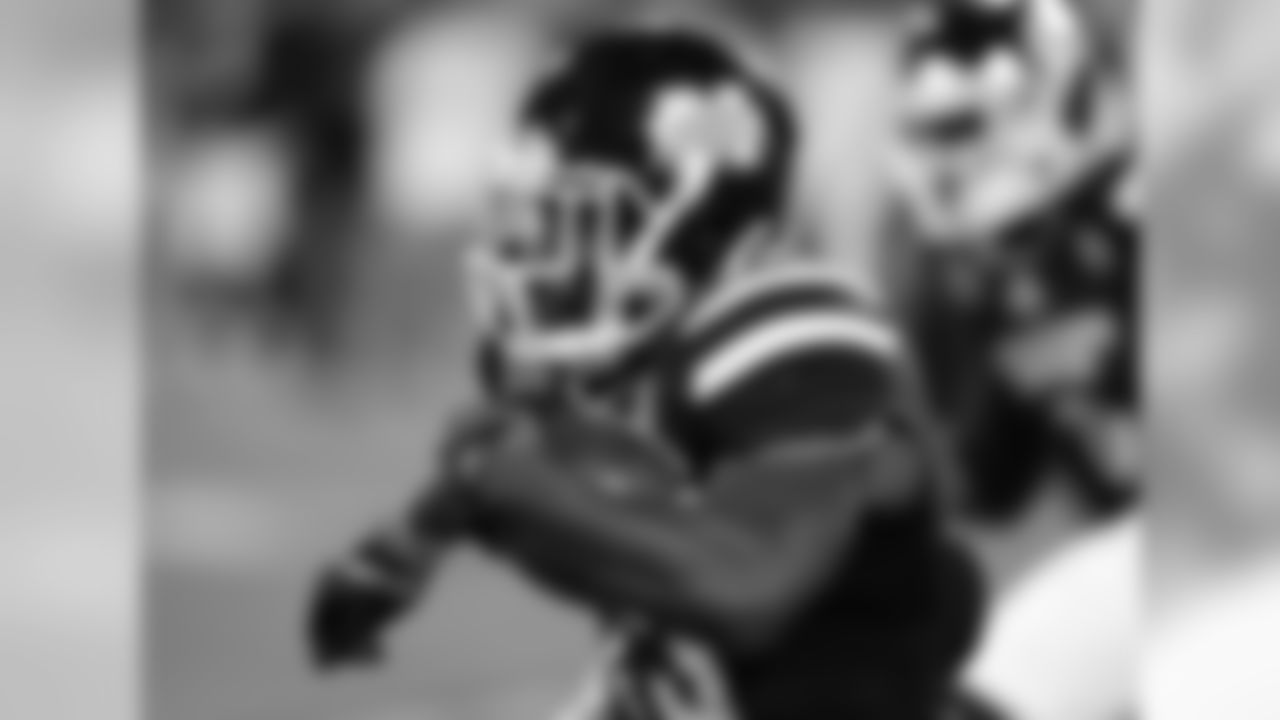
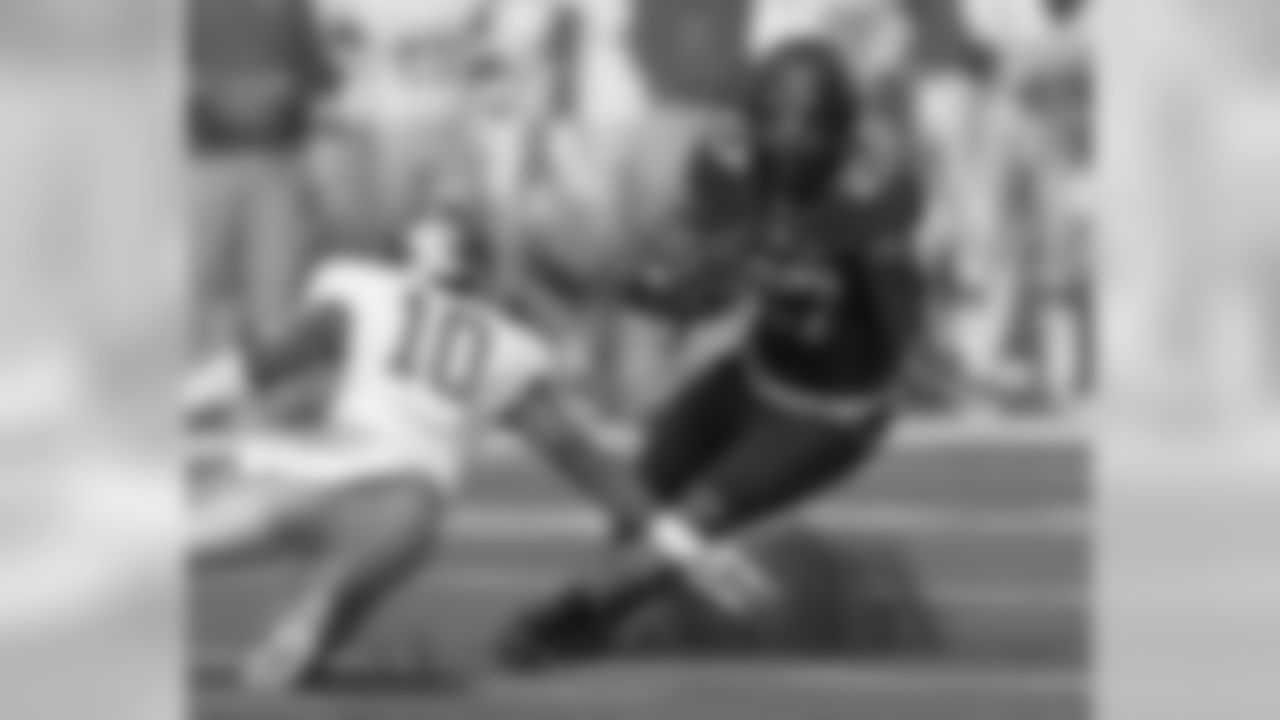

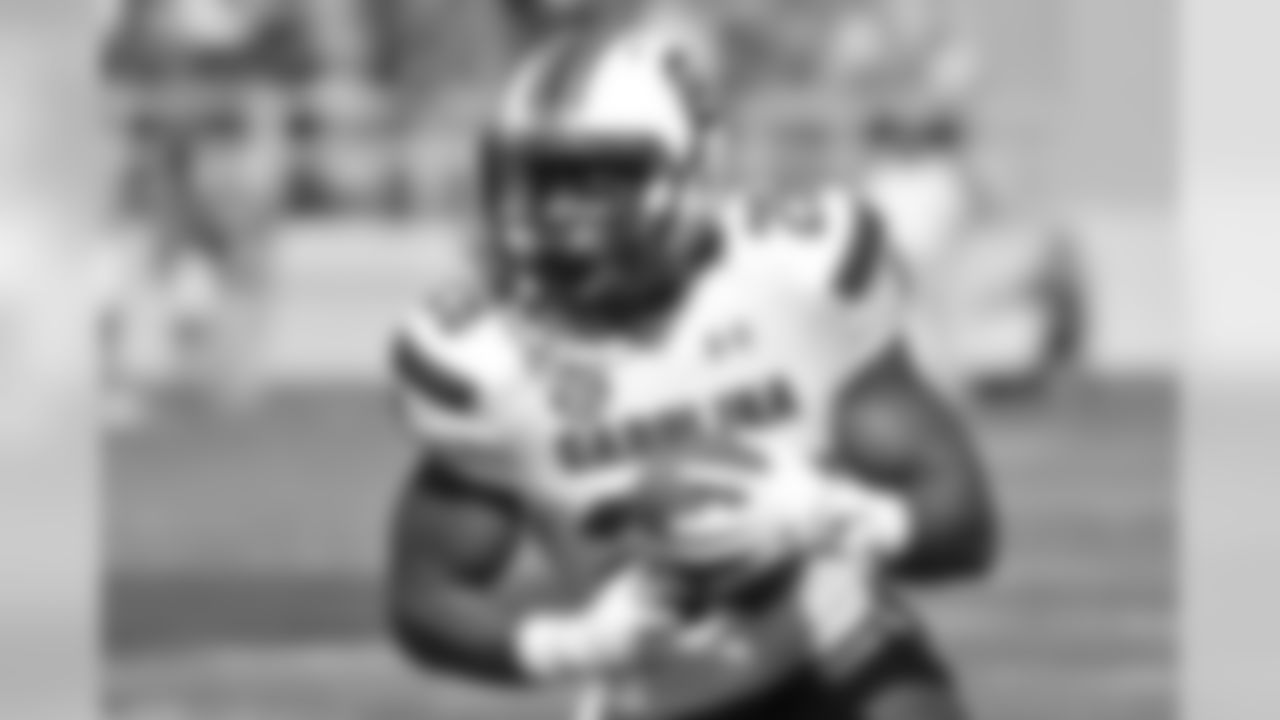
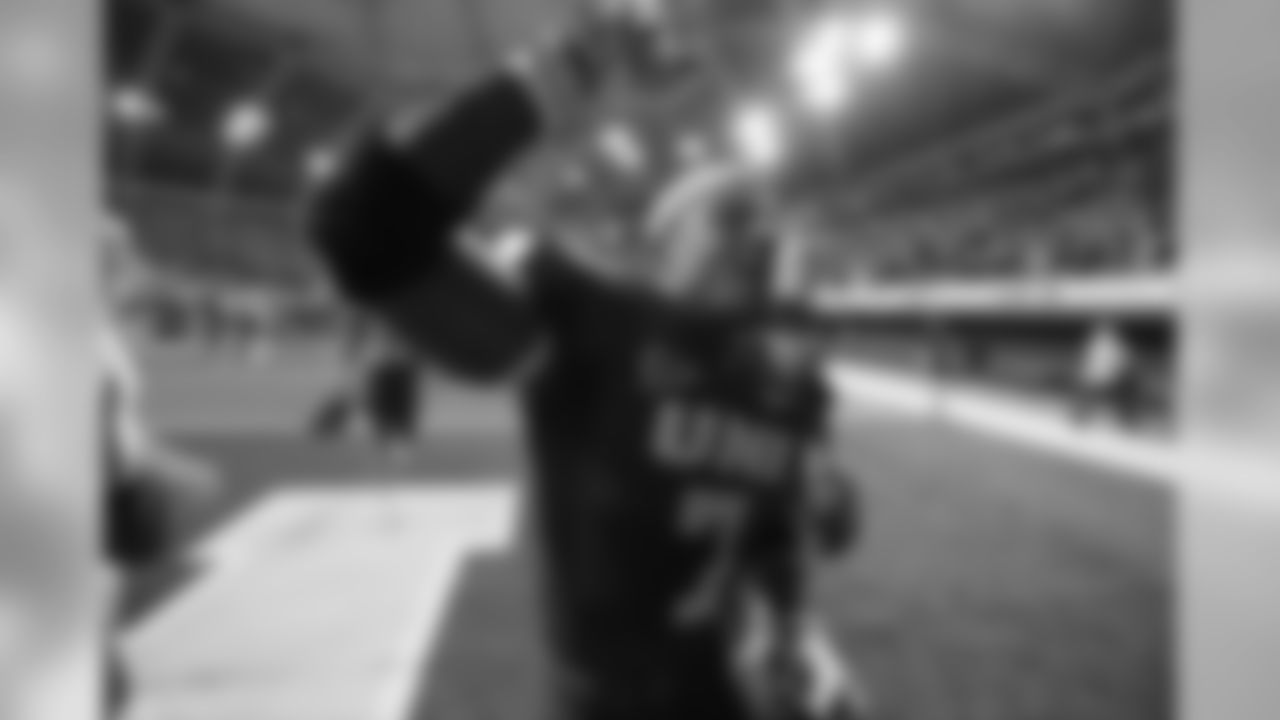
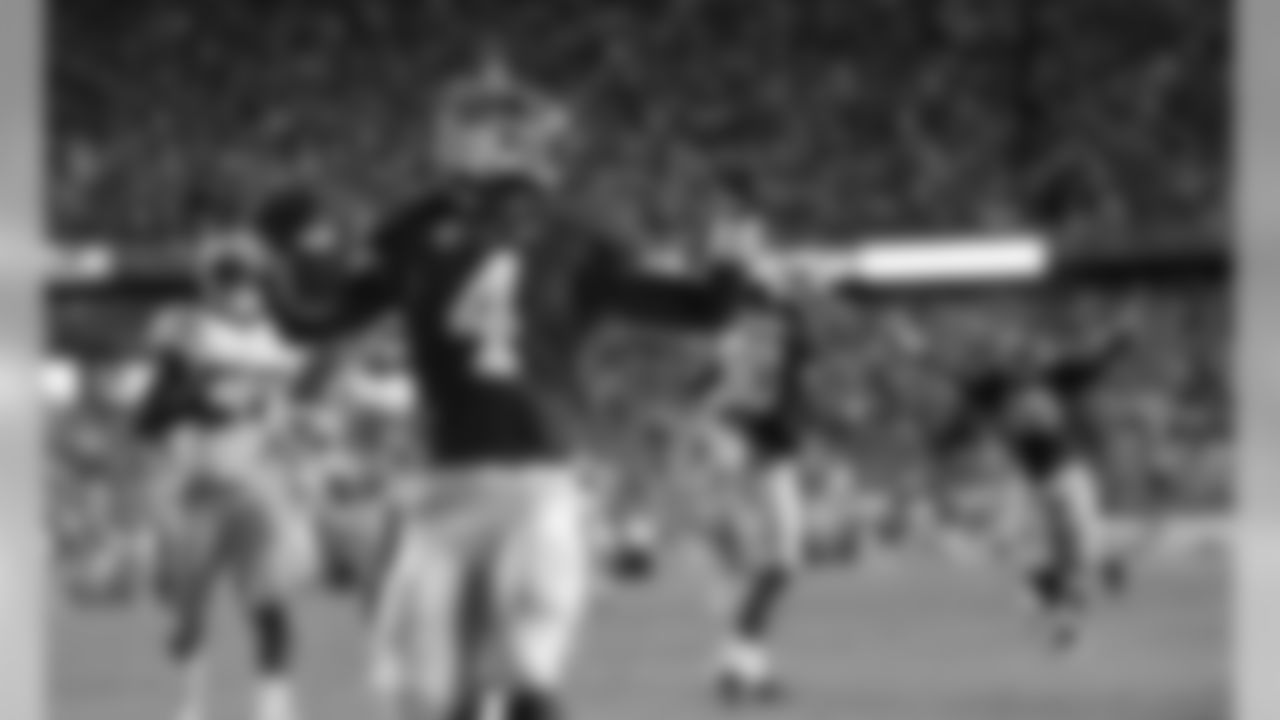
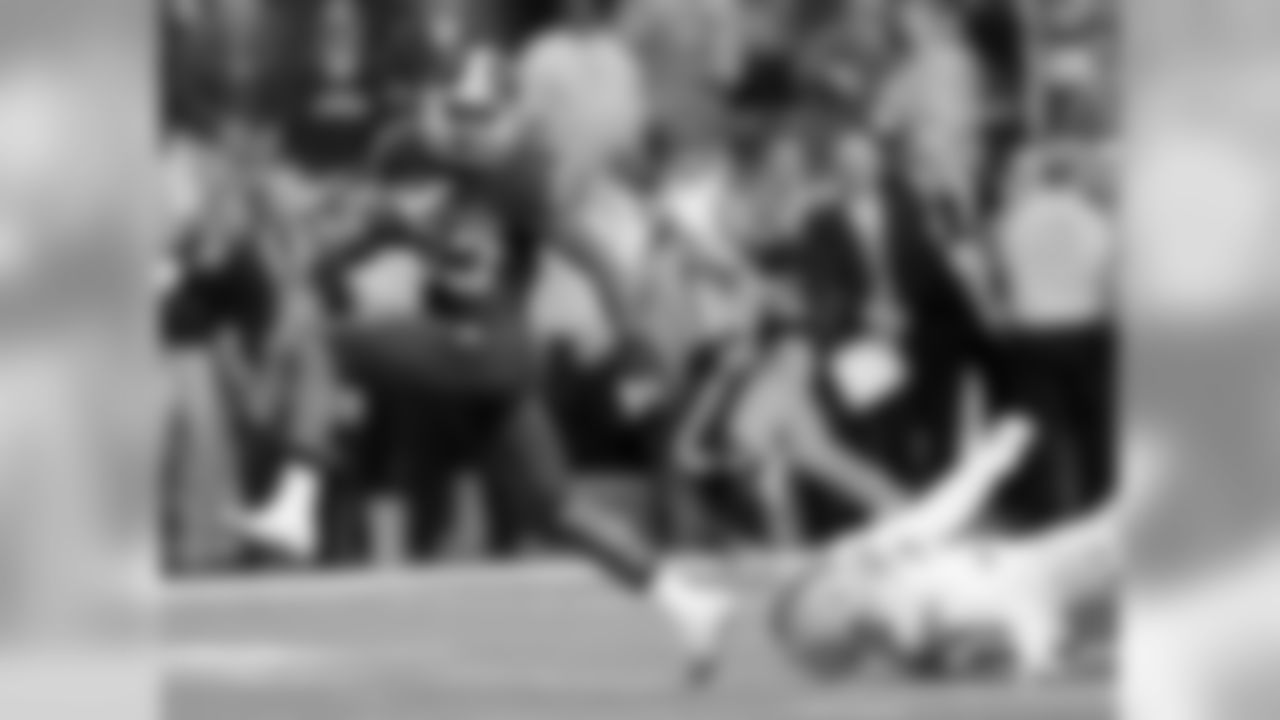
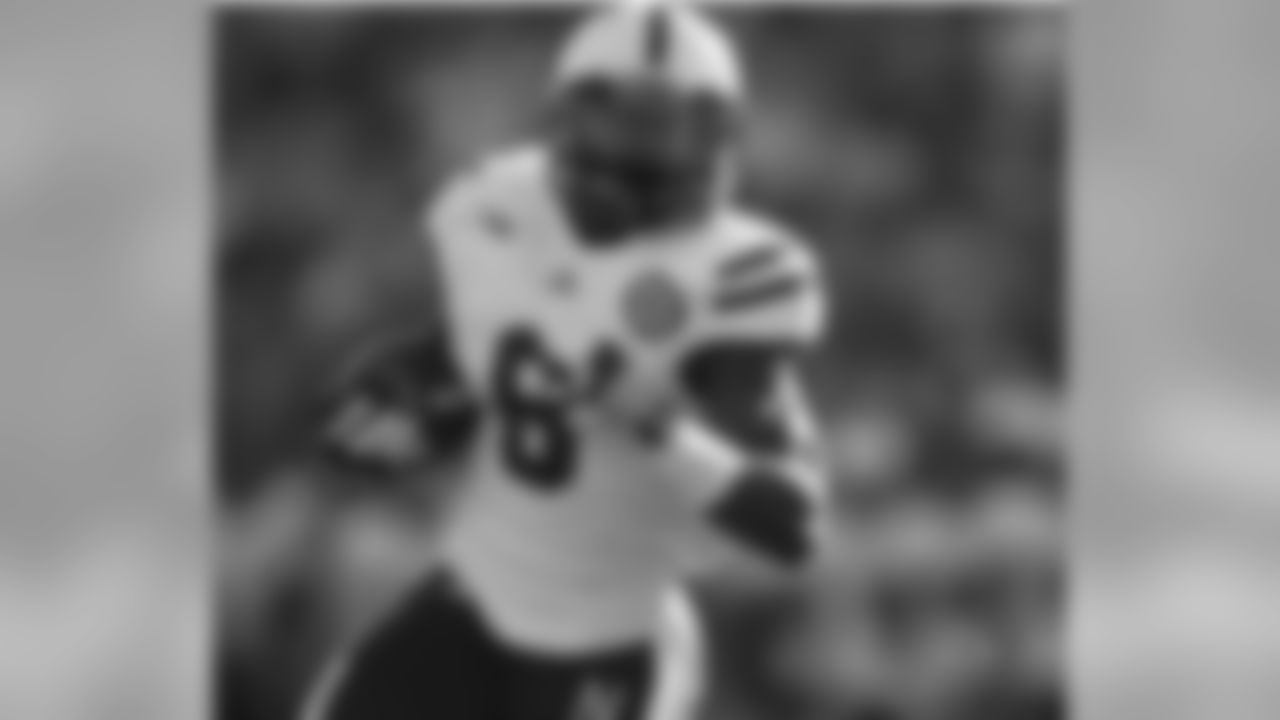
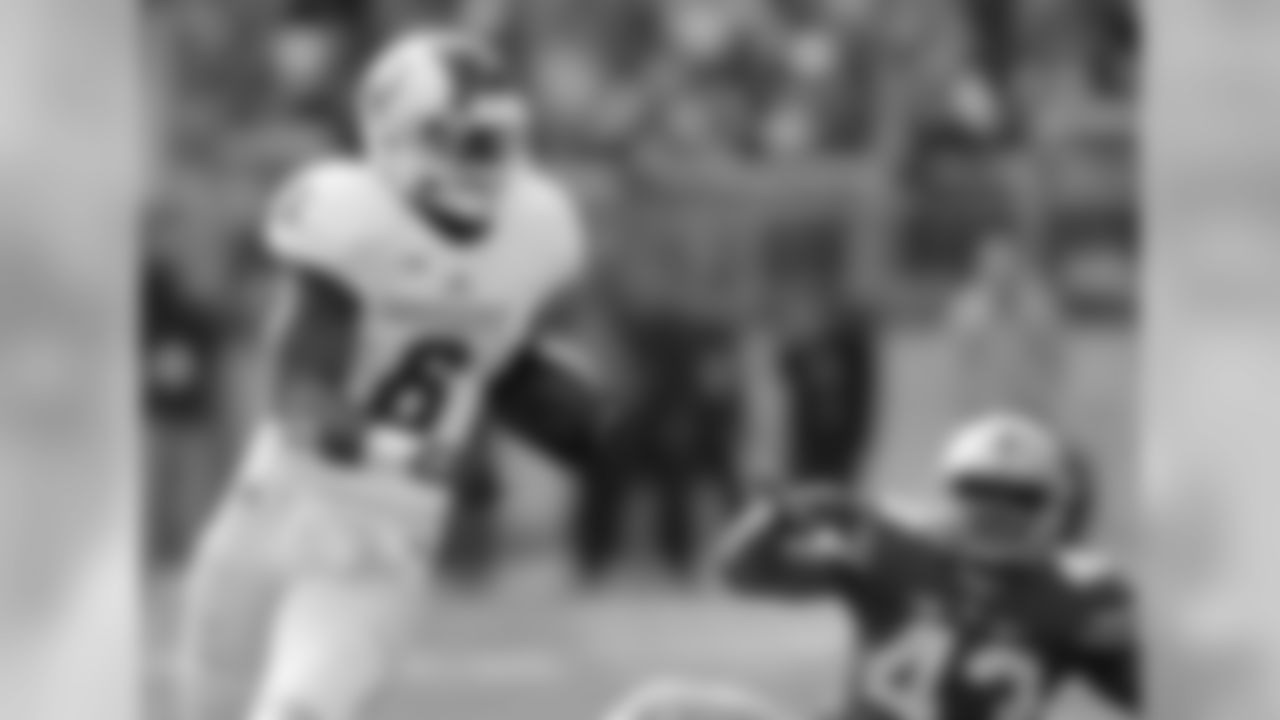
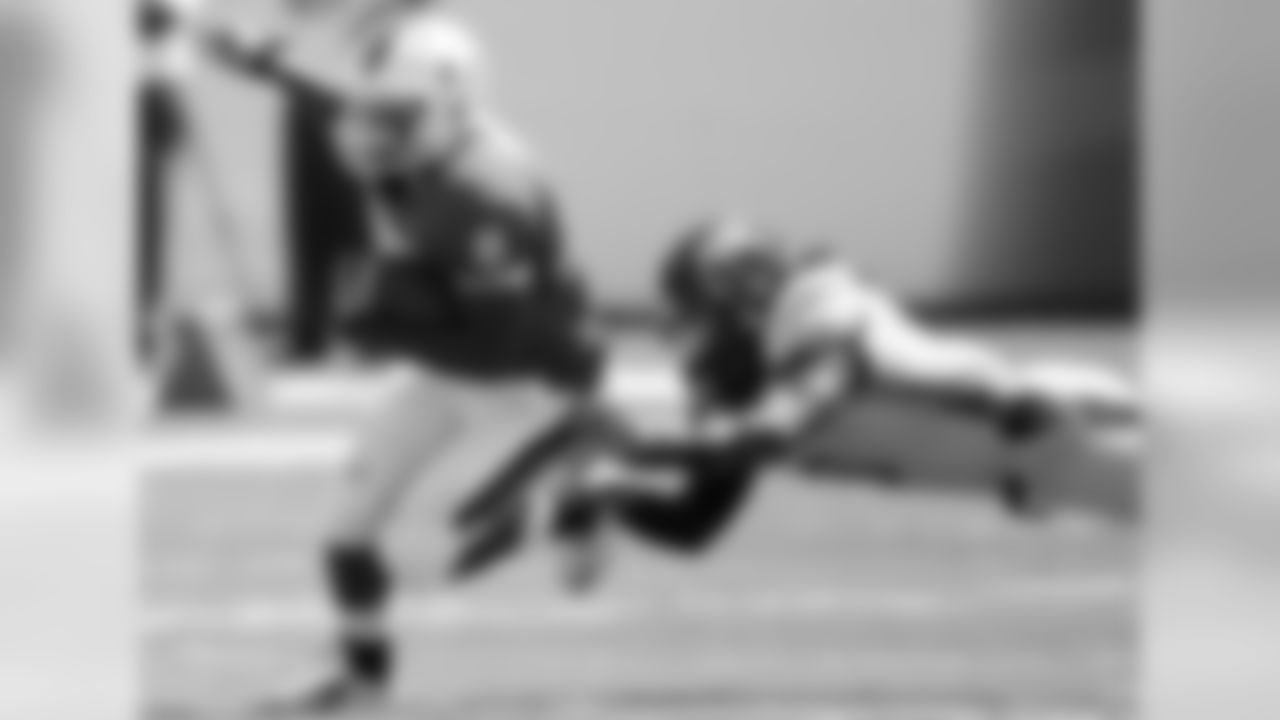
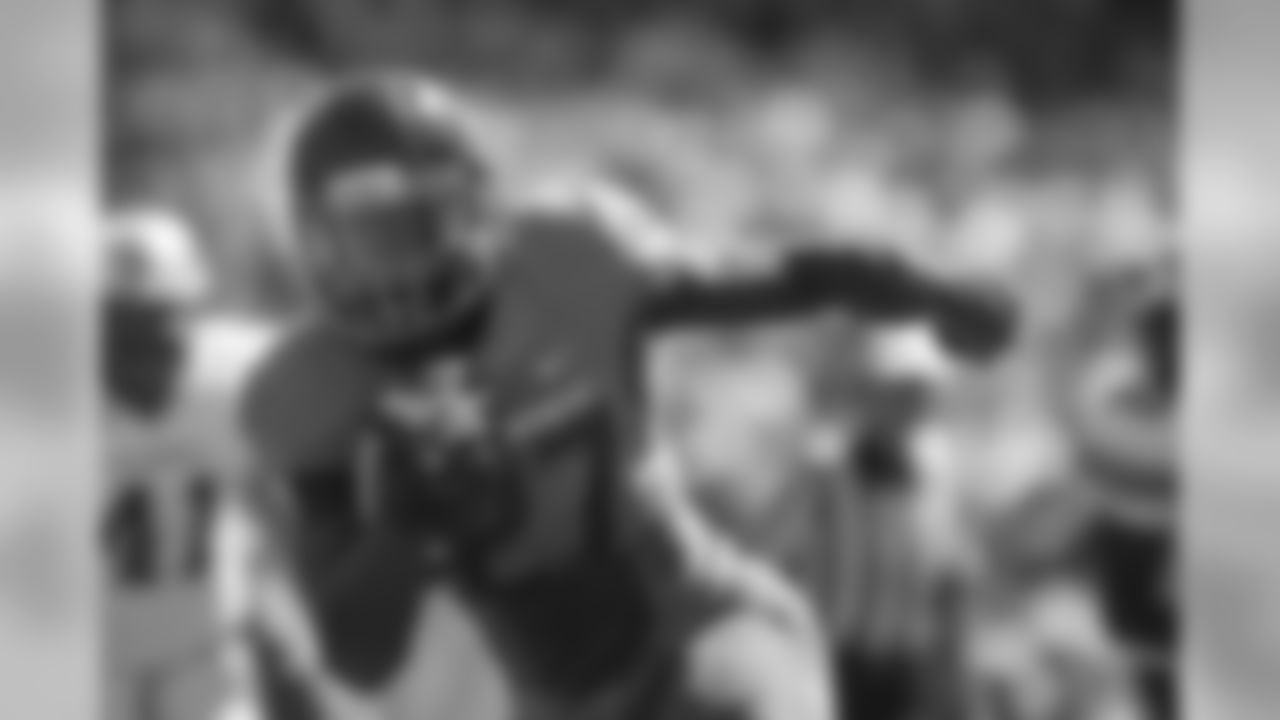
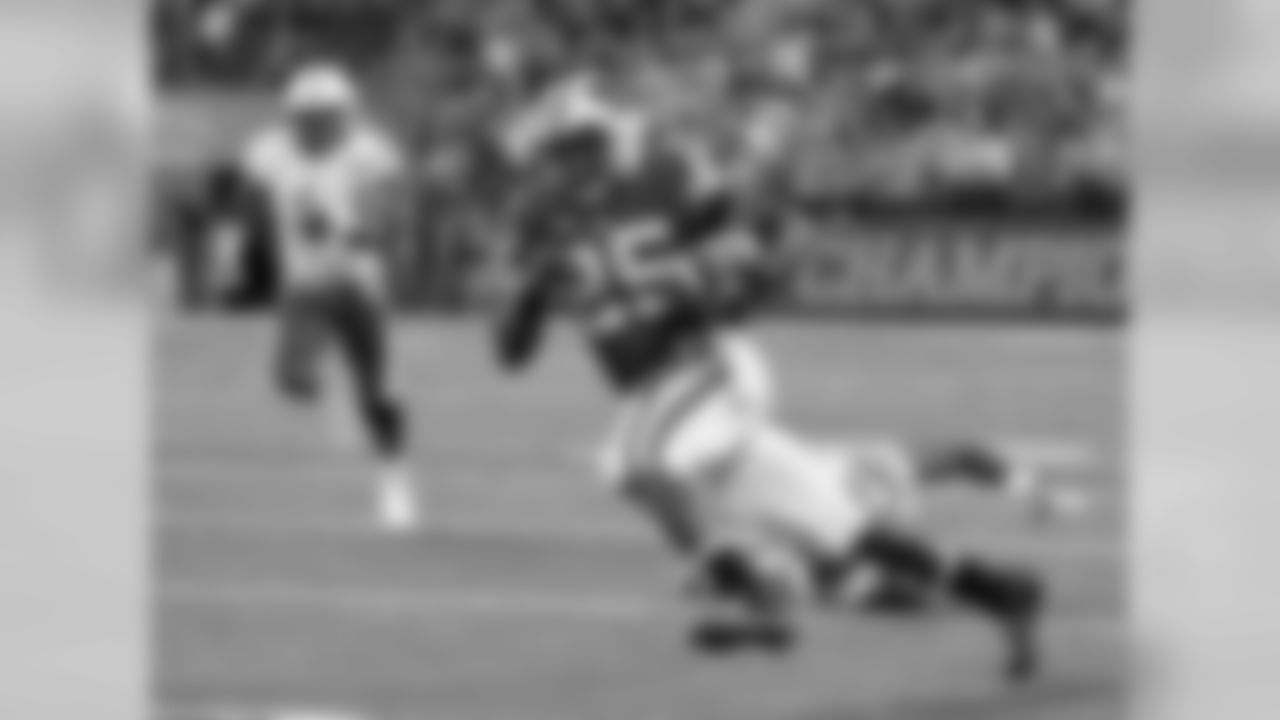
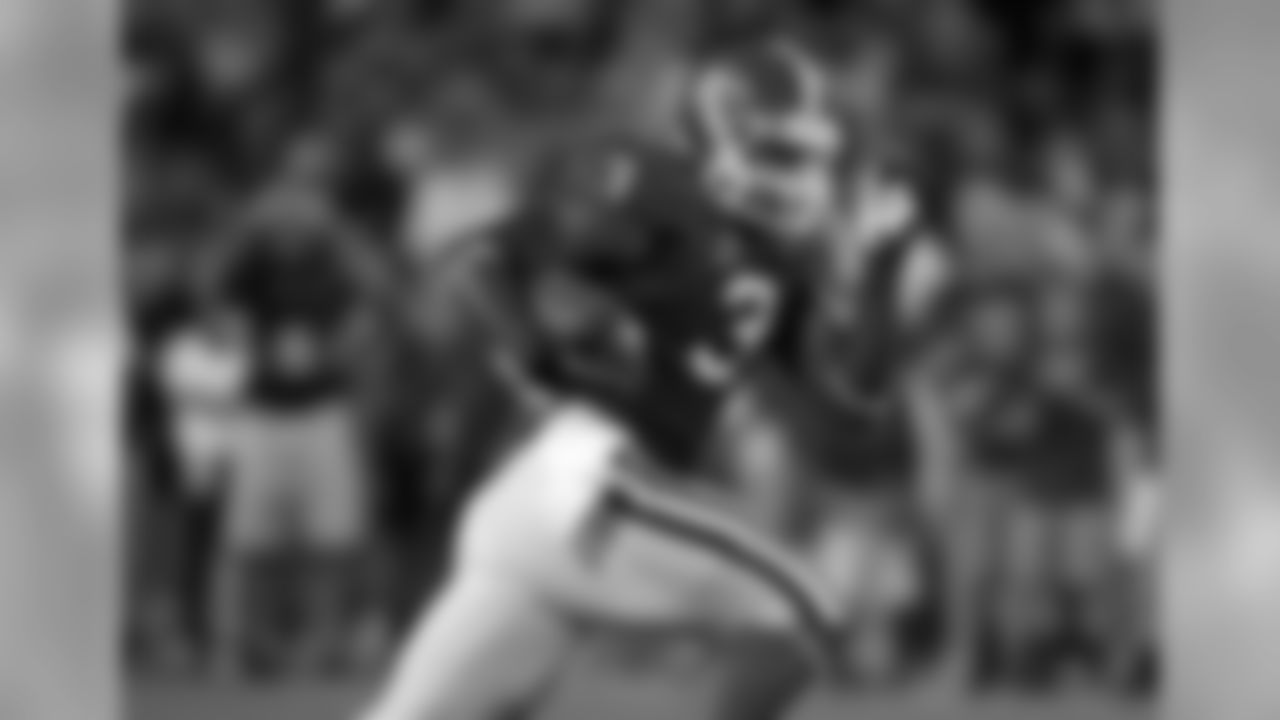
There's also the non-zero chance that the Buccaneers could once again surprise their fans by drafting a running back. Tailbacks may not play a huge role in how the first round falls out this year – Todd Gurley and Melvin Gordon are likely the only two with a chance to go on Day One, and either would be a surprise in the top 10 – but there is enough talent to spread out through the later rounds. If the Buccaneers were to draft a running back on Day Three, it might be an indication that they feel he is a better fit for what they want to do than one of the aforementioned four already on the roster.
We have to throw the no-contact-in-the-offseason caveat out there again, as it doesn't mean much when every running back carry goes the distance on a May afternoon on the practice field. And yet there is still much to learn about those ballcarriers, primarily because the team will be adjusting to the play-calling of new Offensive Coordinator Dirk Koetter. Those who demonstrate an early aptitude for Koetter's playbook could find themselves moving toward the top of the depth chart.
3. Is there enough depth at cornerback?
This question, too, could have a slightly different answer after the draft, but the Buccaneers will start looking at a potentially deeper depth chart on Monday. Veteran Mike Jenkins was re-signed after a 2014 season almost completely lost to injury and former Cowboy Sterling Moore came aboard as an unrestricted free agent after a minor breakout last fall in Dallas.
Despite the team's overall struggles in 2014, there were some encouraging results at one of the game's most important positions. Alterraun Verner was one of the success stories amid a mostly disappointing run through free agency and second-year man Johnthan Banks appeared to make steady progress throughout the season. Still, with Jenkins removed from the picture and a handful of injuries to other corners, the depth at that position was once again sorely tested. In the process, the Bucs saw some things they liked in rookie waiver claim Brandon Dixon, but overall the defense ranked 28th against the pass and let opposing QBs complete nearly 69% of their throws.
Good NFL cornerbacks come from all over the draft, and even from the ranks of the undrafted, but that doesn't mean they are easy to find. In recent years the Bucs have tried dozens of players at that position and yet still rarely had the kind of corner depth that would allow them to remain strong whenever a front-line player was hurt.
Bringing back Jenkins and adding Moore were two efforts to address that issue. They are coming from opposite ends of the spectrum. The 30-year-old Jenkins is a one-time Pro Bowler with 63 starts who wants to show he still can play like he did in his prime. Moore is 25 and had a total of three NFL starts before getting an extended chance to play last year in Dallas; he would like to show that his strong work as a fill-in last year was not a fluke but the beginning of an upward ascent.
The Buccaneers agreed to terms with defensive back Sterling Moore on Thursday. Check out photos of his time with the Dallas Cowboys and New England Patriots (AP Images).
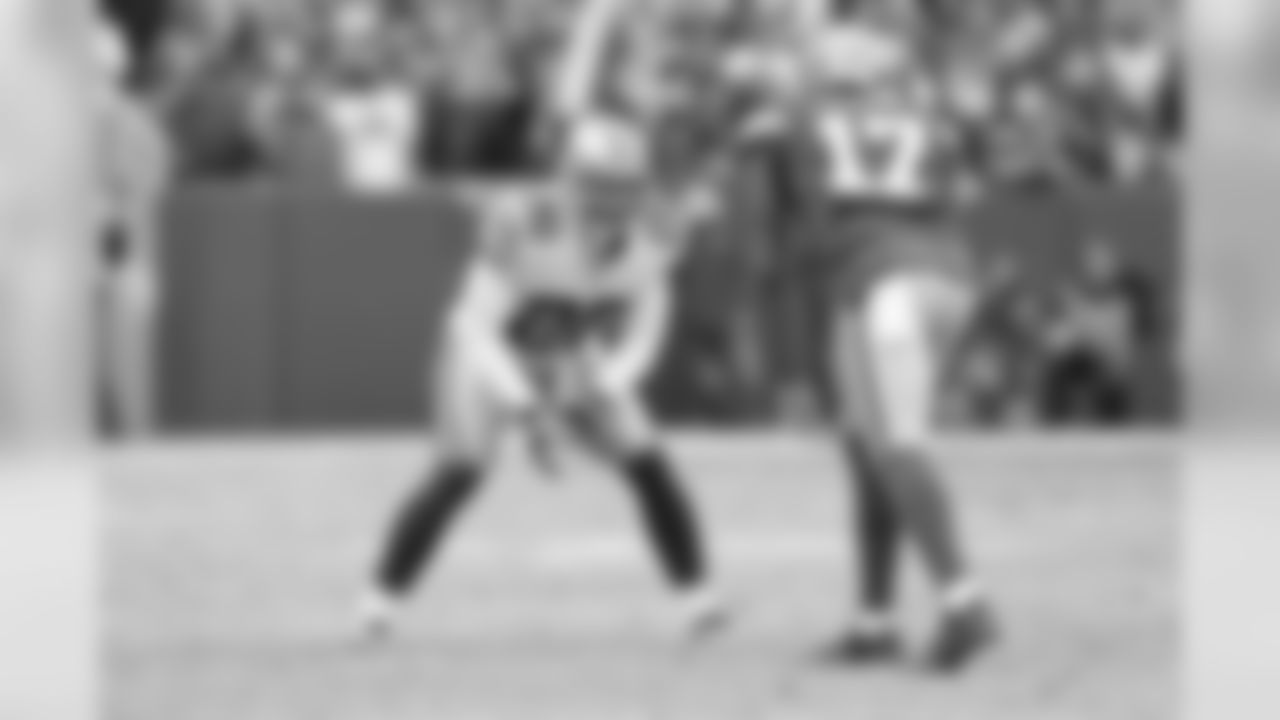
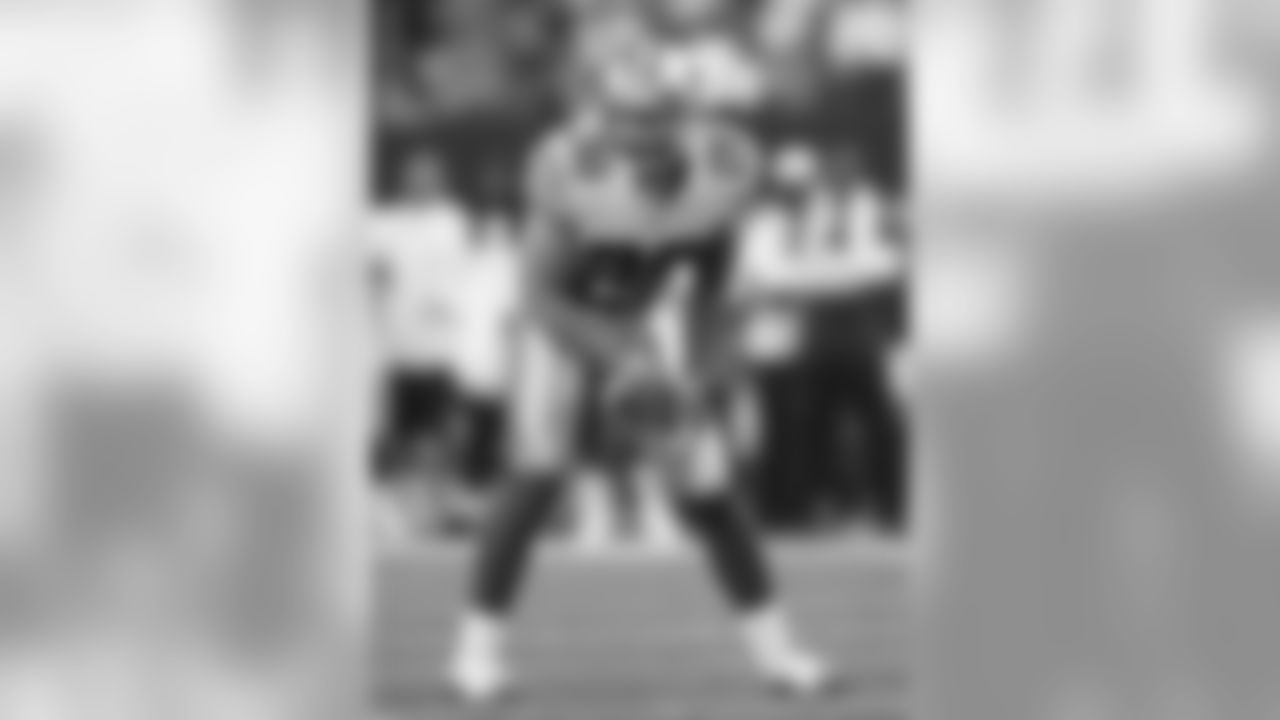
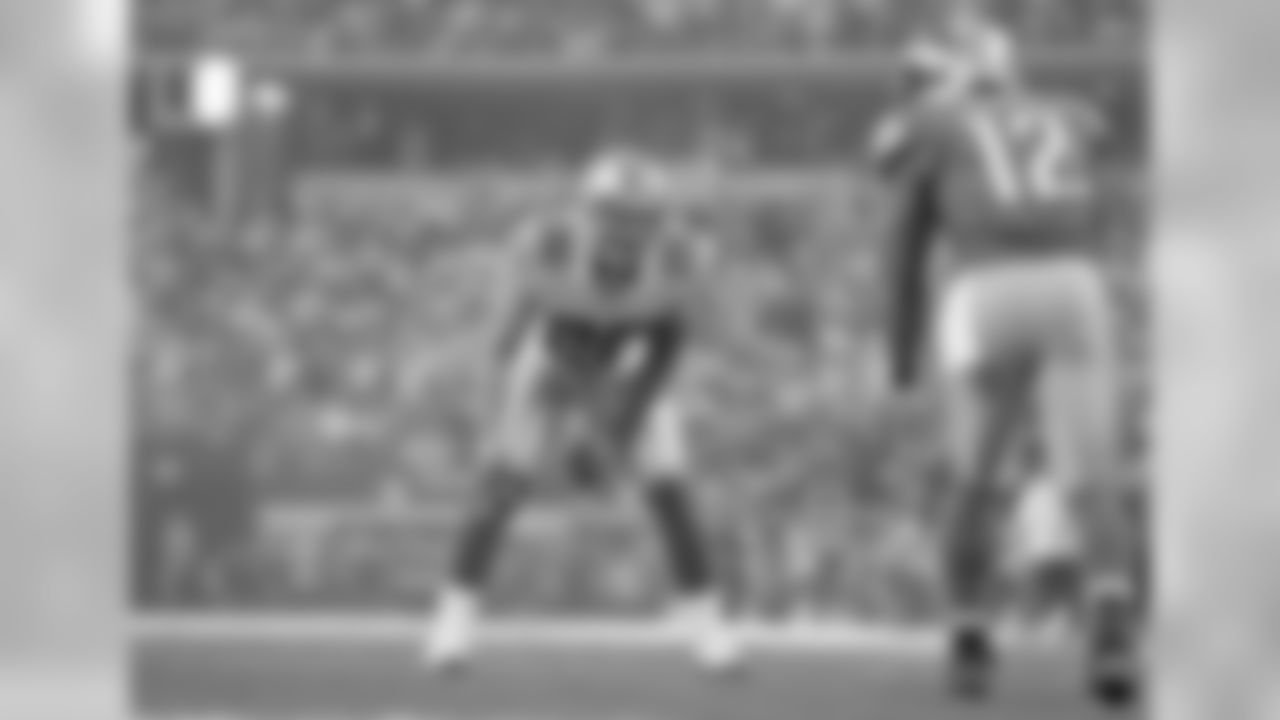
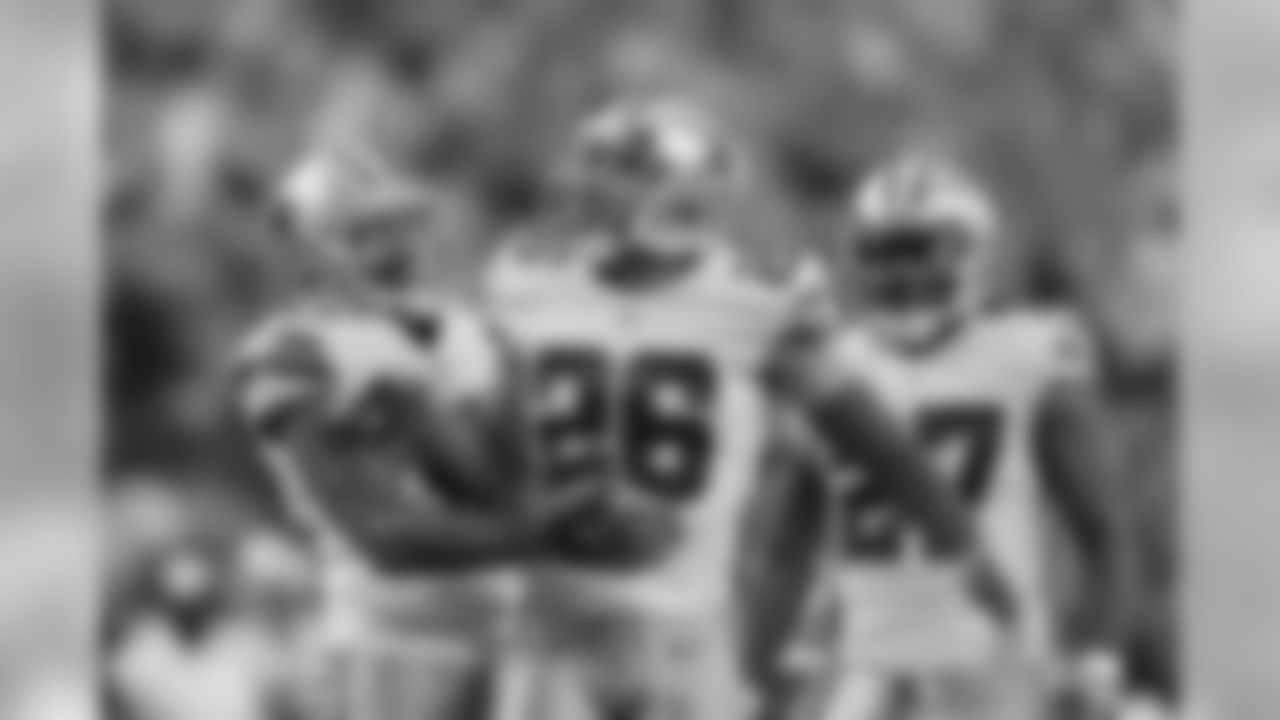
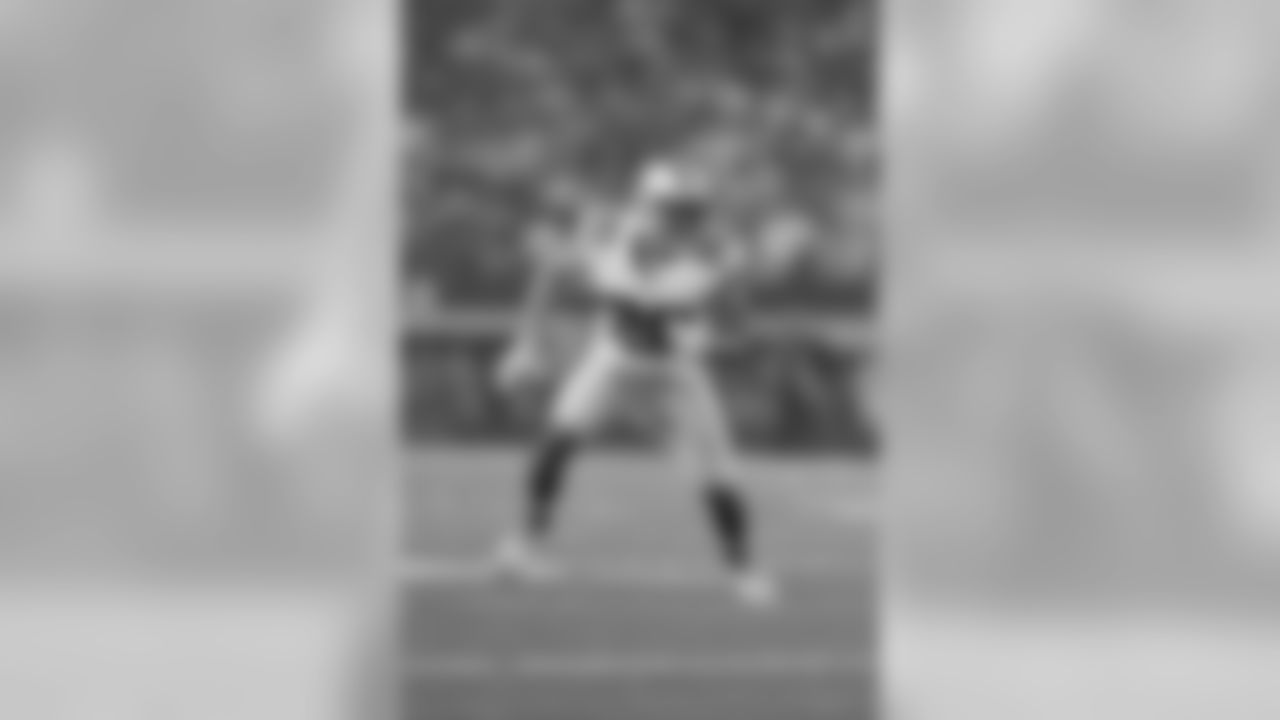
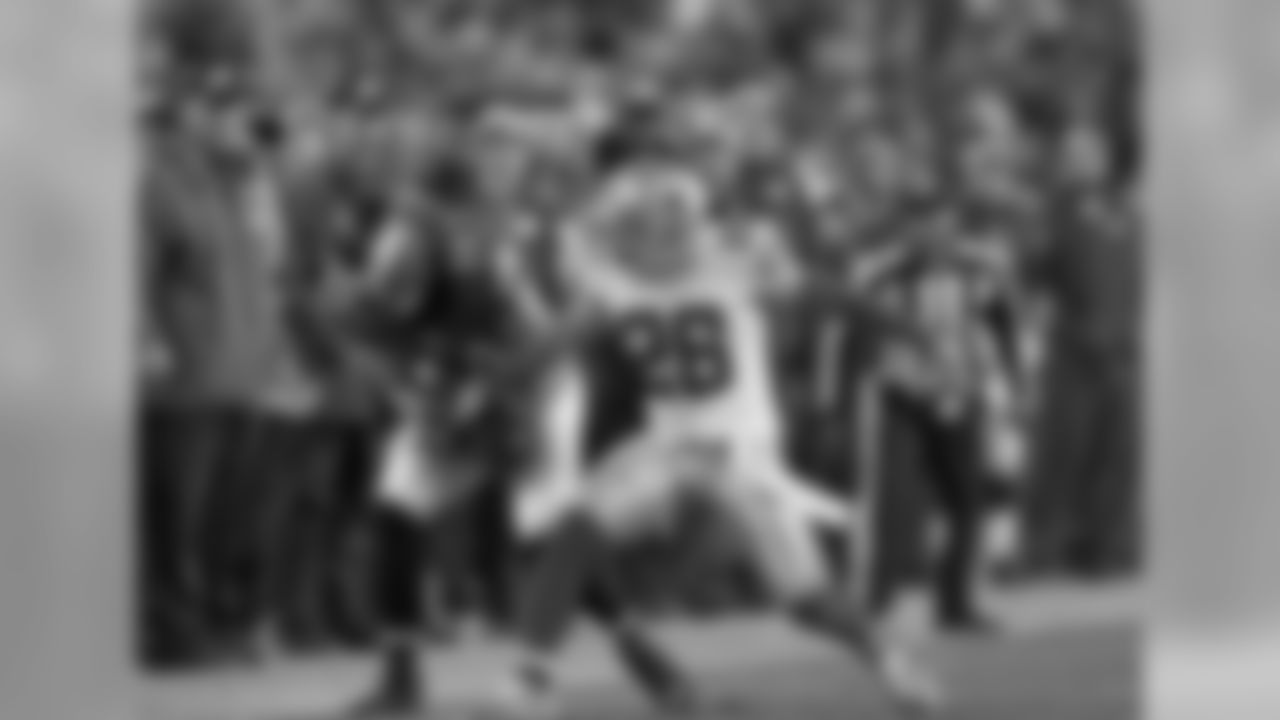
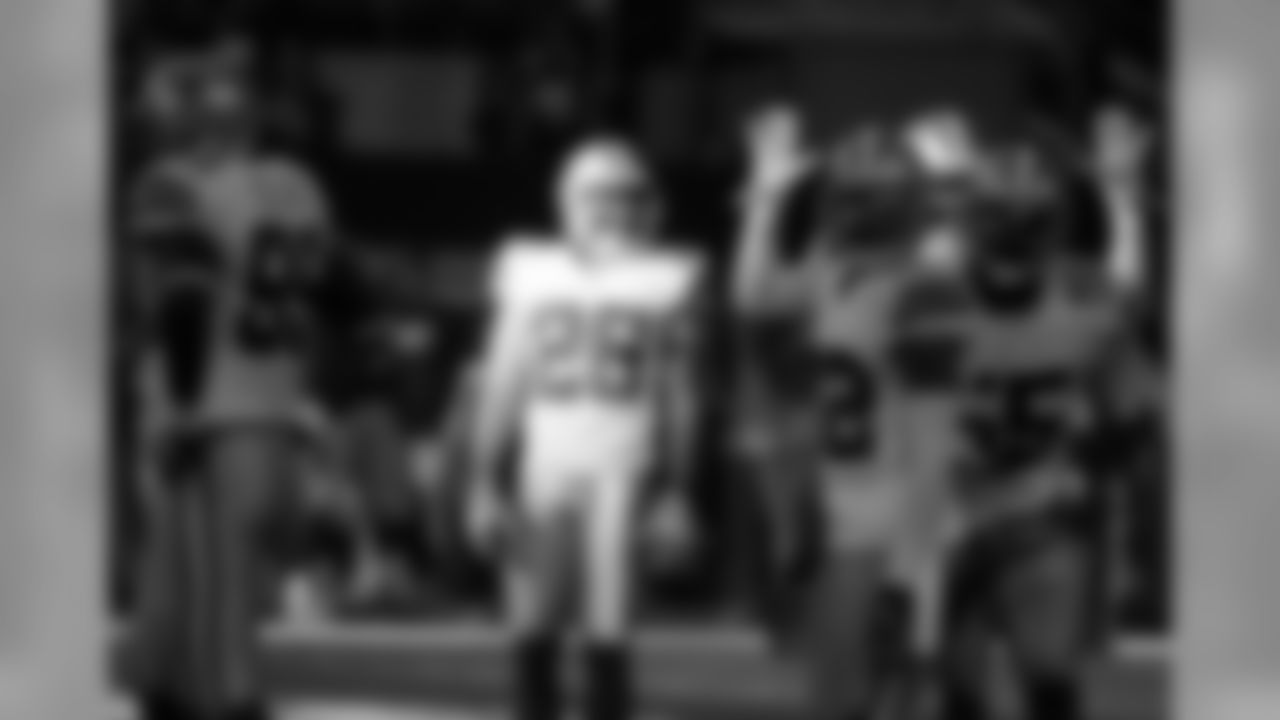
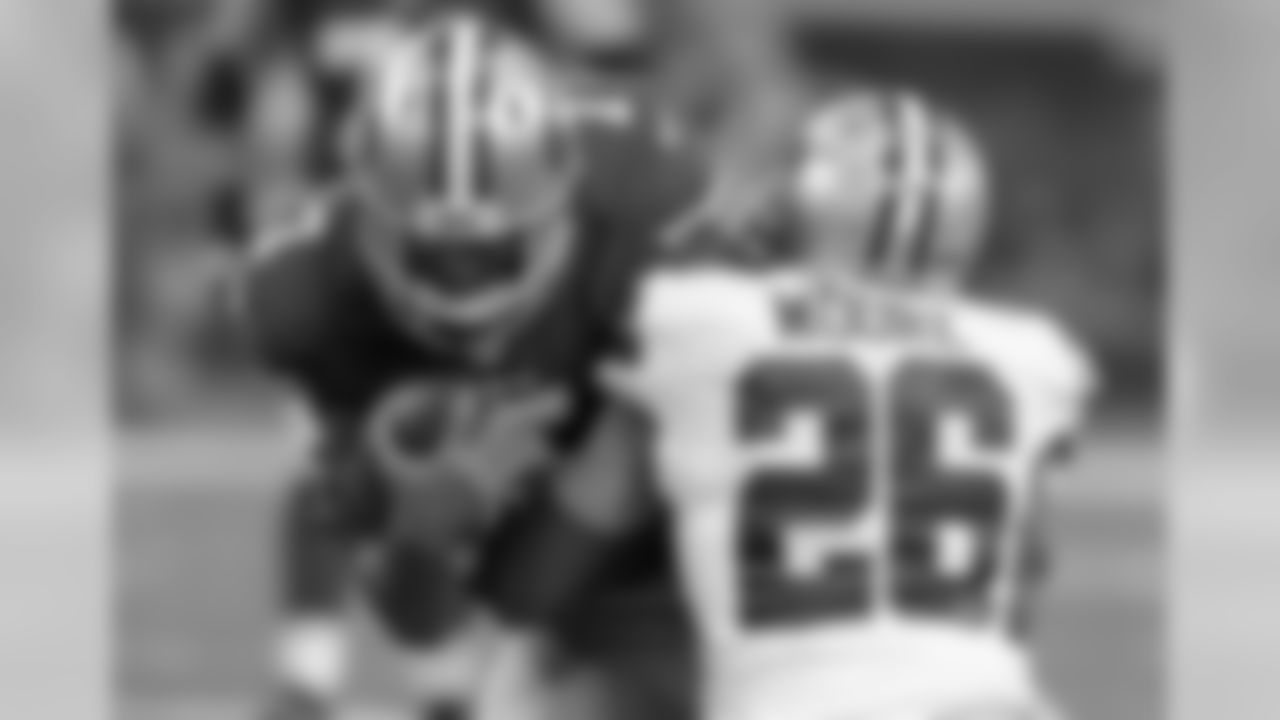
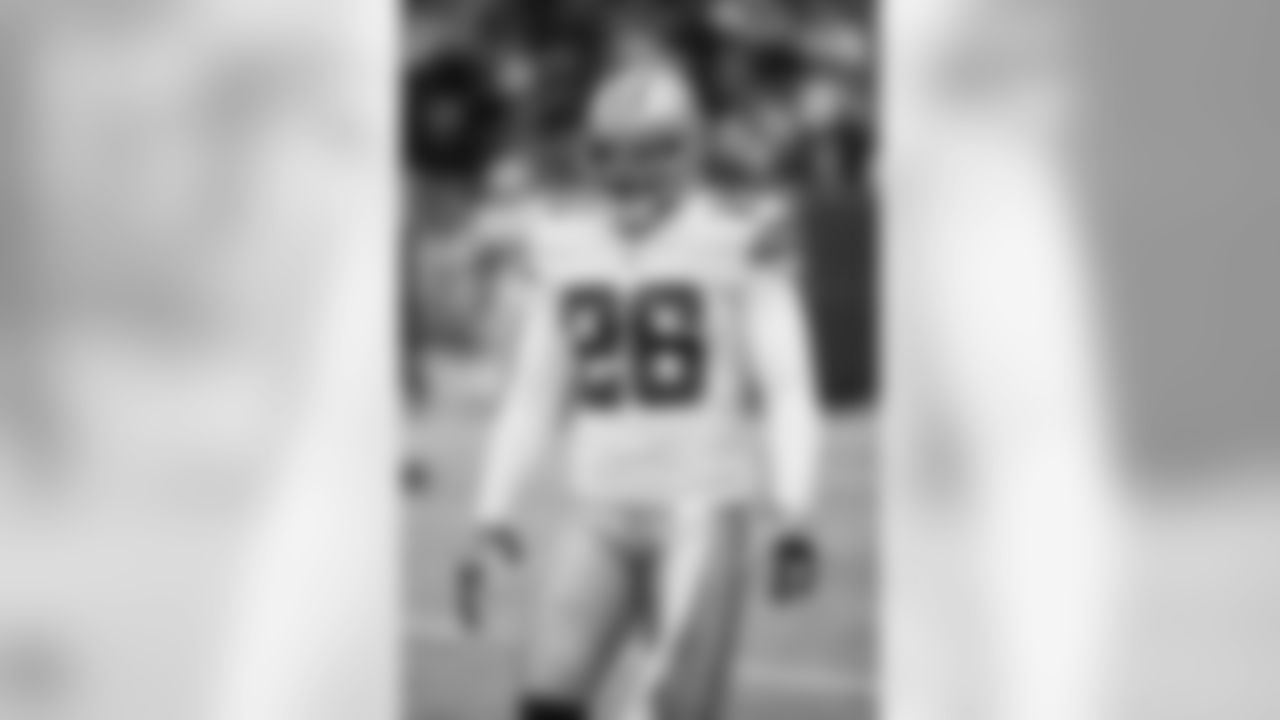
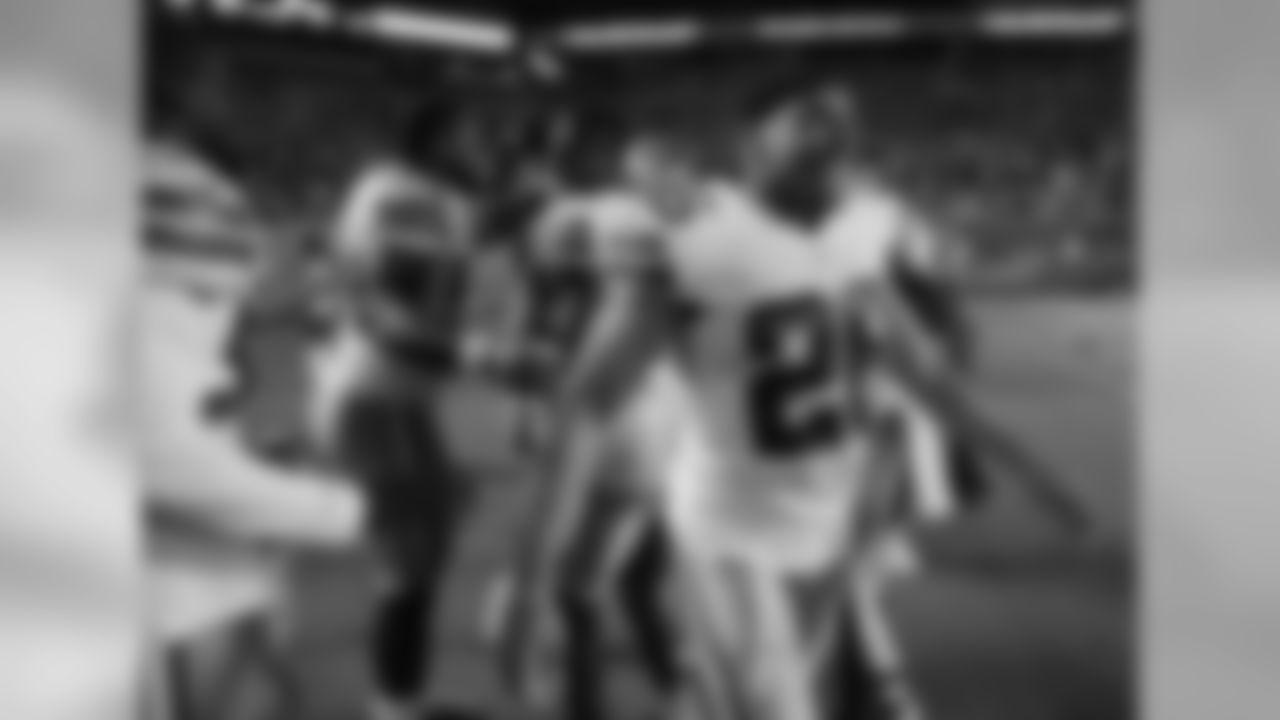
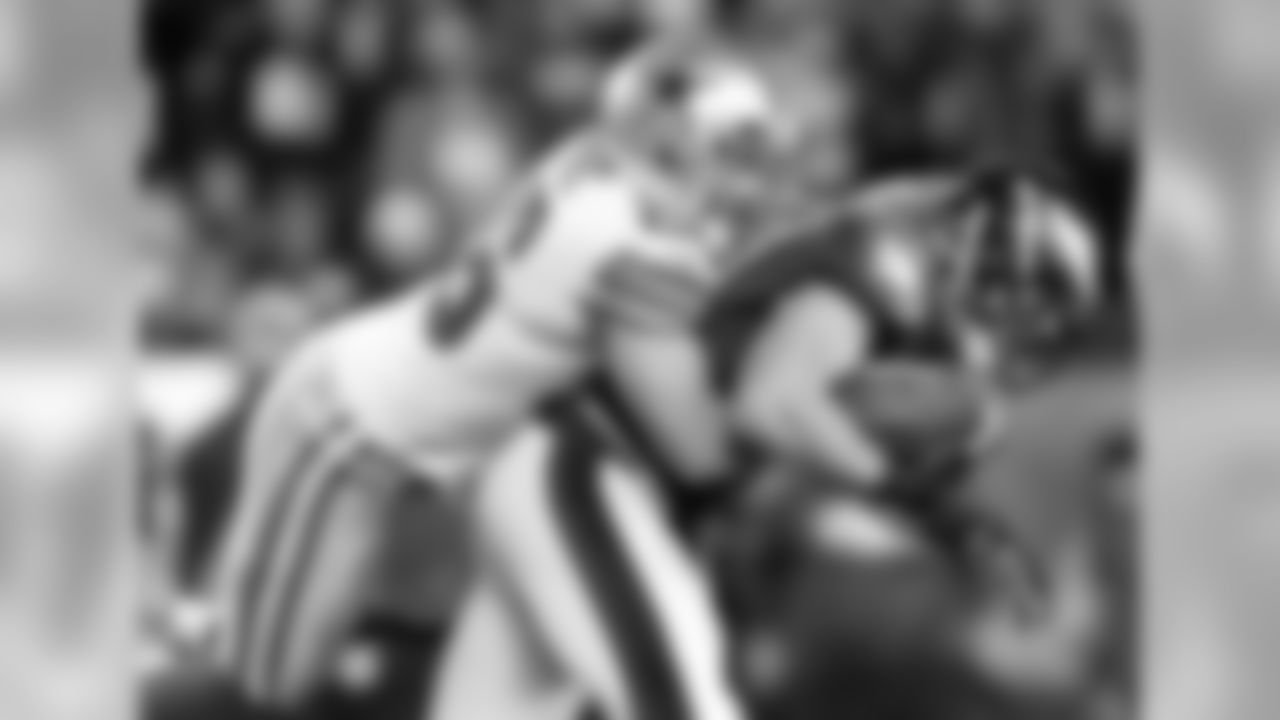
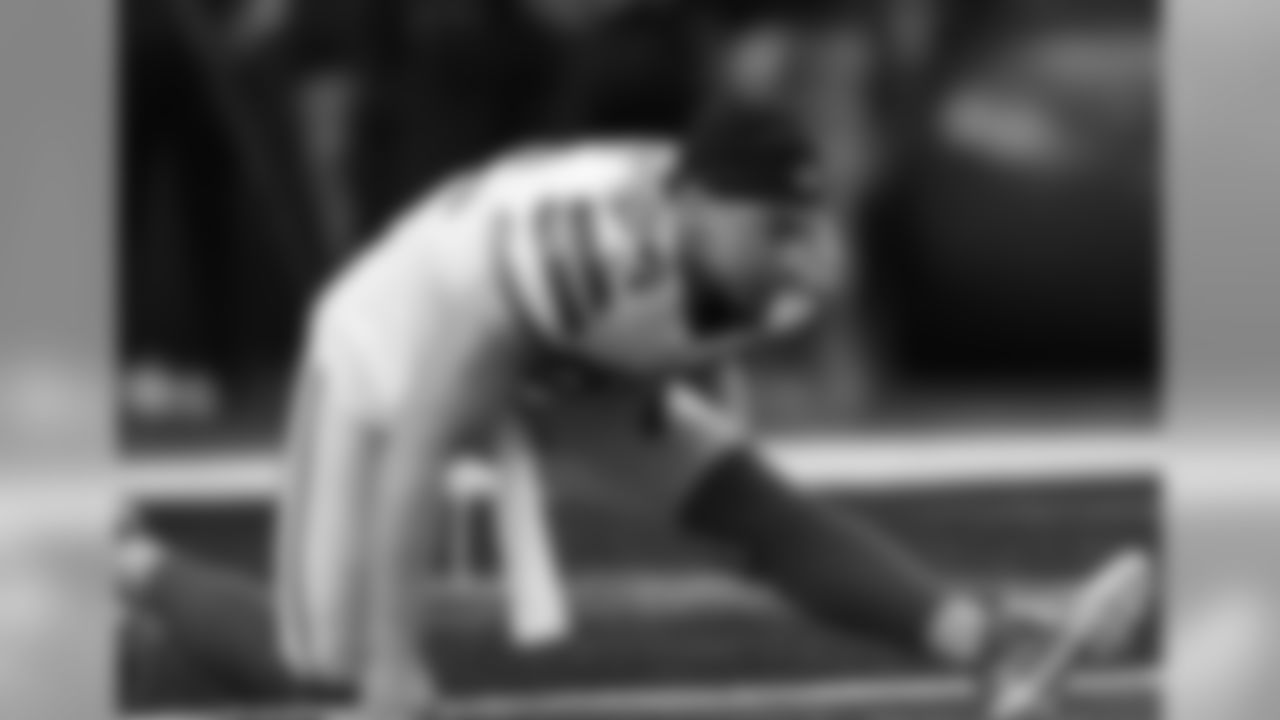
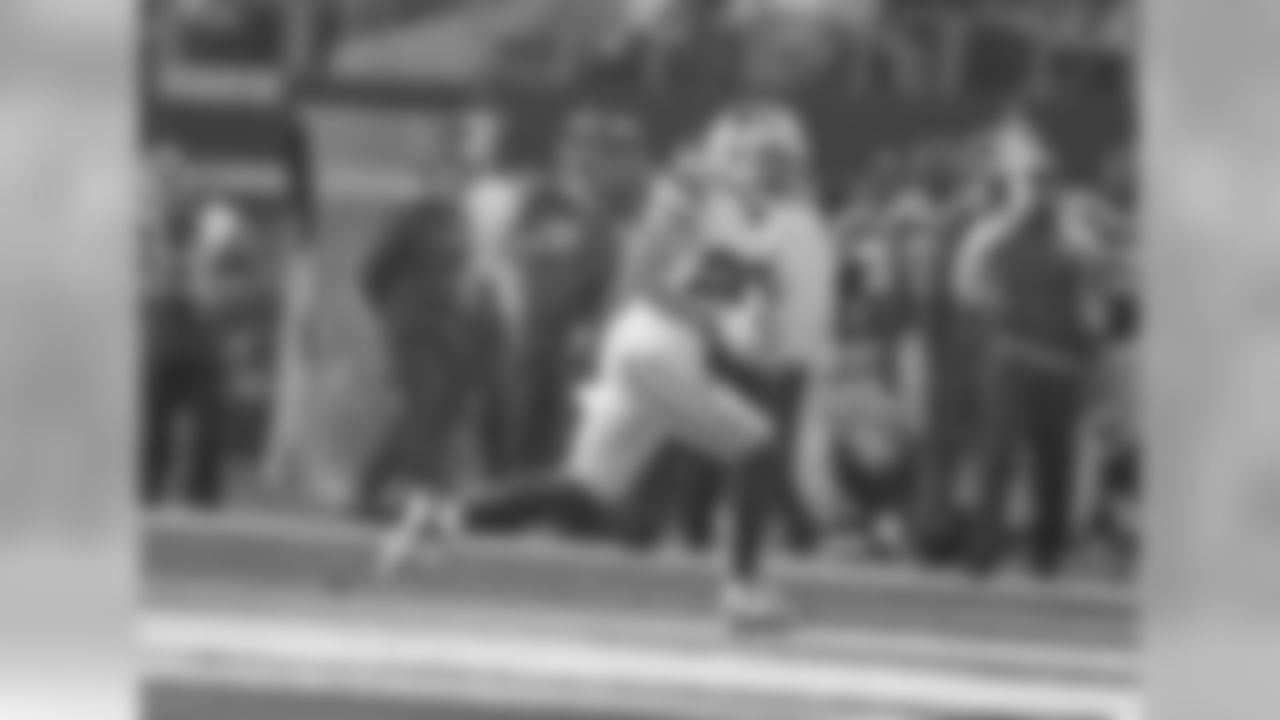

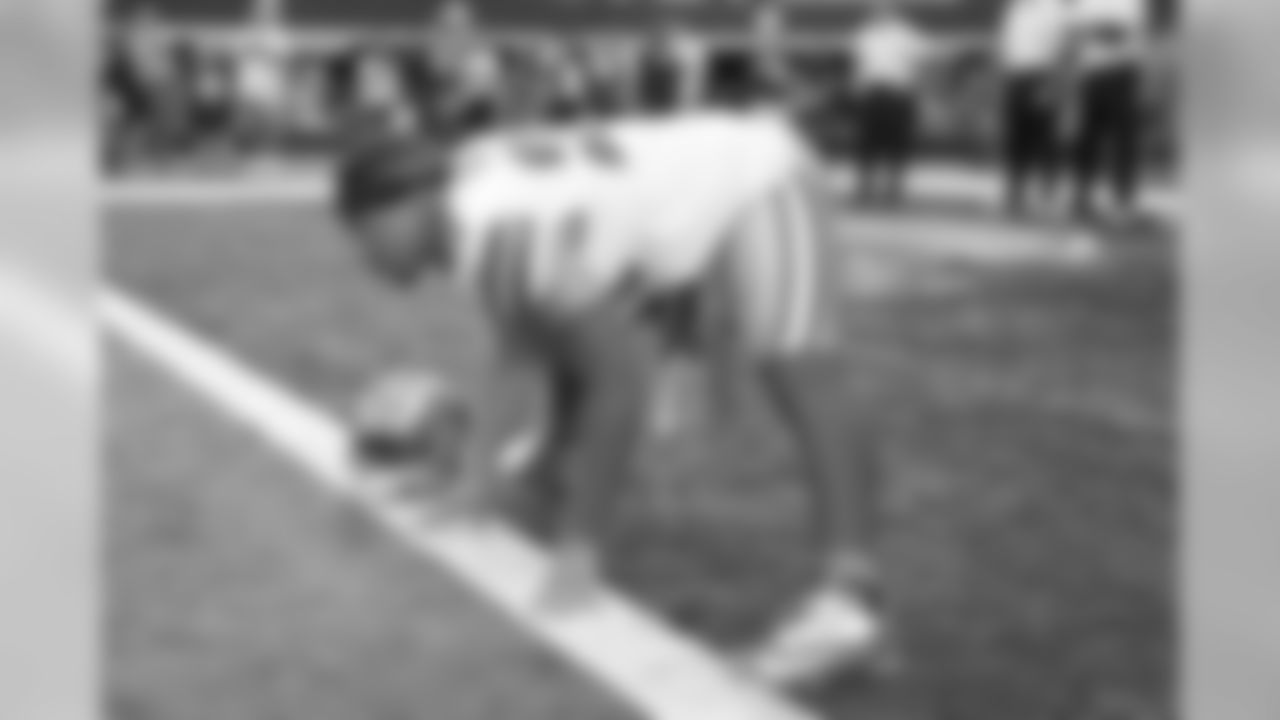


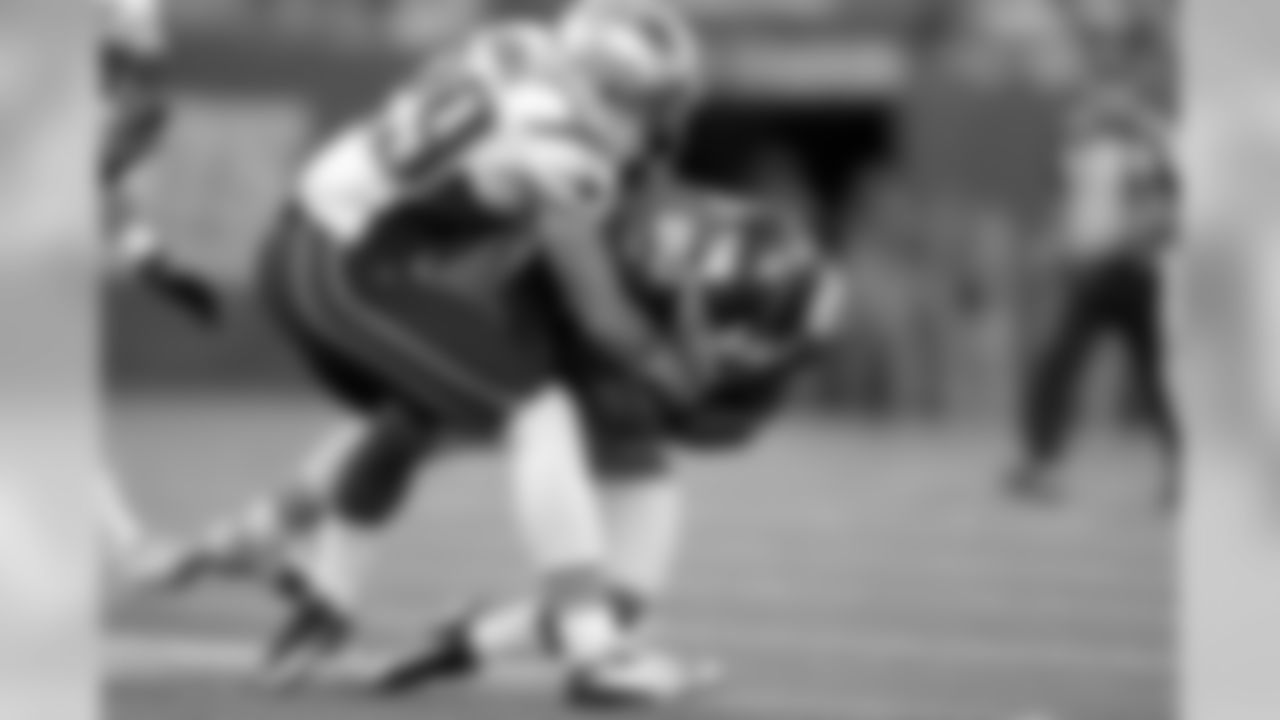
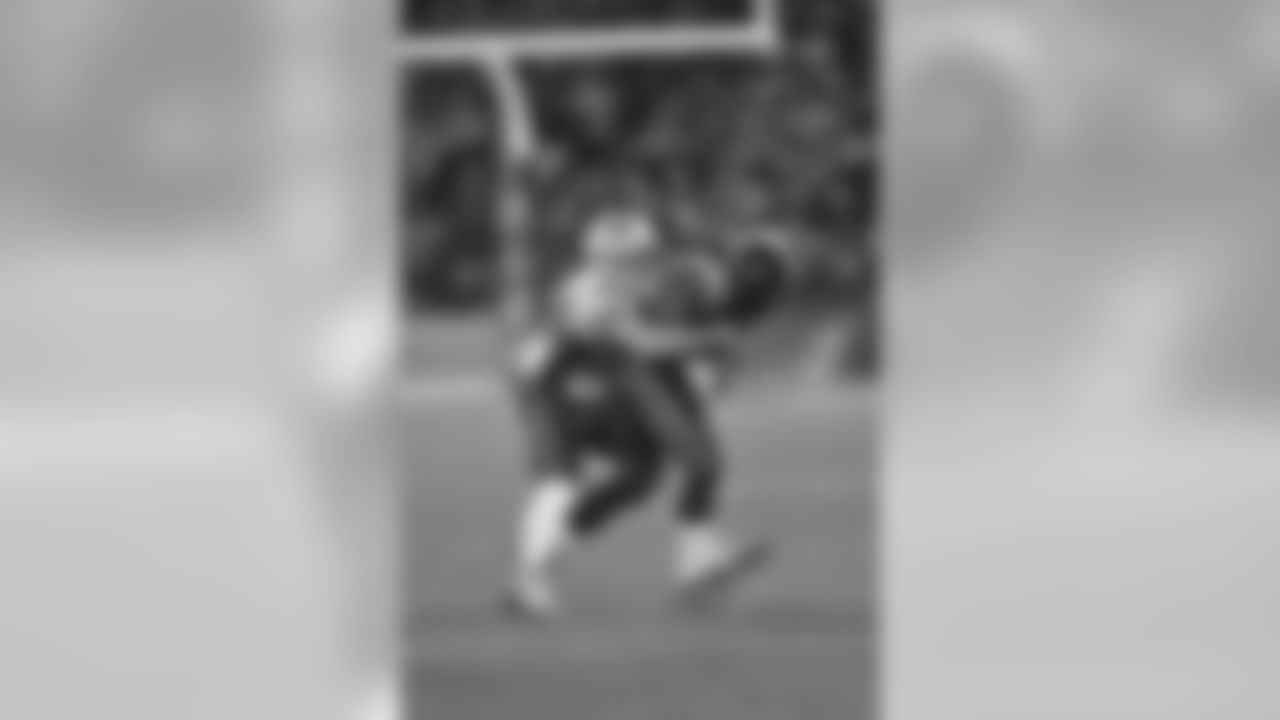
Even without any injuries, the Buccaneers would need at least four cornerbacks in which they have confidence on game days in order to fill out nickel and dime packages. If Jenkins and Moore can answer the above questions affirmatively, they would deepen the entire cornerback competition at One Buc Place along with Dixon, Leonard Johnson and the likes of Isaiah Frey, C.J. Wilson and Jocquel Skinner. One way or another, there are certain to be some new additions to that group either during the draft or in the hours afterward when teams are working the phone lines with the ranks of the undrafted.
Even without contact, there are certainly offseason drills that can demonstrate the quality of a cornerback's footwork and coverage skills, as well as his understanding of the Buccaneers' scheme. The more cornerbacks who can inspire confidence in the coaching staff before the start of training camp, the better. Depth is always an issue in the secondary, and the Buccaneers would like to feel good about theirs in 2015.
























